Forums
- Forums
- Axis And Allies Forum
- General Discussion
- Aviation News
Aviation News
Post a reply
- Go to Previous topic
- Go to Next topic
- Go to Welcome
- Go to Introduce Yourself
- Go to General Discussion
- Go to Screenshots, Images and Videos
- Go to Off topic
- Go to Works in Progress
- Go to Skinning Tips / Tutorials
- Go to Skin Requests
- Go to IJAAF Library
- Go to Luftwaffe Library
- Go to RAF Library
- Go to USAAF / USN Library
- Go to Misc Library
- Go to The Ops Room
- Go to Made in Germany
- Go to Campaigns and Missions
- Go to Works in Progress
- Go to Juri's Air-Raid Shelter
- Go to Campaigns and Missions
- Go to Works in Progress
- Go to Skinpacks
- Go to External Projects Discussion
- Go to Books & Resources
-
 Main AdminA U.S. Air Force F-15 Eagle assigned to the 142nd Fighter Wing, Oregon Air National Guard, lands at Kingsley Field during the Sentry Eagle exercise July 22, 2017, in Klamath Falls, Ore. Sentry Eagle is a four day large force exercise that is hosted by the 173rd Fighter Wing. The exercise brings together different aircraft and units from around the country for dissimilar air combat training. (U.S. Air National Guard photo by Staff Sgt. Riley Johnson)
Main AdminA U.S. Air Force F-15 Eagle assigned to the 142nd Fighter Wing, Oregon Air National Guard, lands at Kingsley Field during the Sentry Eagle exercise July 22, 2017, in Klamath Falls, Ore. Sentry Eagle is a four day large force exercise that is hosted by the 173rd Fighter Wing. The exercise brings together different aircraft and units from around the country for dissimilar air combat training. (U.S. Air National Guard photo by Staff Sgt. Riley Johnson)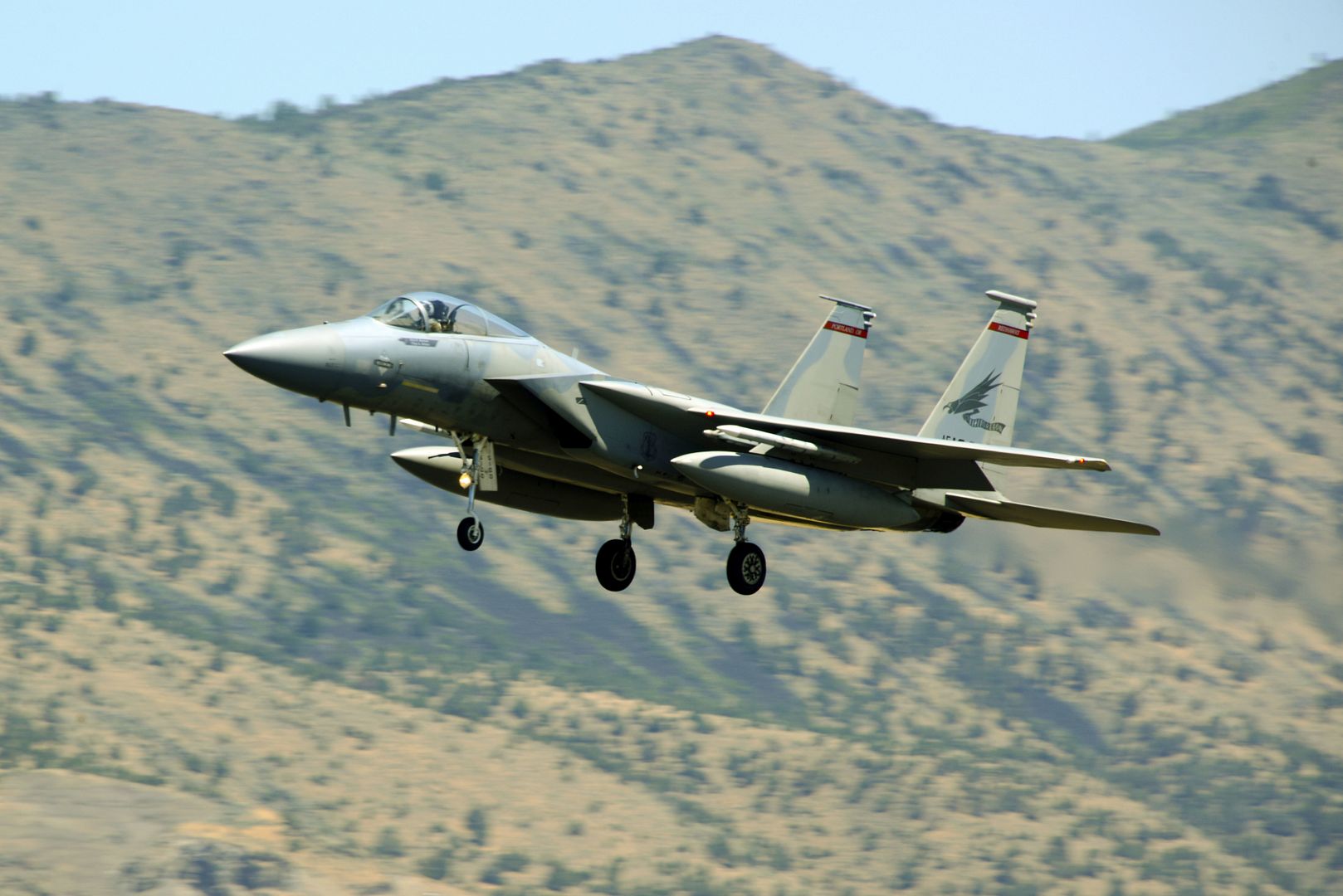
Airmen from Tyndall Air Force Base ready a 95th Fighter Squadron, Tyndall Air Force Base, Fla., F-22 Raptor for the day?s flying mission at Nellis Air Force Base, Nev., July 20, 2017. Raptors from Tyndall took part in the full-spectrum air combat exercise, Red Flag 17-3. This exercise allowed for both 5th generation and legacy aircraft to work and train together on missions, just as they would in a deployed environment. (U.S. Air Force photo by Senior Airman Cody R. Miller/Released)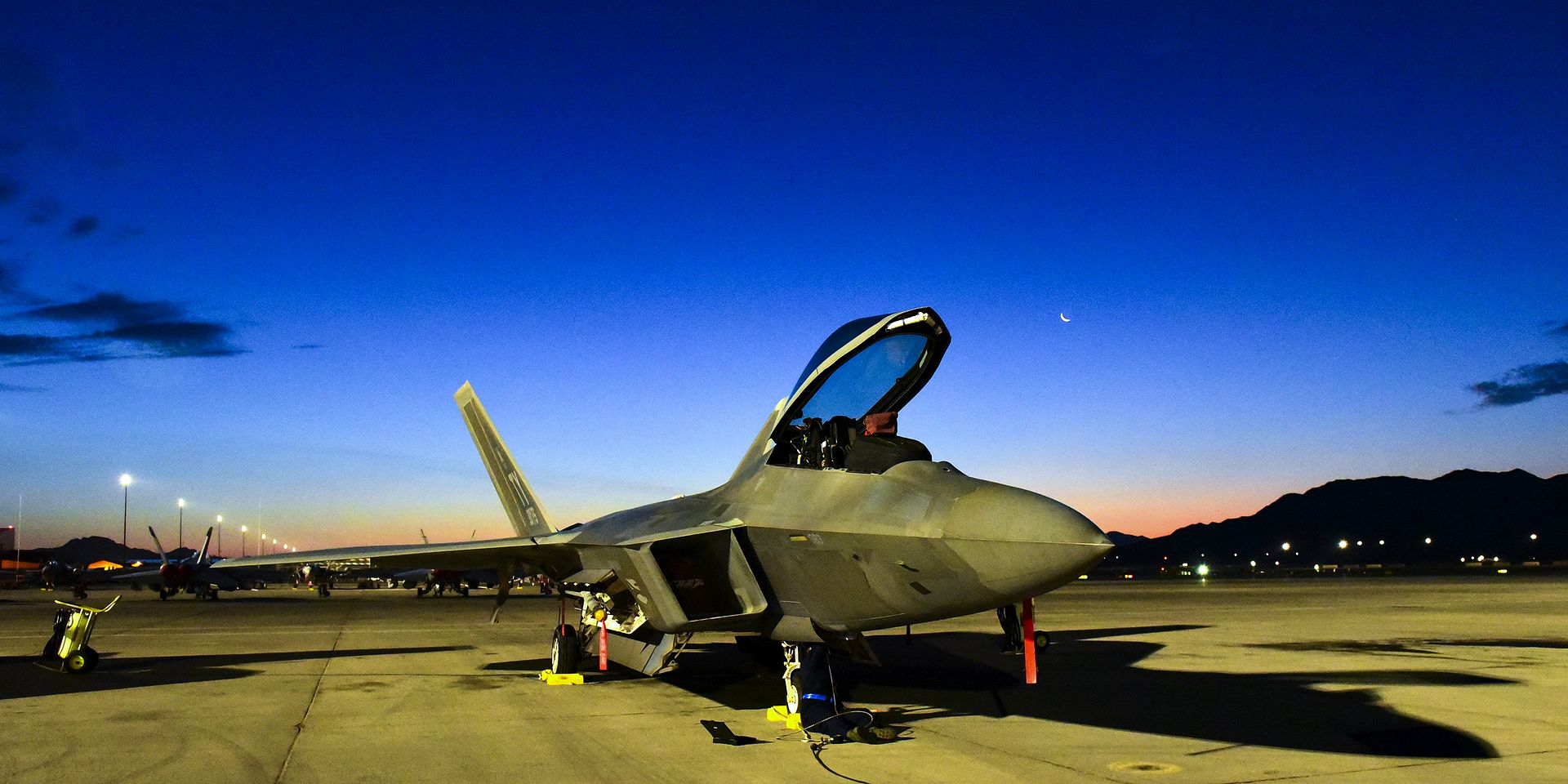
An F-22 Raptor with the 95th Fighter Squadron, Tyndall Air Force Base, Fla., is prepped for the day ahead during sunrise at Nellis Air Force Base, Nev., July 20, 2017. Raptors from Tyndall took part in the full-spectrum air combat exercise, Red Flag 17-3. This exercise allowed for more advanced integration and coordination between several Air Force, Navy and Marine units with a broad array of skillsets. (U.S. Air Force photo by Senior Airman Cody R. Miller/Released)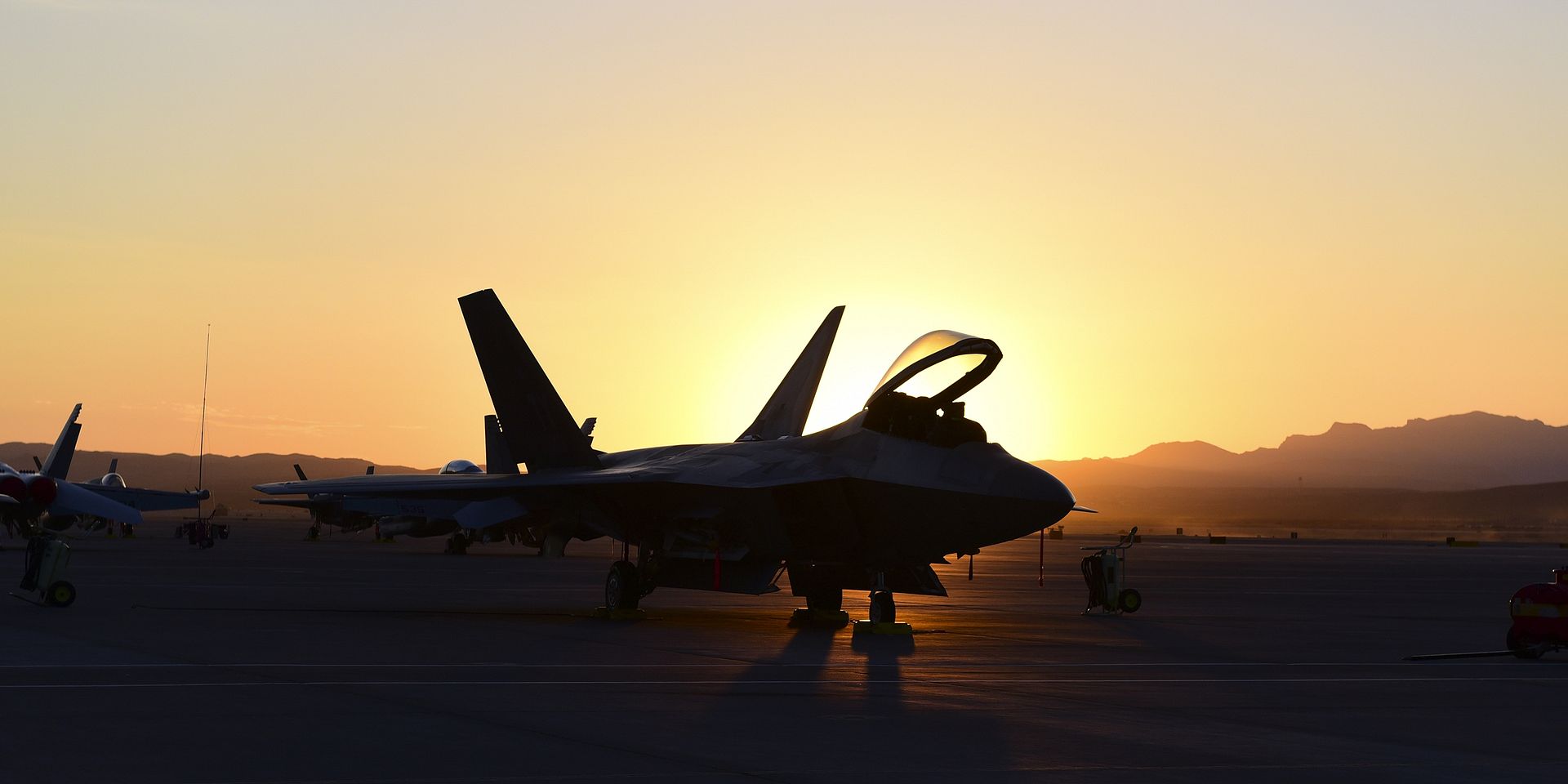
CORAL SEA (July 23, 2017) An AH-1Z Viper, assigned to the ?Dragons? of Marine Medium Tiltrotor Squadron (VMM) 265 (Reinforced), 31st Marine Expeditionary Unit (MEU), lands on the flight deck of the amphibious assault ship USS Bonhomme Richard (LHD 6) during Talisman Saber 17. Talisman Saber is a biennial U.S.-Australia bilateral exercise held off the coast of Australia meant to achieve interoperability and strengthen the U.S.-Australia alliance. (U.S. Navy photo by Mass Communication Specialist 3rd Class Zachary DiPadova/Released)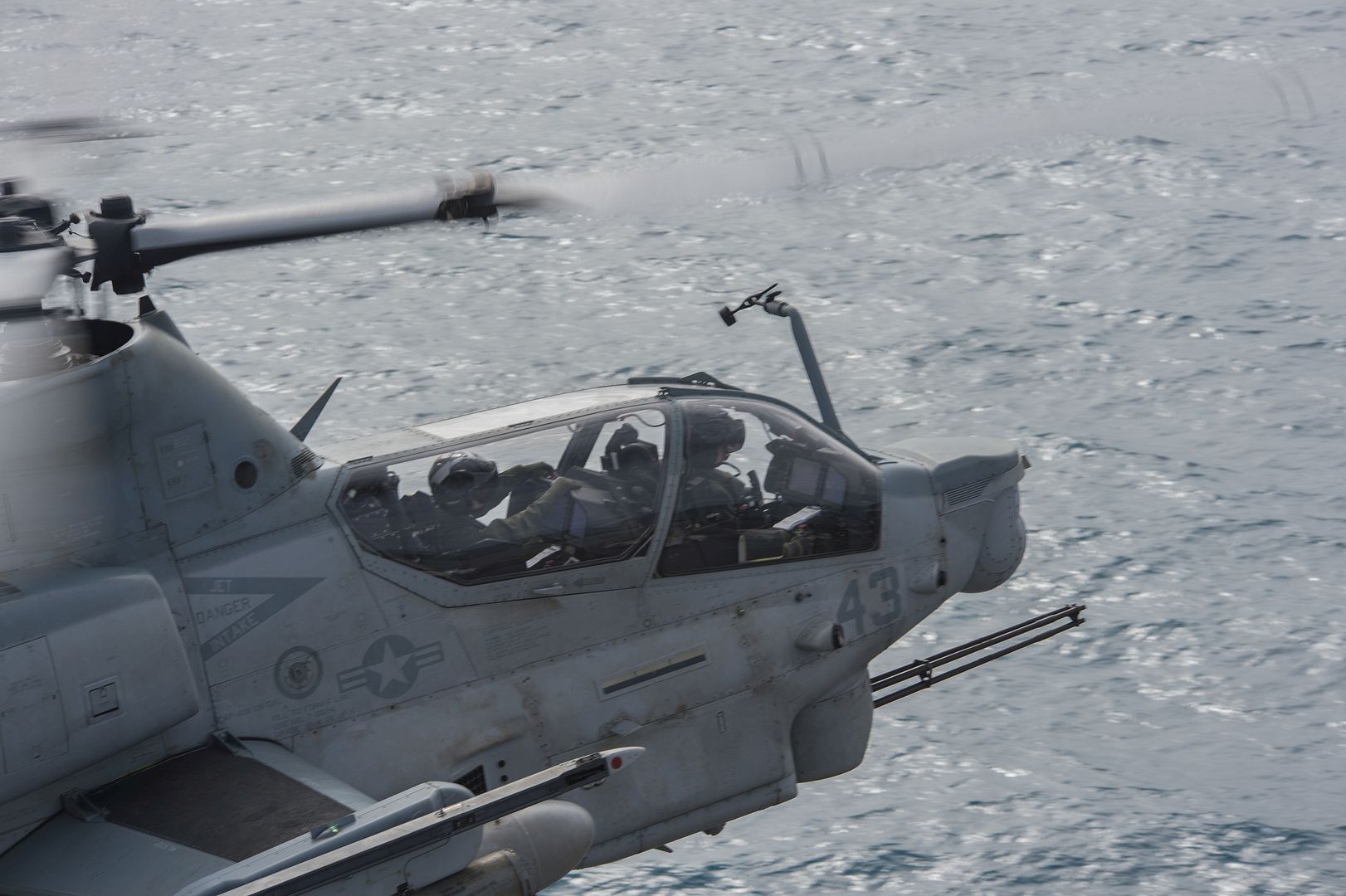
EDWARDS AIR FORCE BASE, Calif. --
An important part of U.S. military operations overseas is communicating with the local population. This can be done in a number of ways including something as simple as distributing leaflets.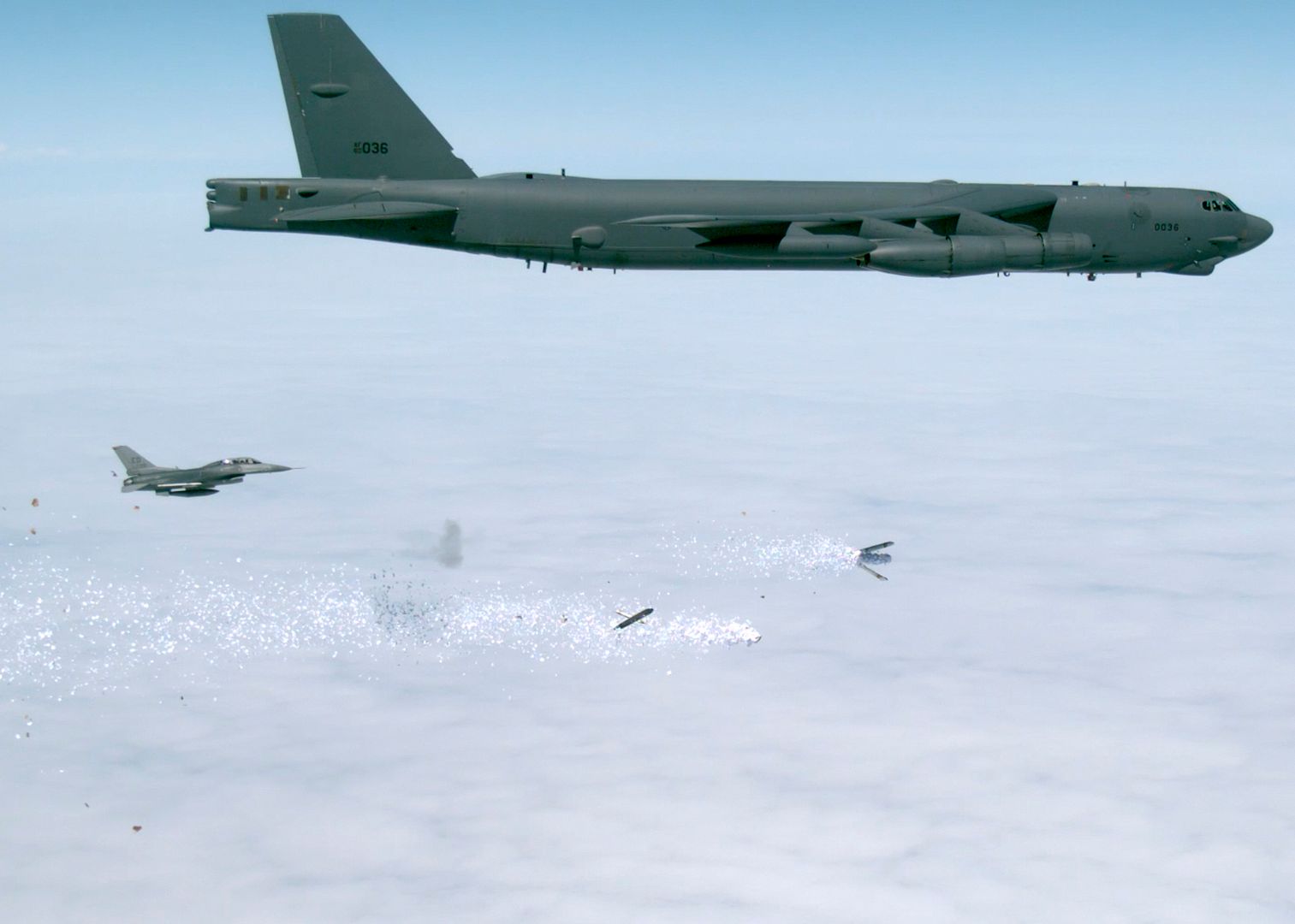
In psychological operations, leaflets with messages are often dropped from aircraft in order to reach a wide area.
Testers from the 419th Flight Test Squadron are looking to see if B-52 Stratofortress bombers can accomplish this task.
The squadron recently completed two successful sorties where a B-52 released eight PDU-5/B leaflet bombs over the Point Mugu Sea Test Range and eight more over the Precision Impact Range Area on Edwards.
?We are primarily looking to see safe separation from the external Heavy Stores Adapter Beam,? said Kevin Thorn, 419th FLTS B-52 air vehicle manager. ?We are ensuring that the bombs do not contact the aircraft, and/or each other, creating an unsafe condition. Additionally we are tracking the reliability of the bomb functioning.?
The PDU-5/B is a new-use or variant of an older Cluster Bomb Unit. The original designation for the weapon was the MK 20 Rockeye II, SUU-76B/B, and/or CBU-99/100. The designator changes depending on the type of filler used in the bomb, said Thorn. Having leaflets as a filler designates the bomb as a PDU-5/B.
According to the Air Force, PDU-5/B canisters can deliver about 60,000 leaflets and were deployed in Operation Iraqi Freedom before any Air Force munitions began hitting targets in Baghdad, Iraq.
The dispenser bomb can be dropped from helicopters and fighter jets, and now the 419th is trying to see if the B-52 fleet can be used as well.
?The PDU-5/B is just another tool that the B-52 uses in its vast and reliable tool box,? said Earl Johnson, B-52 PDU-5/B project manager. ?Without the capability to carry PDU-5s on the B-52 aircraft, the impending shortfall on leaflet dispersal capability will jeopardize Air Force Central Command information operations.?
Johnson said testing the PDU-5/B on the B-52 is complete for now. The program is forecasted to return at a future date to test PDU-5/B releases from the B-52?s internal weapons bay.
When China Airlines received its seventh A350 XWB today, the carrier took possession of the 100th jetliner delivered from this newest family in Airbus? industry-leading widebody product line.
The milestone aircraft is an A350-900 version, joining China Airlines? growing A350 XWB fleet ? adding to the line-up of widebody A330s and A340s flown by the long-time Airbus customer, which is based in Taiwan.
Having now received half of its 14 A350-900s on order, China Airlines is benefitting from the A350 XWB?s maturity and flexibility on both regional and long-haul services ? including the Taipei-San Francisco route.
Shaping the future of air travel, the A350 XWB is the world?s most modern aircraft family, offering true long-range capability, unrivalled operational efficiency and an exclusive passenger experience. To date, more than 13 million passengers have benefitted from the A350 XWB?s on-board comfort in the quietest twin-aisle jetliner today, while also enjoying the spaciousness of its ?Airspace by Airbus? cabin.
This 100th A350-900 delivery, the 36th so far in 2017, took place some 30 months after first delivery. Not only does this demonstrate a solid production ramp-up, it is the fastest widebody production ramp-up for Airbus ? on track to reach rate 10 aircraft per month by the end of 2018.
The A350 XWB is Airbus? all-new mid-size long-range aircraft family. Currently in service with 14 operators worldwide, A350 XWBs are being flown on more than 110 routes around the globe, with an operational reliability of 99%.
As of the end of June, Airbus? A350 XWB family had logged 847 firm orders from 45 customers.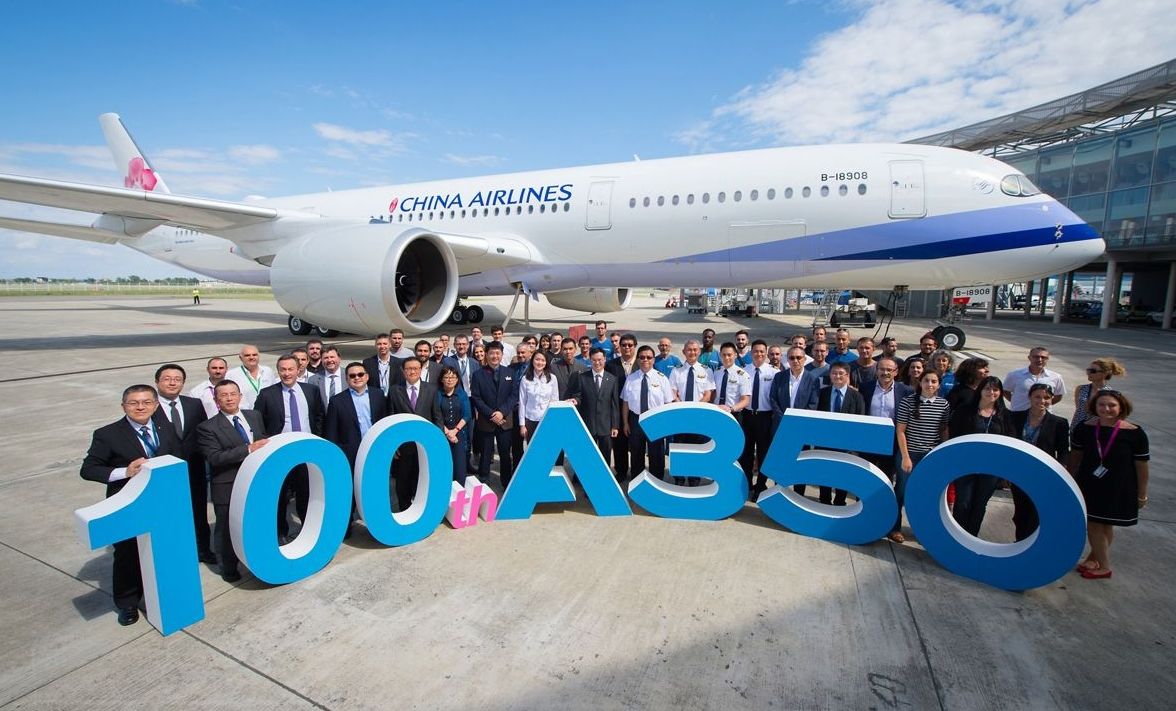
-
 Main AdminA Four-Ship formation of F-16 Fighting Falcons fly over Shaw Air Force Base, S.C., 21 July, 2017, as part of a commemoration of the hundredth anniversary of the 55th Fighter Squadrons activation. The formation consisted of the wing flagship aircraft from the 55th, 77th, and 79th fighter squadrons all stationed at Shaw AFB. (U.S. Air Force Photo's by Tech. Sgt. Gregory Brook)
Main AdminA Four-Ship formation of F-16 Fighting Falcons fly over Shaw Air Force Base, S.C., 21 July, 2017, as part of a commemoration of the hundredth anniversary of the 55th Fighter Squadrons activation. The formation consisted of the wing flagship aircraft from the 55th, 77th, and 79th fighter squadrons all stationed at Shaw AFB. (U.S. Air Force Photo's by Tech. Sgt. Gregory Brook)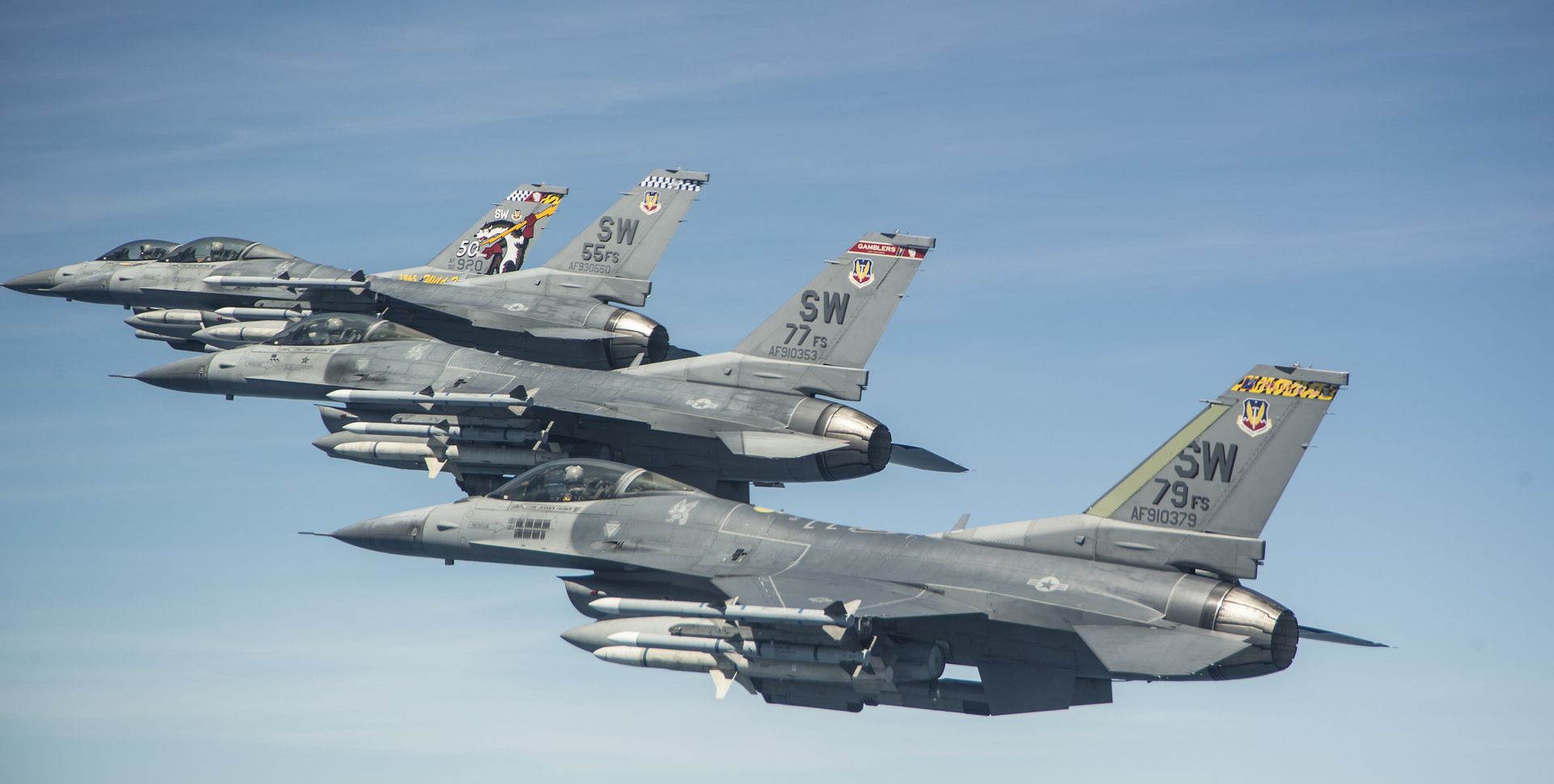
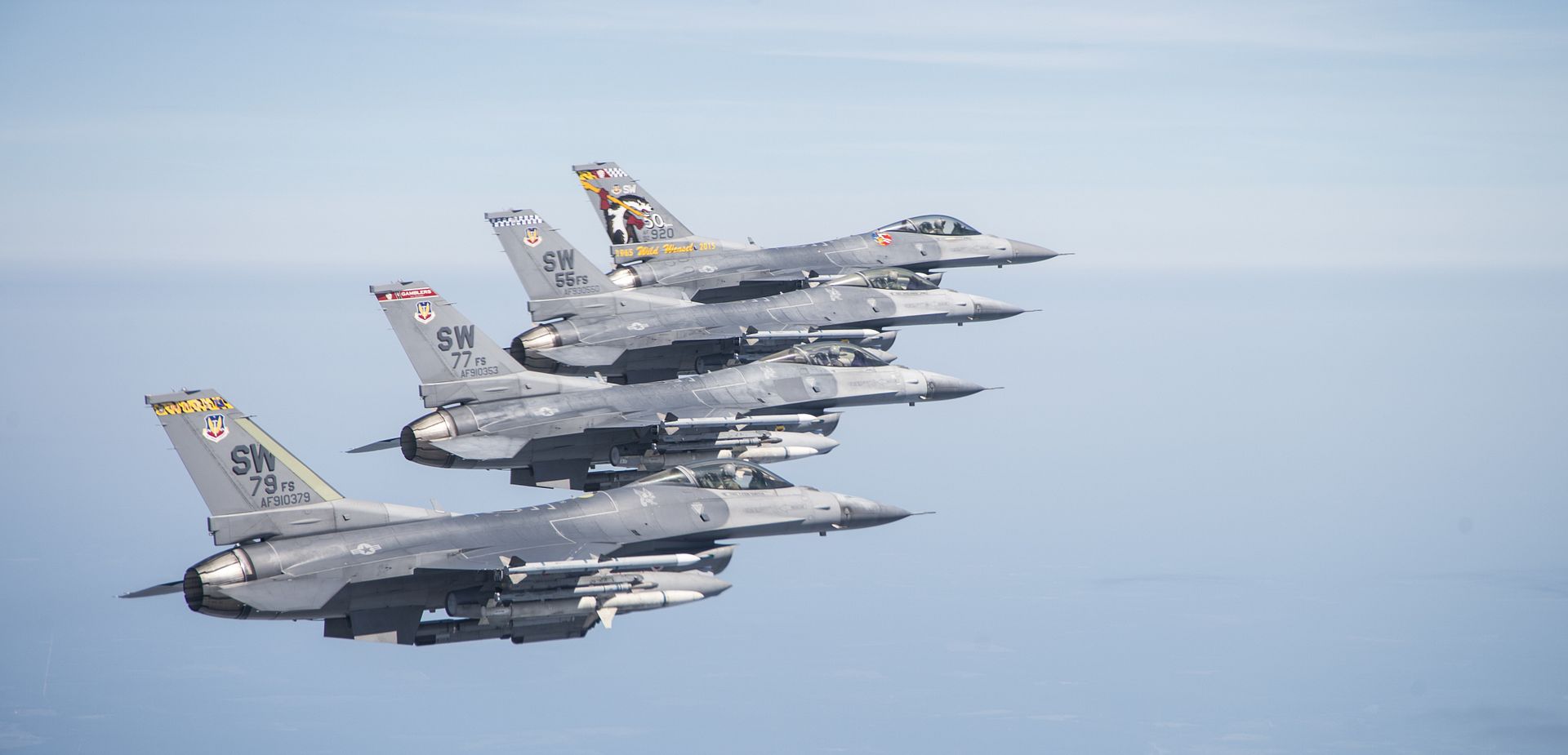
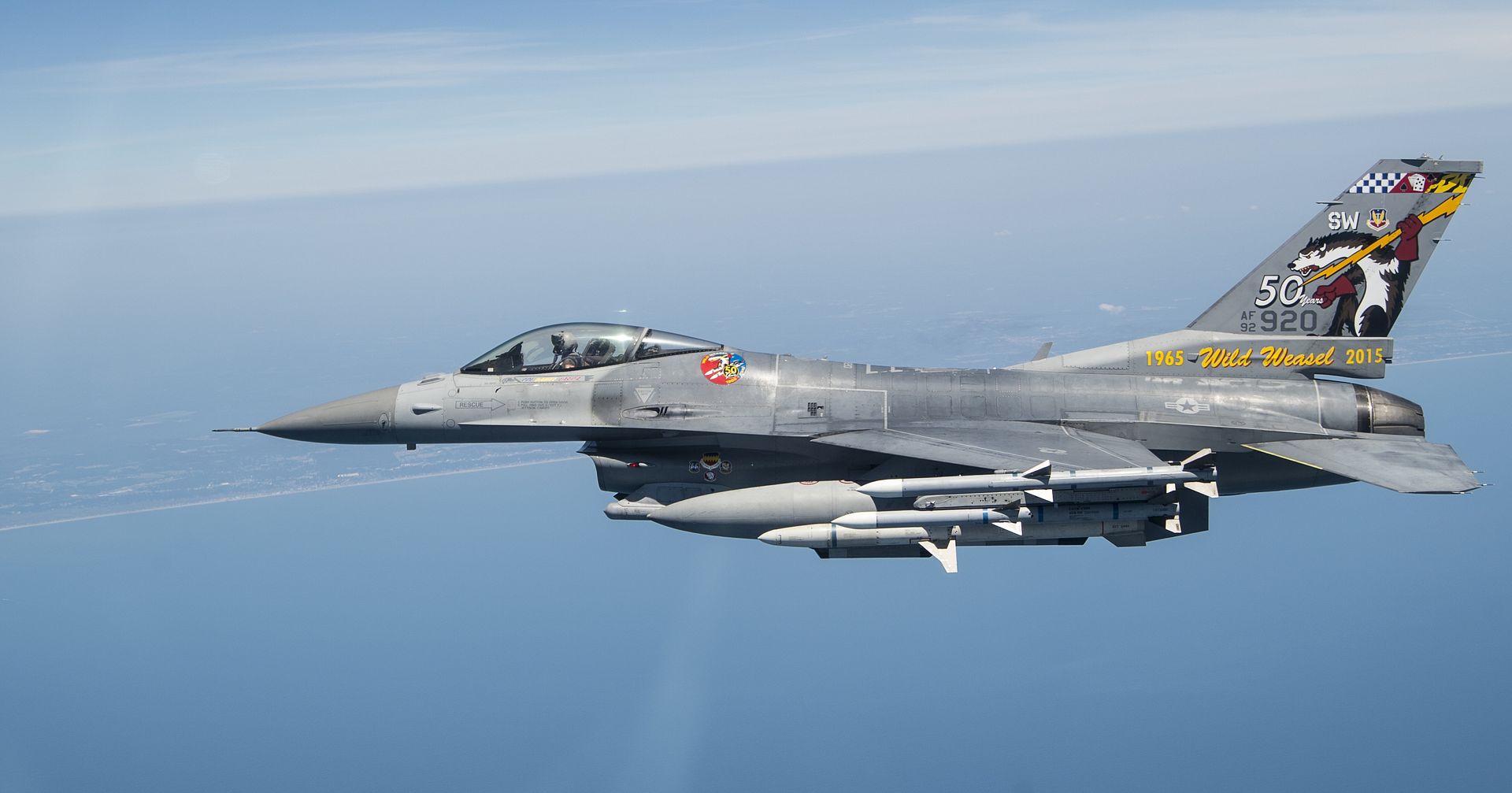
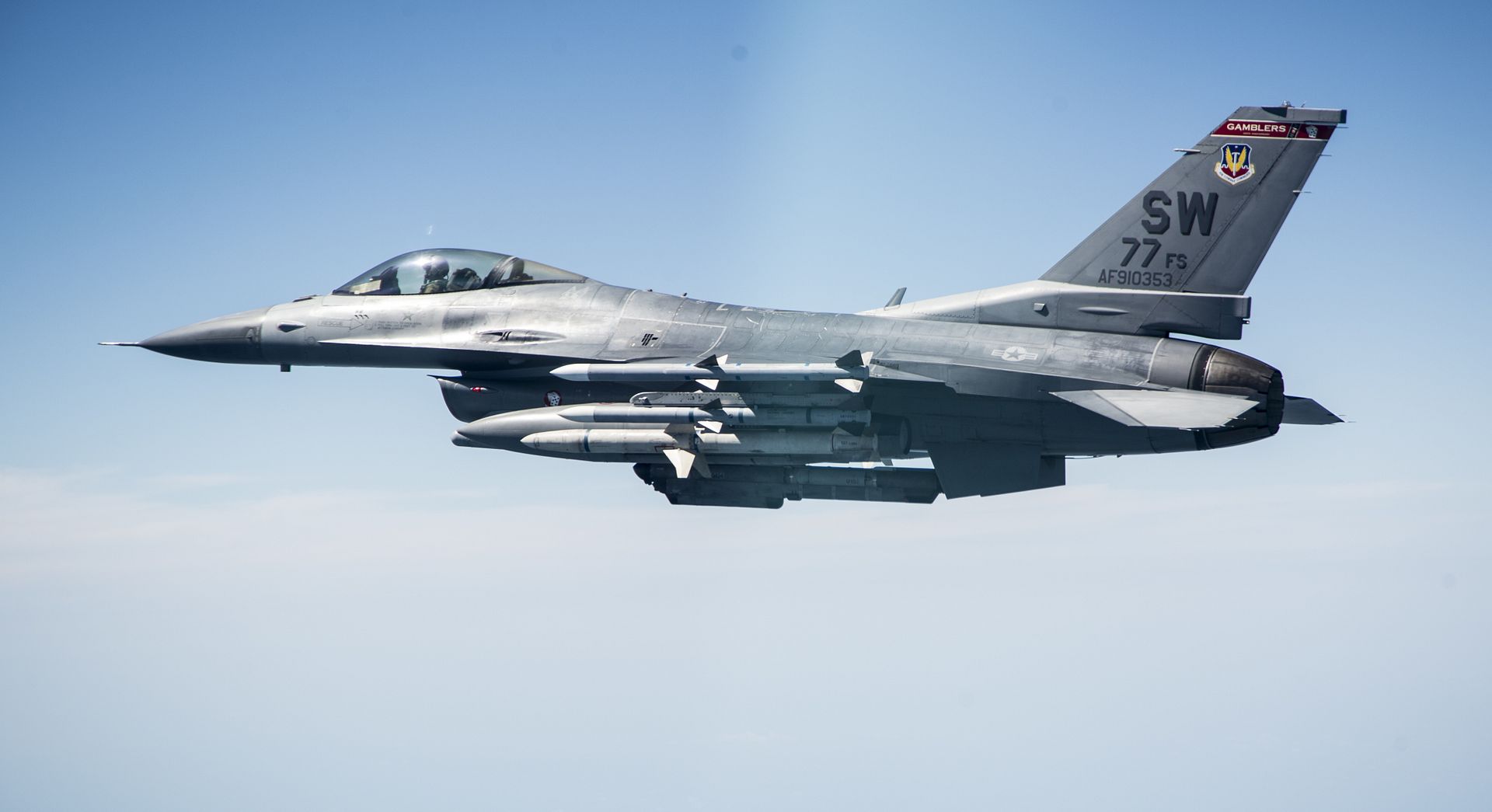

MEDITERRANEAN SEA (July 20, 2017) An EA-18G Growler attached to the "Lancers" of Electronic Attack Squadron (VAQ) 131 launches from the aircraft carrier USS George H.W. Bush (CVN 77). The ship and its carrier strike group are conducting naval operations in the U.S. 6th Fleet area of operations in support of U.S. national security interests in Europe and Africa. (U.S. Navy photo by Mass Communication Specialist 3rd Class Matt Matlage/Released)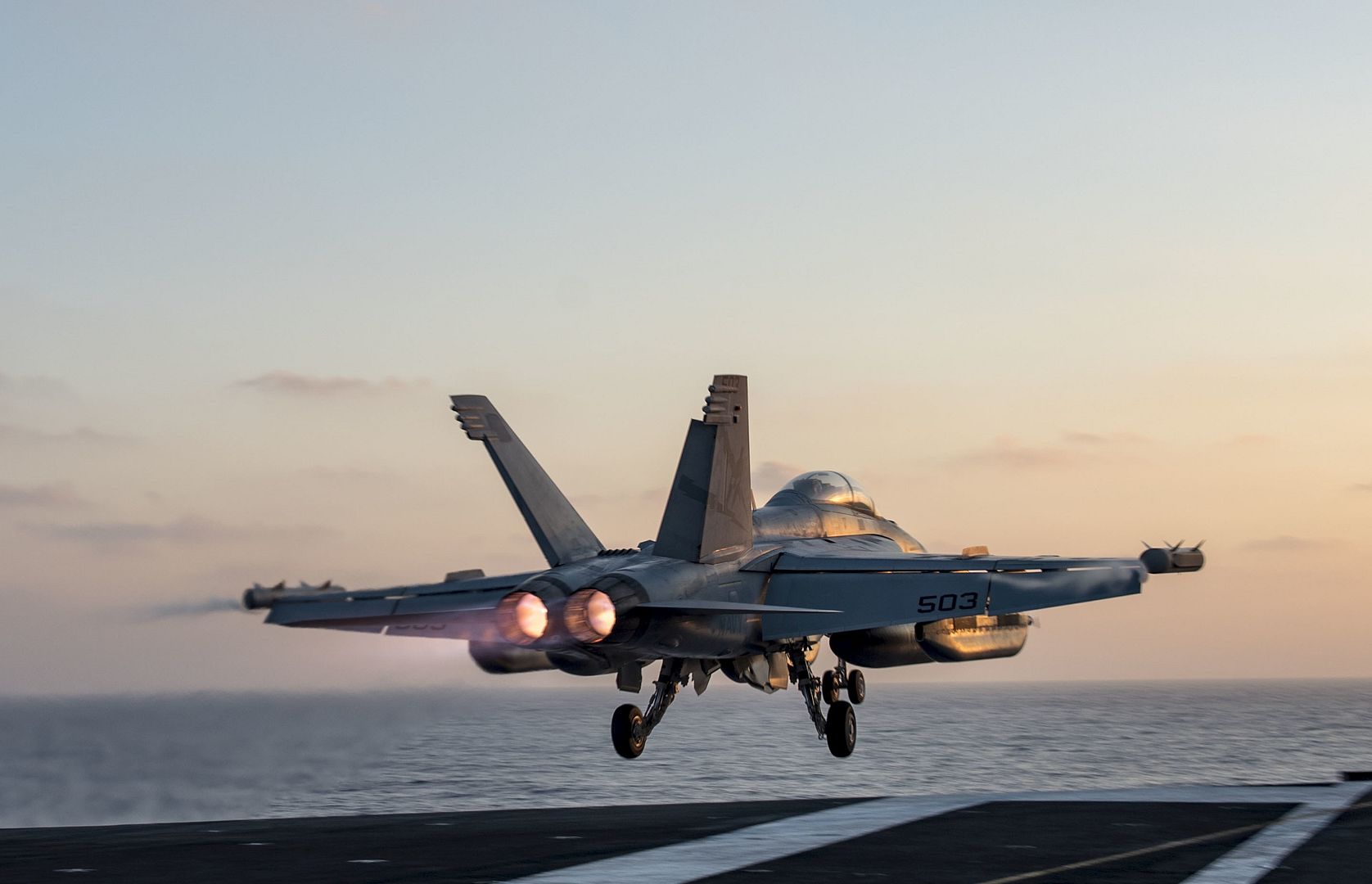
-
 Main AdminATLANTIC OCEAN (July 24, 2017) An F/A-18E Super Hornet assigned to the Gladiators of Strike Fighter Squadron (VFA) 106 launches from the flight deck aboard the aircraft carrier USS Dwight D. Eisenhower (CVN 69)(Ike). Ike is currently conducting carrier qualifications during the maintenance phase of the Optimized Fleet Response Plan (OFRP). (U.S. Navy photo by Mass Communication Specialist 3rd Class Nathan T. Beard)
Main AdminATLANTIC OCEAN (July 24, 2017) An F/A-18E Super Hornet assigned to the Gladiators of Strike Fighter Squadron (VFA) 106 launches from the flight deck aboard the aircraft carrier USS Dwight D. Eisenhower (CVN 69)(Ike). Ike is currently conducting carrier qualifications during the maintenance phase of the Optimized Fleet Response Plan (OFRP). (U.S. Navy photo by Mass Communication Specialist 3rd Class Nathan T. Beard)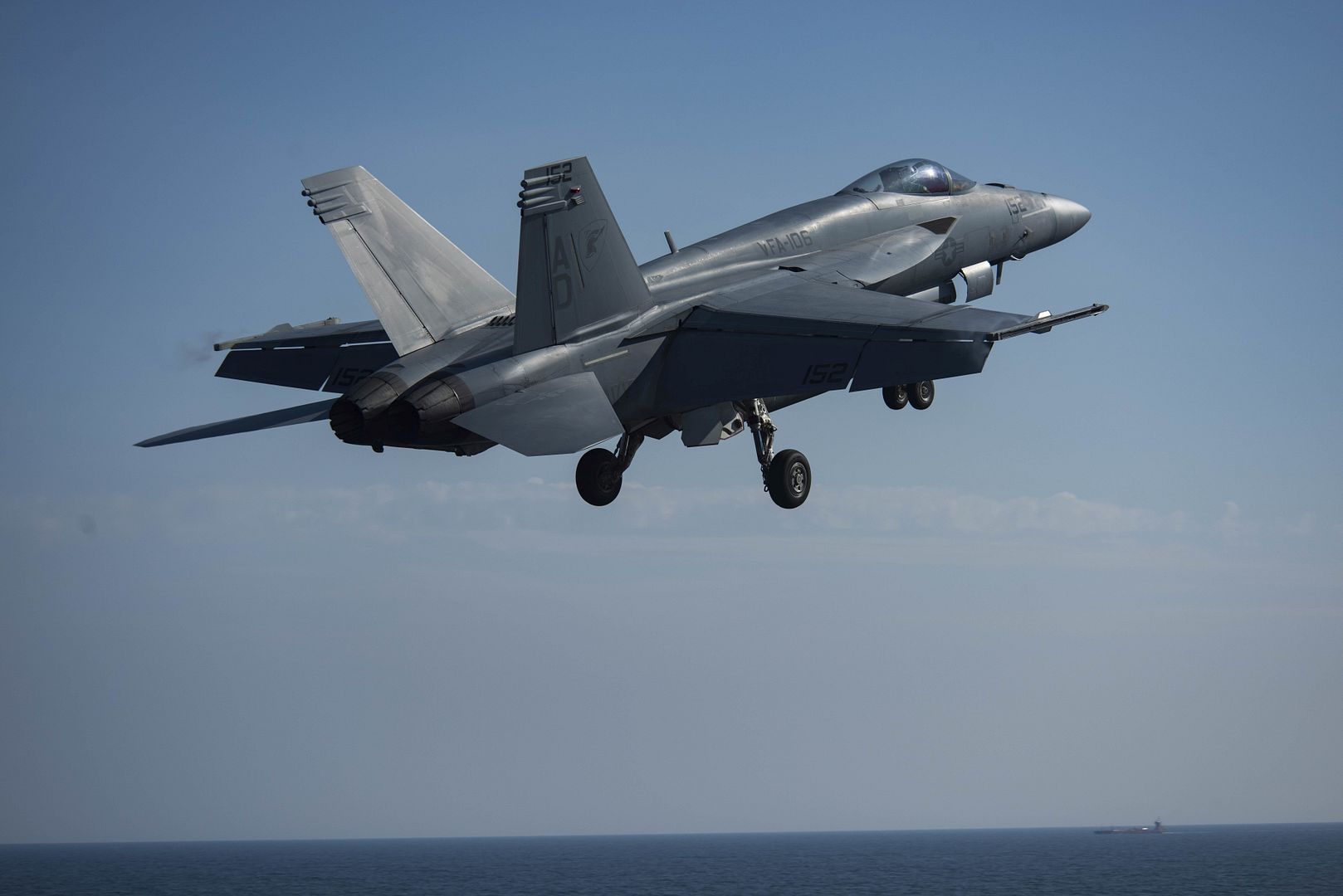
ATLANTIC OCEAN (July 24, 2017) An F/A-18E Super Hornet assigned to the Gladiators of Strike Fighter Squadron (VFA) 106 makes an arrested landing on the flight deck aboard the aircraft carrier USS Dwight D. Eisenhower (CVN 69)(Ike). Ike is currently conducting carrier qualifications during the maintenance phase of the Optimized Fleet Response Plan (OFRP). (U.S. Navy photo by Mass Communication Specialist 3rd Class Nathan T. Beard)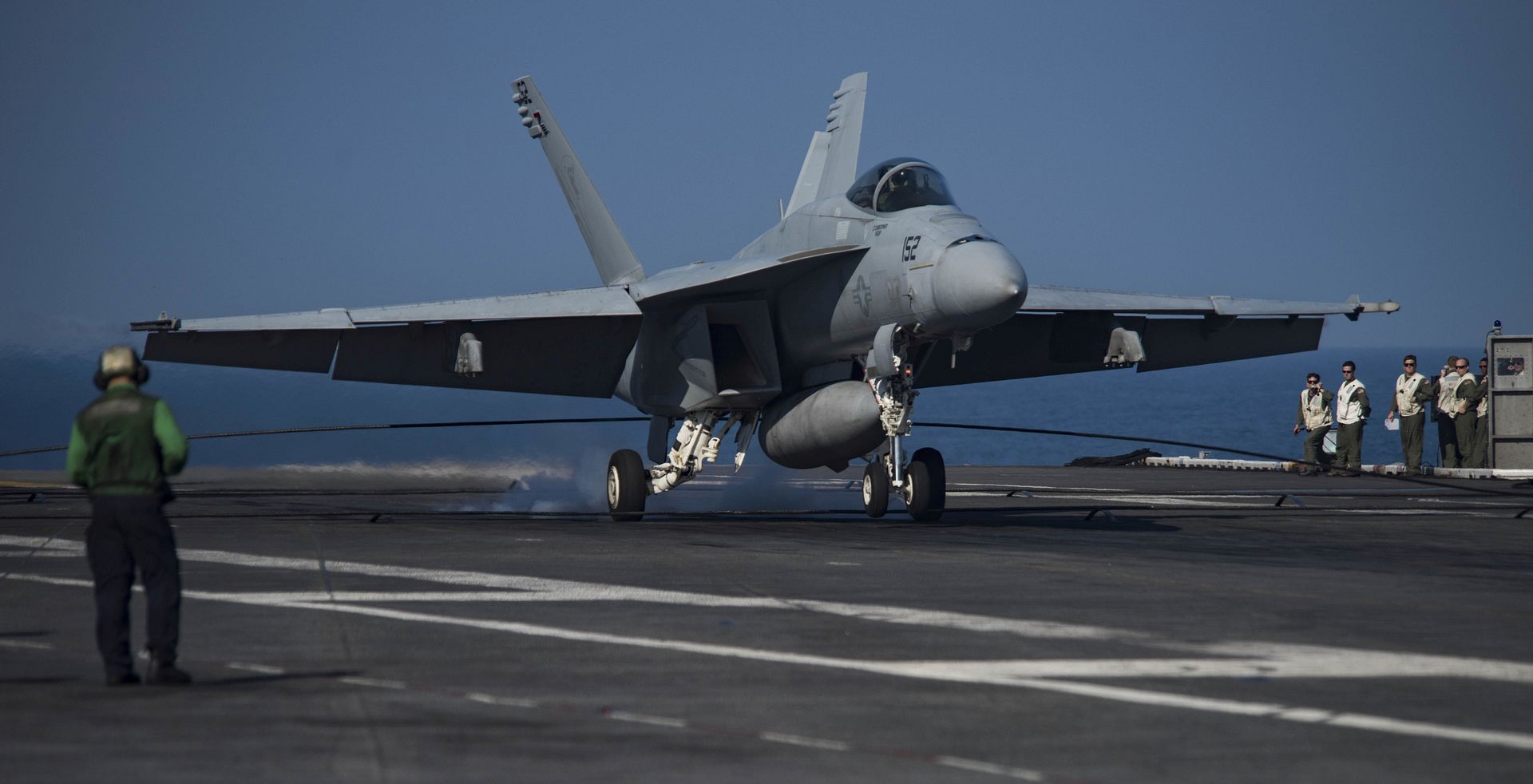
A Peach Aviation Airbus A320 passenger plane receives fuel from the 18th Logistics Readiness Squadron fuels management flight July 26, 2017, at Kadena Air Base, Japan. Shogun Airmen supported and serviced the diverted A320 and another 11 Japanese civil and military aircraft due to a runway closure at Naha Airport involving aircraft malfunction. (U.S. Air Force photo by Master Sgt. Dustin Troyer)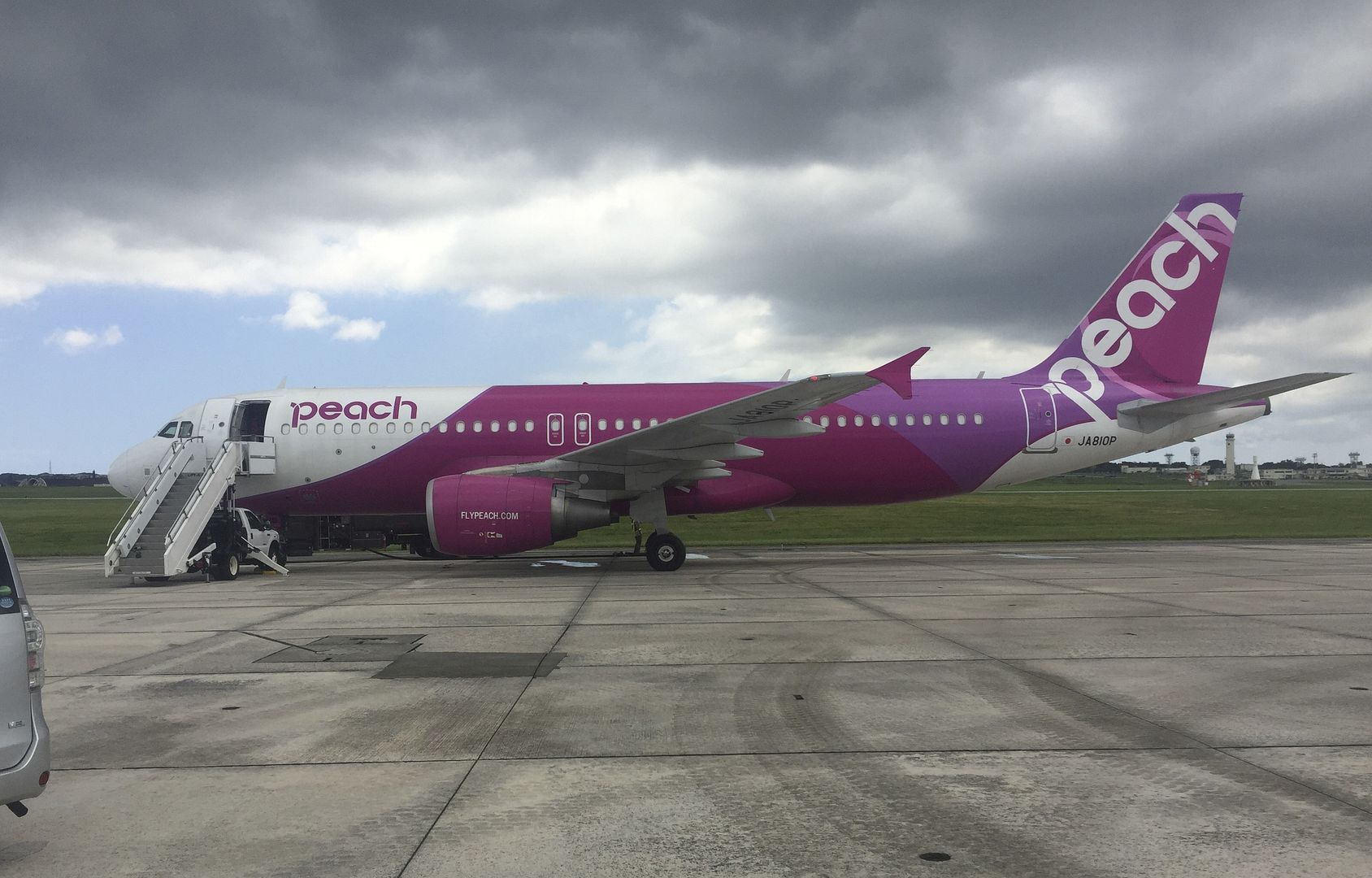
A U.S. Air Force B-1B Lancer assigned to the 9th Expeditionary Bomb Squadron, deployed from Dyess Air Force Base, Texas, taxis through a wash rack, also known as a bird bath July 26, 2017, at Andersen AFB, Guam. The normal/routine employment of continuous bomber presence (CBP) missions in the U.S. Pacific Command?s area of responsibility since March 2004 are in accordance with international law & are vital to the principles that are the foundation of the rules-based global operating system. U.S. Air Force photo by Staff Sgt. Joshua Smoot)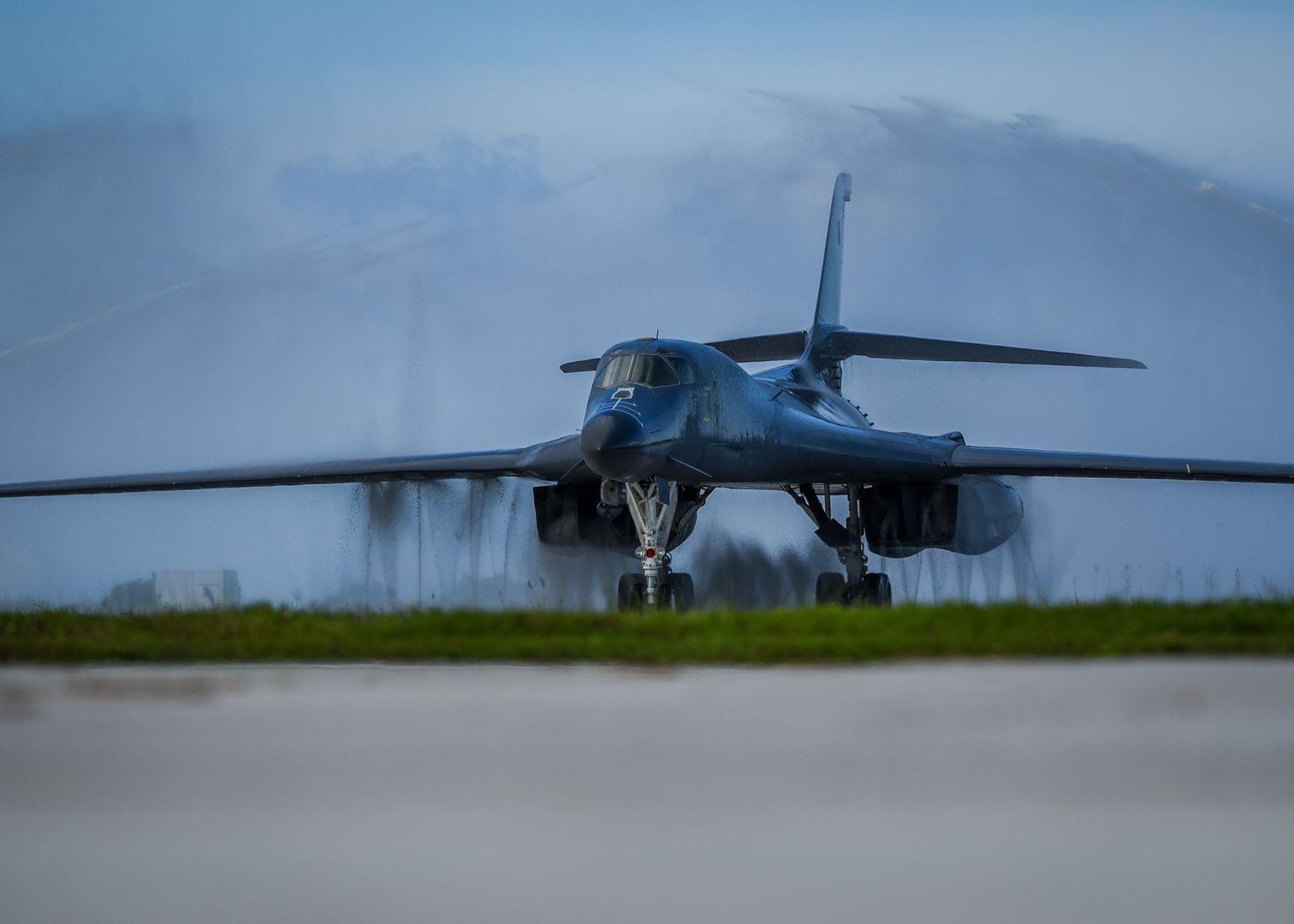
A U.S. Air Force B-1B Lancer assigned to the 9th Expeditionary Bomb Squadron, deployed from Dyess Air Force Base, Texas, taxis on the flightline July 26, 2017, at Andersen AFB, Guam. The normal/routine employment of continuous bomber presence (CBP) missions in the U.S. Pacific Command?s area of responsibility since March 2004 are in accordance with international law & are vital to the principles that are the foundation of the rules-based global operating system. U.S. Air Force photo by Staff Sgt. Joshua Smoot)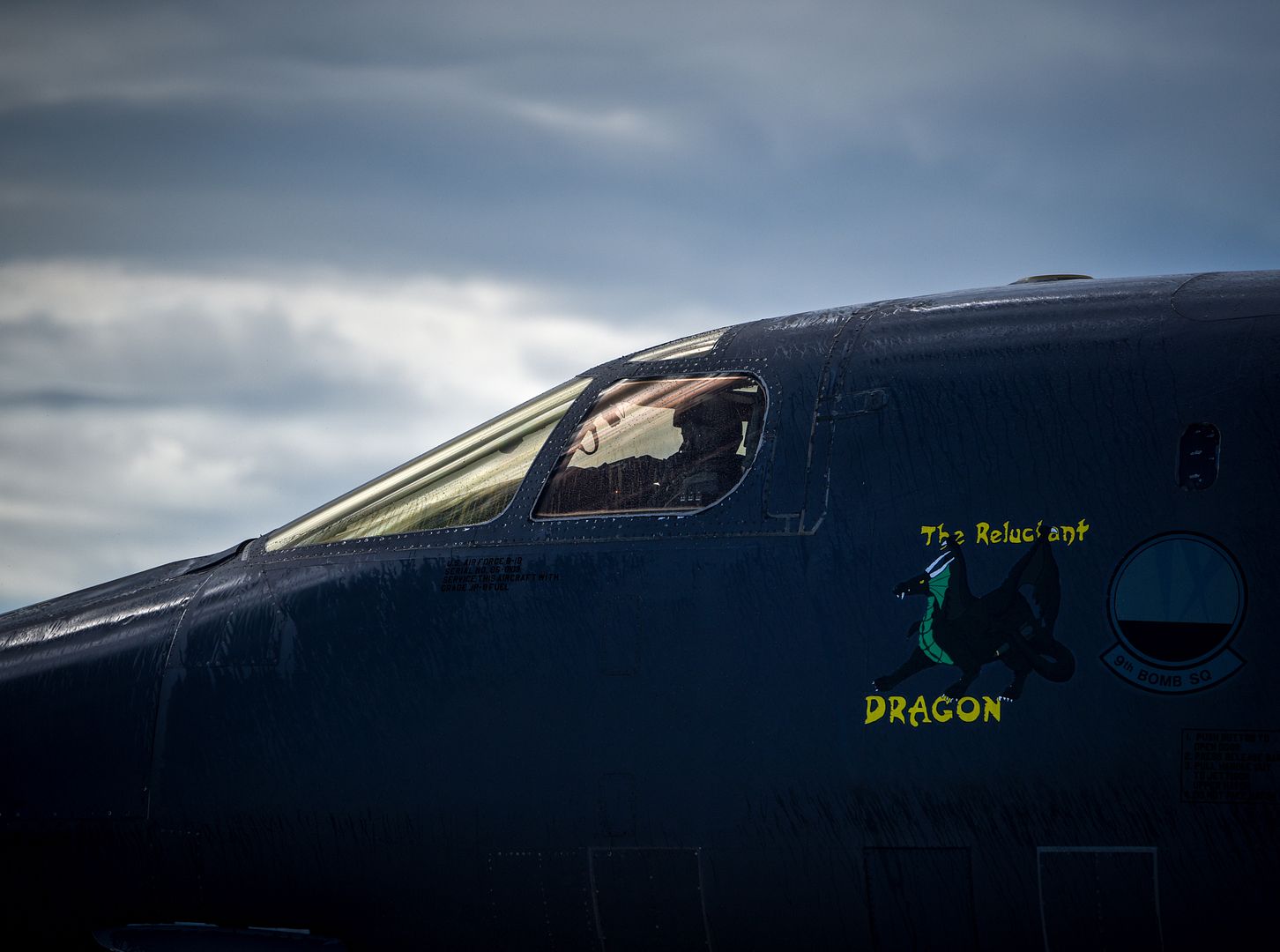
Members of the first international team, the United Kingdom Force Protection Detachment, arrive to Joint Base Lewis-McChord, Wash. aboard a Royal Air Force Airbus A330 Voyager in support of Mobility Guardian, July 27, 2017. Mobility Guardian is Air Mobility Command?s premier exercise, providing an opportunity for the Mobility Air Forces to train with joint and international partners in airlift, air refueling, aeromedical evacuation and mobility support. The exercise is designed to sharpen Airmen?s skills in support of combatant commander requirements. (U.S. Air Force photo by Tech. Sgt. Jodi Martinez)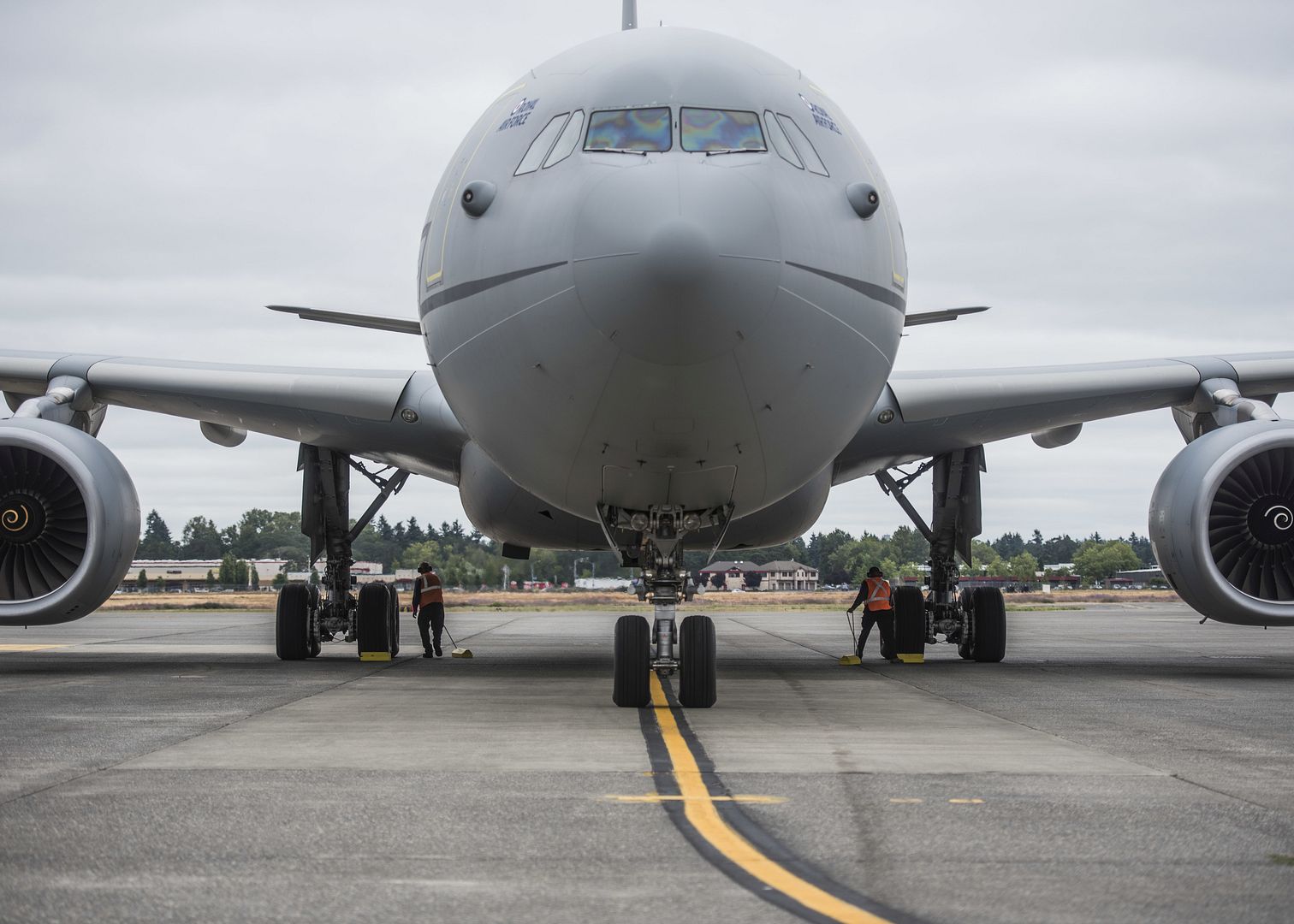
EVERETT, Wash., July 27, 2017 ? A Boeing [NYSE: BA]-led team, including U.S. Air Force and Naval Air Systems Command representatives, recently completed KC-46 tanker electromagnetic testing.
This testing evaluates the aircraft?s ability to safely operate through electromagnetic fields produced by radars, radio towers and other systems under mission conditions.
?The KC-46 tanker is protected by various hardening and shielding technologies designed into the aircraft to negate any effects on the aircraft,? said Mike Gibbons, Boeing KC-46 vice president and program manager. ?This successful effort retires one of the key risks on the program.?
Testing was conducted on the Naval Air Station Patuxent River, Md., electromagnetic pulse (EMP) and Naval Electromagnetic Radiation Facility pads and also in the Benefield Anechoic Facility at Edwards Air Force Base, Calif.
During tests on the EMP pad at Patuxent River, the program?s second low-rate initial production KC-46 received pulses from a large coil/transformer situated above the aircraft. The outdoor simulation was designed to test and evaluate the KC-46?s EMP protection while in flight.
The KC-46A is a multirole tanker that is designed to refuel all allied and coalition military aircraft compatible with international aerial refueling procedures and can carry passengers, cargo and patients.
Boeing is assembling KC-46 aircraft at its Everett, Wash., facility.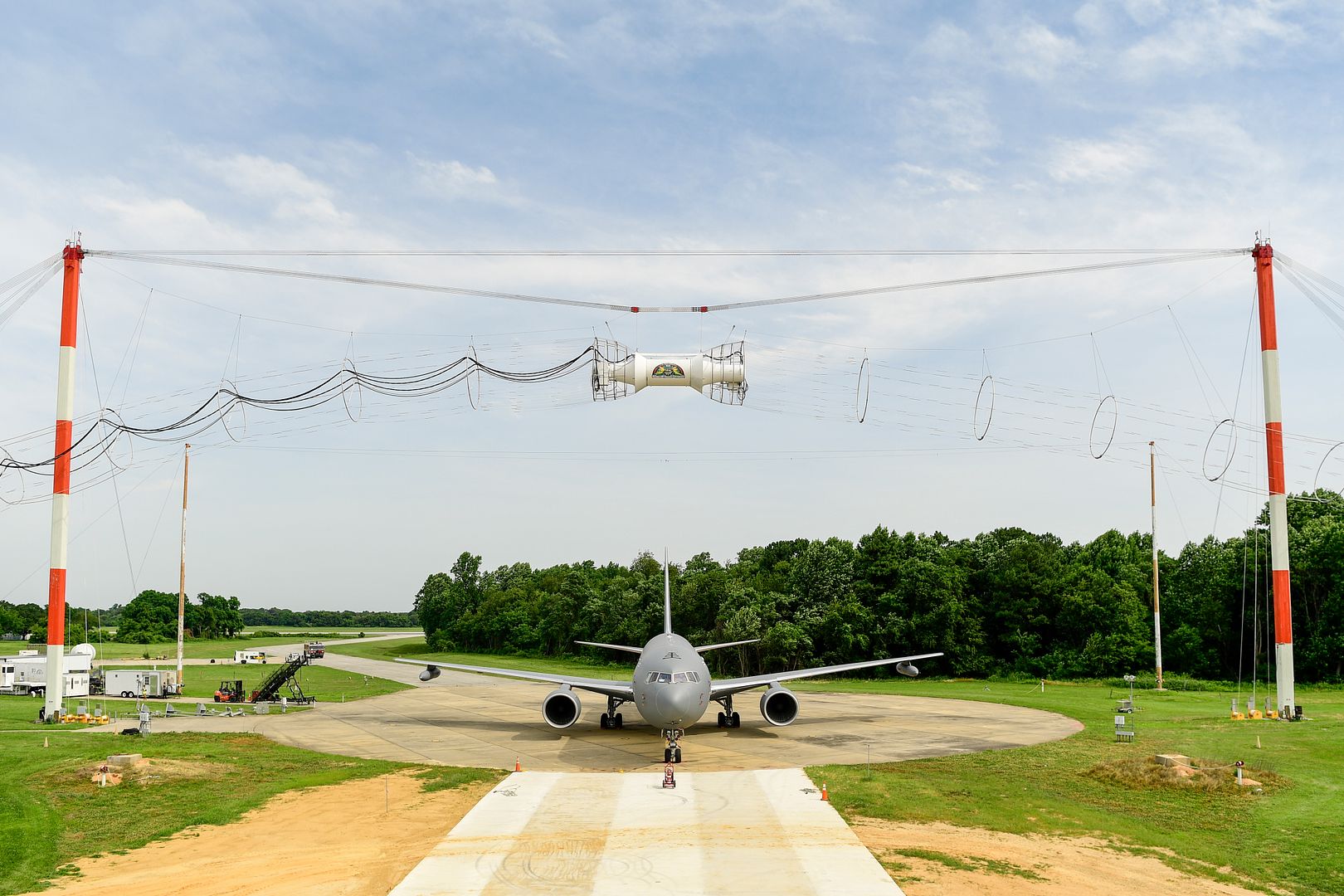
-
 Main AdminU.S. Air Force Capts. Nikolaus Krause (left) and Josh Bolla, 8th Airlift Squadron pilots, operate a C-17 Globemaster III carrying Army paratroopers and Humvees to drop over a drop zone at Fort Bragg, N.C., during Operation Panther Storm, July 26, 2017. Panther Storm is a deployment readiness exercise used to test the 82nd Airborne Division?s ability to rapidly deploy its global response force anywhere in the world with only a few hours? notice. (U.S. Air Force photo by Staff Sgt. Keith James)
Main AdminU.S. Air Force Capts. Nikolaus Krause (left) and Josh Bolla, 8th Airlift Squadron pilots, operate a C-17 Globemaster III carrying Army paratroopers and Humvees to drop over a drop zone at Fort Bragg, N.C., during Operation Panther Storm, July 26, 2017. Panther Storm is a deployment readiness exercise used to test the 82nd Airborne Division?s ability to rapidly deploy its global response force anywhere in the world with only a few hours? notice. (U.S. Air Force photo by Staff Sgt. Keith James)
An F-16 Fighting Falcon Pilot aided in the Capstone Flight July 17, 2017 at Luke Air Force Base, Ariz. This Capstone Flight was the First F-35 Lightning II basic course at Luke. (U.S. Air Force photo/Airman 1st Class Pedro Mota)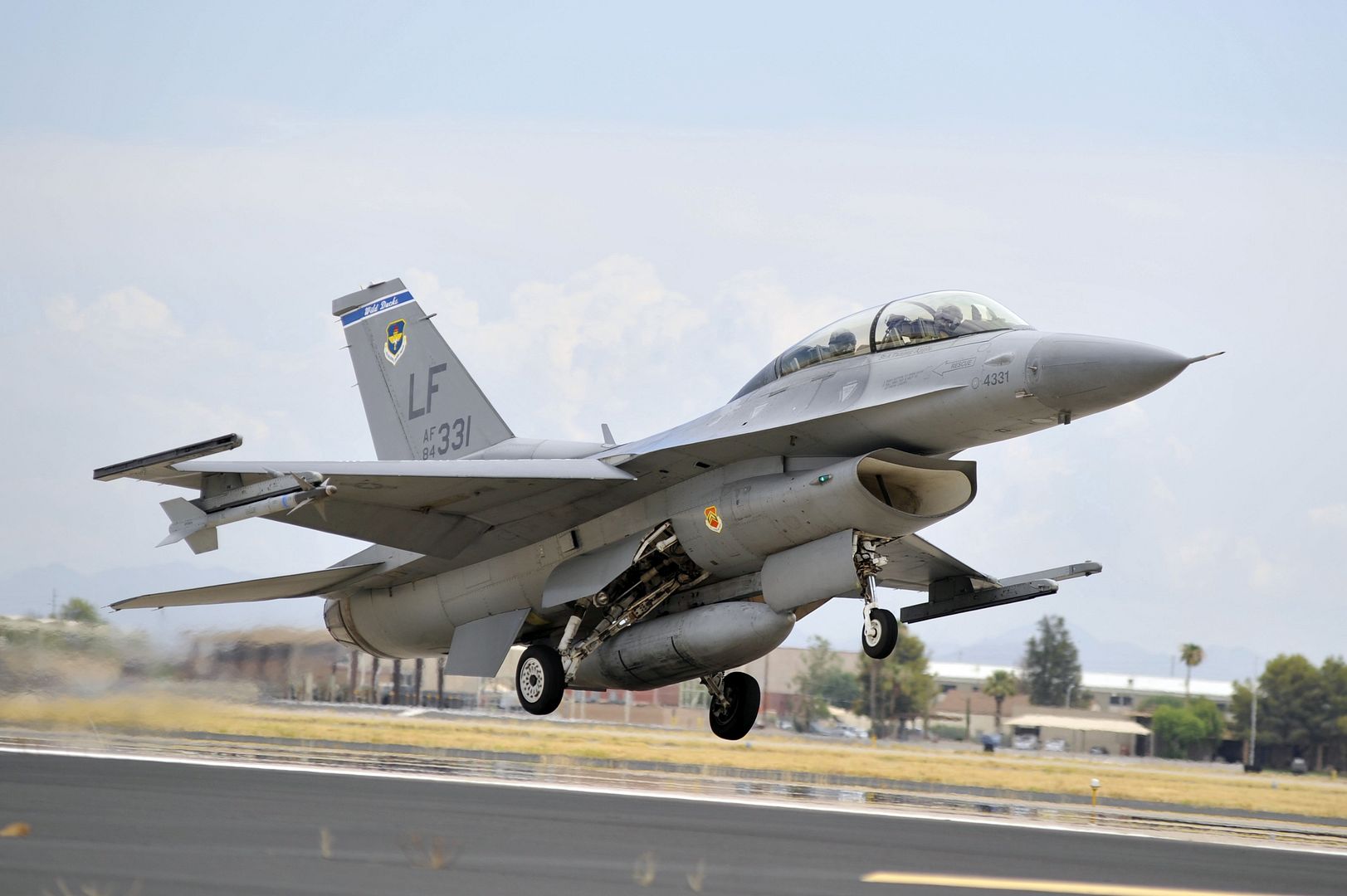
An F-35 Lightning II soars through the sky July 17, 2017 at Luke Air Force Base, Ariz. The first F-35A Lightning II basic course at Luke held the first part of a four flight capstone tphase facing F-35s against F-16 Fighting Falcons in a simulated wartime environment.(U.S. Air Force photo/ Airman 1st Class Pedro Mota)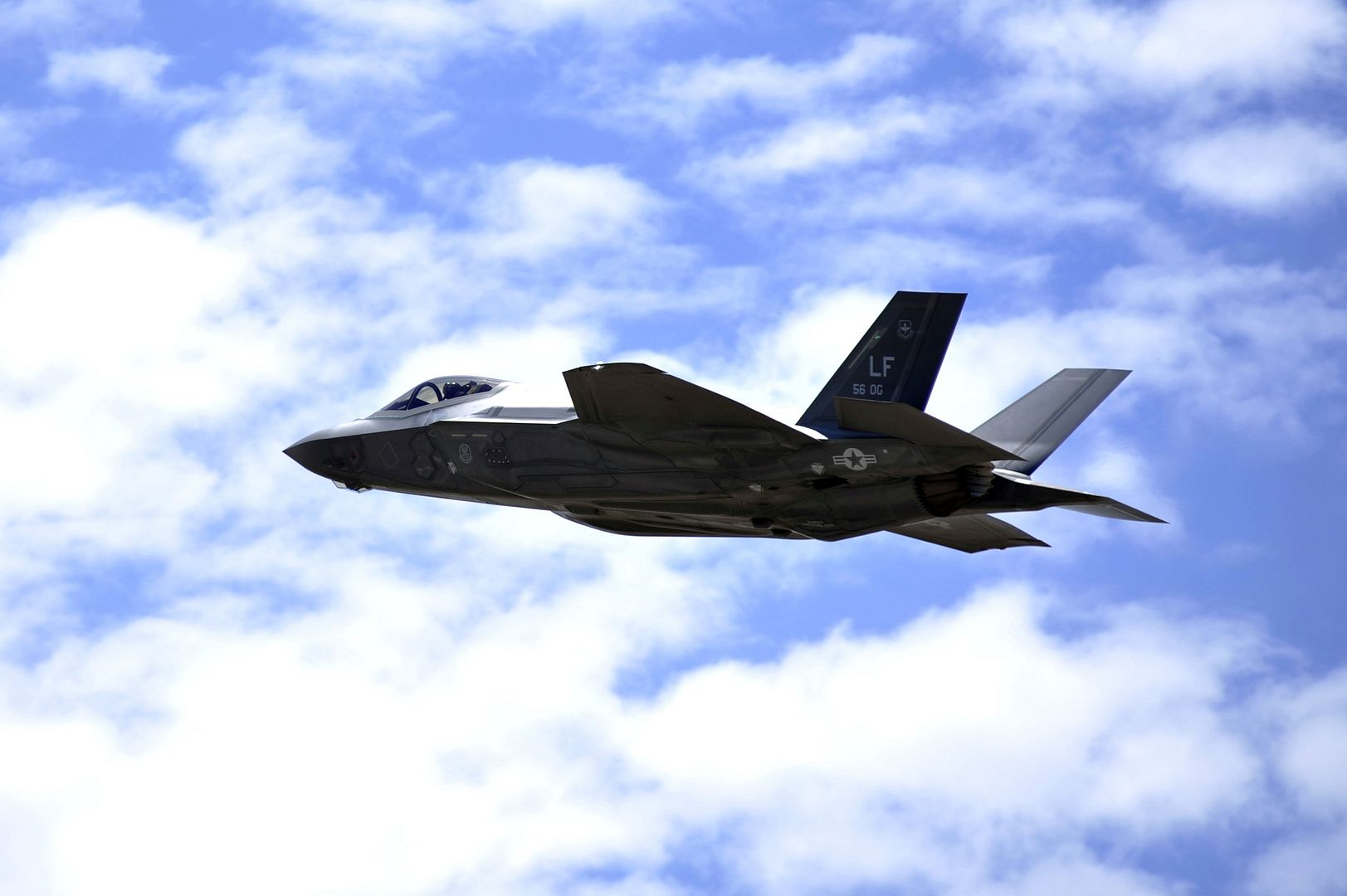
An F-35 Lightning II pilot takes off July 17, 2017 from Luke Air Force Base, Ariz. F-35 basic course students took part in a two and a half week, four flight phase replicating a wartime enironment designed to test their training and skills. Today's flight featured six F-35's facing off against eight F-16 Fighting Falcons in defensive counter air measures. The students will be the first ever to graduate from a course designed specifically to utilize the mission set of the F-35. (U.S. Air Force photo/ Airman 1st Class Pedro Mota)
PACIFIC OCEAN (July 27, 2017) An AH-1W Super Cobra helicopter, assigned to Marine Light Attack Helicopter Squadron (HMLA) 369, lands on the flight deck of San Antonio-class amphibious transport dock ship USS Anchorage (LPD 23). Sailors and Marines onboard the Anchorage and guided-missile destroyer USS Michael Murphy (DDG 112) will be in Seattle for Seafair as part of the festival?s Fleet Week. Seafair Fleet Week is an annual celebration of the sea services wherein Sailors, Marines and Coast Guard members from visiting U.S. Navy and Coast Guard ships and ships from Canada make the city a port of call. (U.S. Navy photo by Mass Communication Specialist 2nd Class Matthew Dickinson/RELEASED)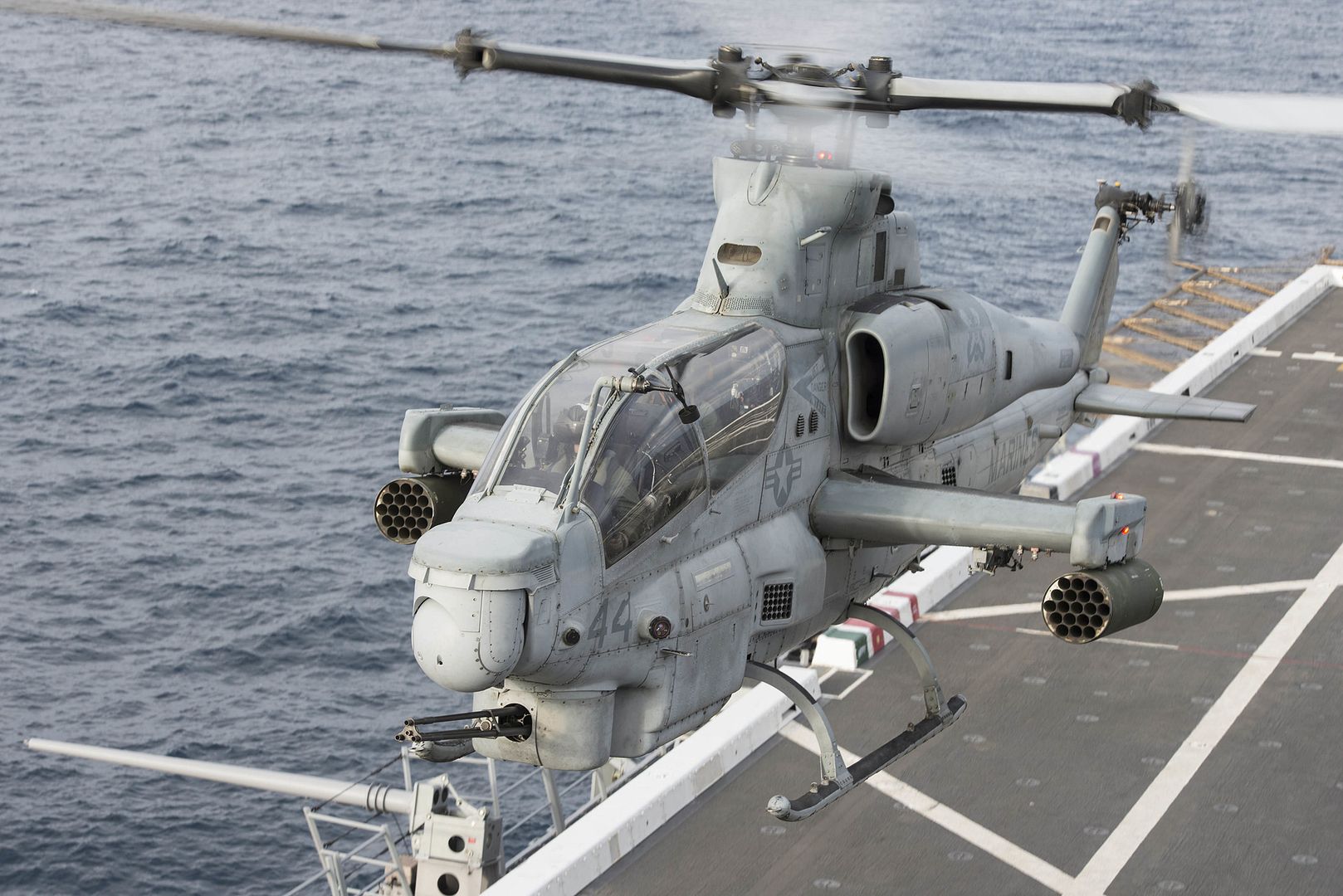
PACIFIC OCEAN (July 27, 2017) An MV-22 Osprey, assigned to Marine Medium Tiltrotor Squadron (VMM) 164, takes off from the flight deck of San Antonio-class amphibious transport dock ship USS Anchorage (LPD 23). Sailors and Marines onboard the Anchorage and guided-missile destroyer USS Michael Murphy (DDG 112) will be in Seattle for Seafair as part of the festival?s Fleet Week. Seafair Fleet Week is an annual celebration of the sea services wherein Sailors, Marines and Coast Guard members from visiting U.S. Navy and Coast Guard ships and ships from Canada make the city a port of call. (U.S. Navy photo by Mass Communication Specialist 2nd Class Matthew Dickinson/RELEASED)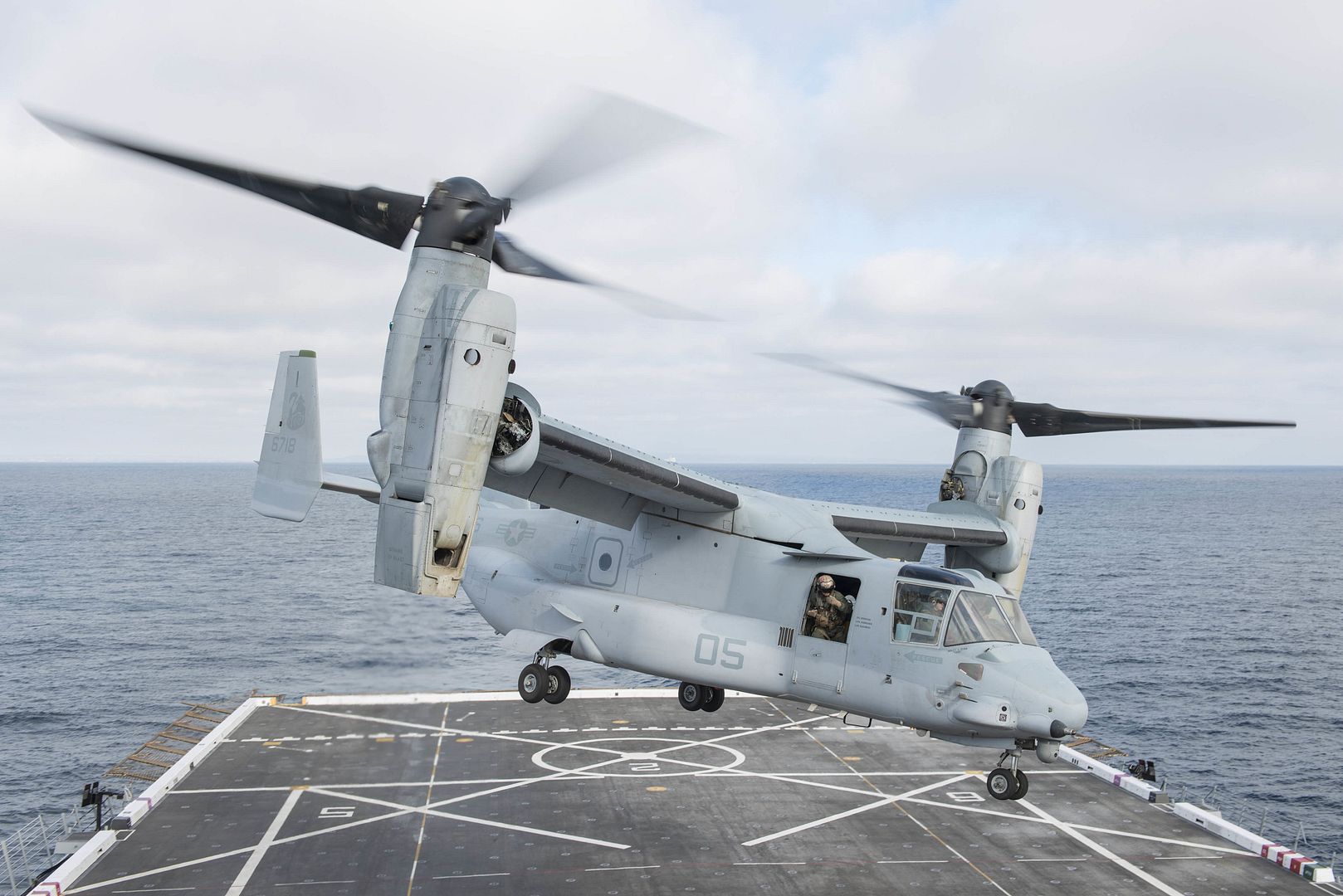
ATLANTIC OCEAN (July 26, 2017) An F/A-18E Super Hornet assigned to the Gladiators of Strike Fighter Squadron (VFA) 106 makes an arrested landing on the flight deck aboard the aircraft carrier USS Dwight D. Eisenhower (CVN 69)(Ike). Ike is currently conducting carrier qualifications during the maintenance phase of the Optimized Fleet Response Plan (OFRP). (U.S. Navy photo by Mass Communication Specialist 3rd Class Nathan T. Beard)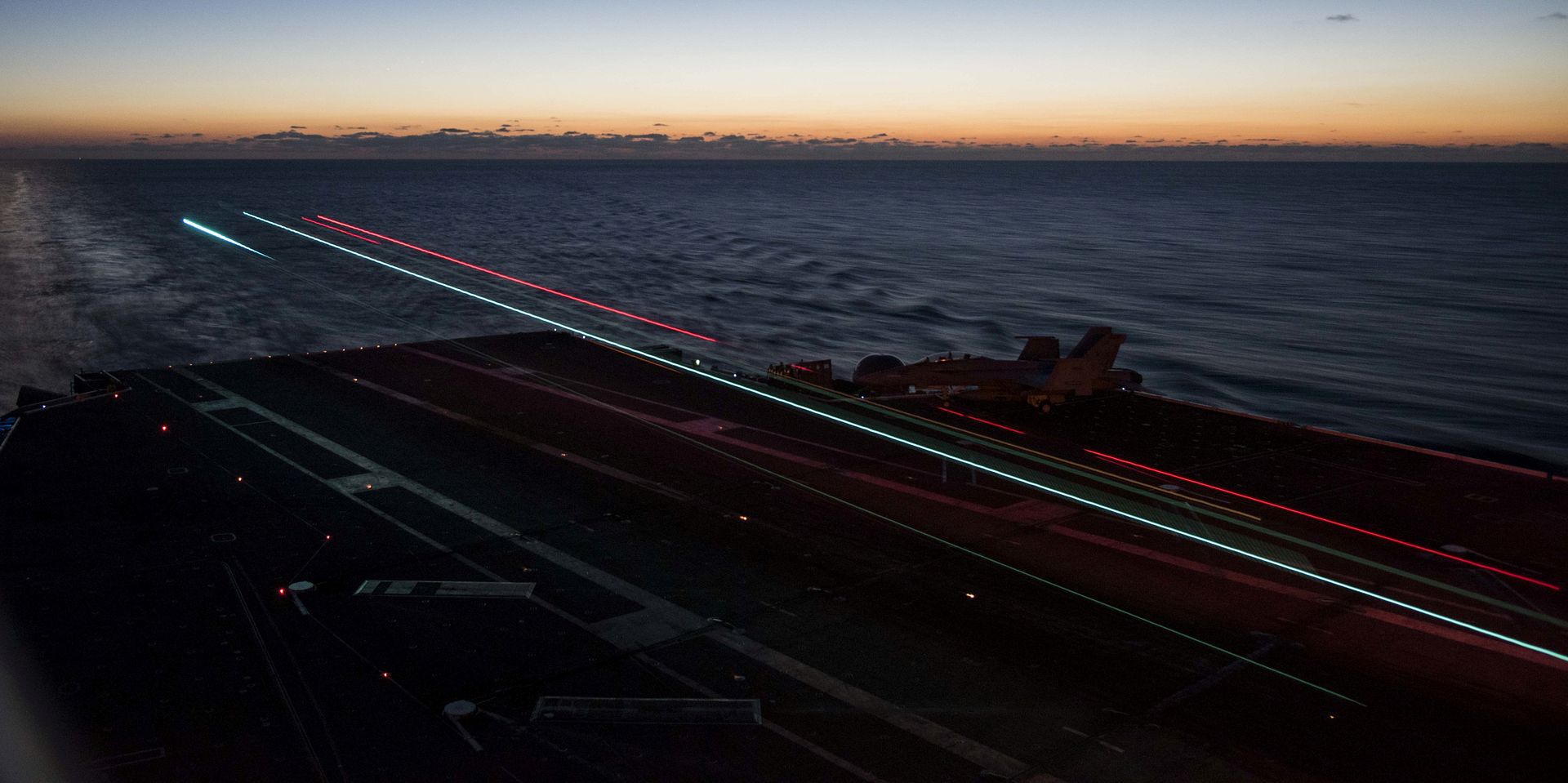
CORAL SEA (July 29, 2017) A CH-53E Super Stallion, assigned to the ?Dragons? of Marine Medium Tiltrotor Squadron (VMM) 265 Reinforced (REIN), and an AV-8B Harrier, assigned to Marine Attack Squadron (VMA) 311, are spotted on the flight deck of the amphibious assault ship USS Bonhomme Richard (LHD 6). Bonhomme Richard, flagship of the Bonhomme Richard Expeditionary Strike Group (ESG), is operating in the Indo-Asia-Pacific region to enhance partnerships and be a ready-response force for any type of contingency. (U.S. Navy photo by Mass Communication Specialist 3rd Class William Sykes/Released)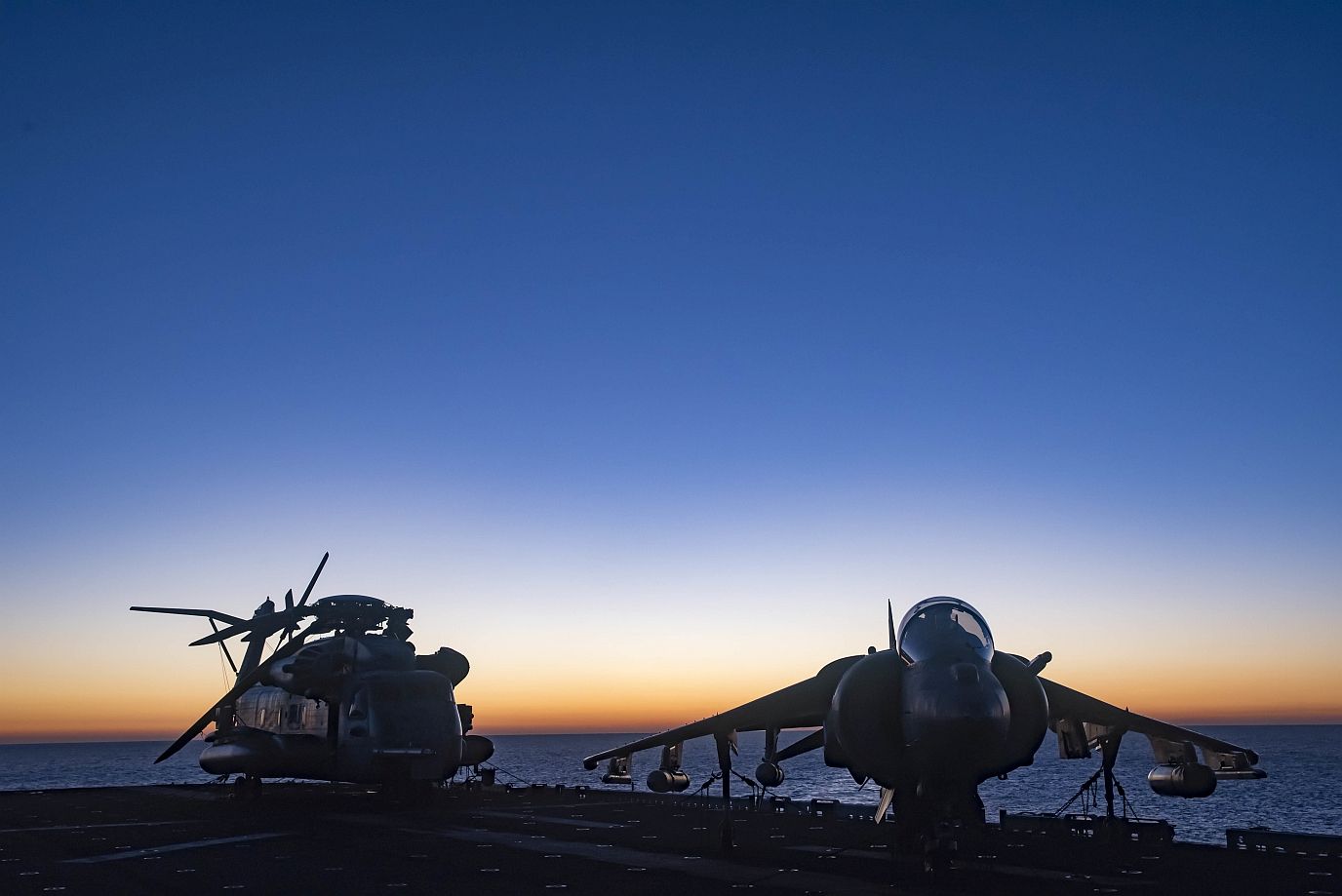
PHILADELPHIA, July 28, 2017 ? Boeing [NYSE:BA] will build and test three U.S. Army CH-47F Block II Chinook helicopters as part of a modernization effort that will likely bring another two decades of work to the company's Philadelphia site.
A recent $276 million Army contract will fund those helicopters, which will validate technology advancements that will increase the iconic helicopter?s lifting power.
"The Army's only heavy-lift helicopter exists to deliver decisive combat power for our ground commanders," said Col. Greg Fortier, U.S. Army project manager for Cargo Helicopters. "The Cargo family is anxious to build upon Col. Rob Barrie's efforts to establish this critical program and deliver an adaptive air vehicle. Increasing payload capacity today enhances battlefield agility and prepares the Chinook for even greater performance gains in the future."
An improved drivetrain will transfer greater power from the engines to the all-new, swept-tip Advanced Chinook Rotor Blades, which have been engineered to lift 1,500 additional pounds on their own. The current configuration of six fuel tanks ? three on each side ? will become two, allowing the aircraft to carry more fuel and shed weight. Additionally, the fuselage?s structure will be strengthened in critical areas to allow the aircraft to carry additional payload.
?This latest upgrade for the Chinook fleet is a tribute to the robustness of its original design and exemplifies its 55-year legacy of technological advancements,? said Chuck Dabundo, vice president, Cargo Helicopters and program manager, H-47. ?The fact that the U.S. Army continues to use and value this platform and they are intending to continue to upgrade it to keep it flying for decades to come is a testament of the capabilities the Chinook team continues to bring.?
Boeing will begin building the test aircraft next year. The test program begins in 2019 and first delivery of the Block II Chinook is expected in 2023. Eventually, the Army will upgrade more than 500 Chinooks to Block II configuration.
From a few days ago.
Flying day and night, RAAF, F/A-18F Super Hornets are conducting strikes over Mosul as part of Operation EAGLE STRIKE to clear the city from Deash fighters.
(Photo RAAF)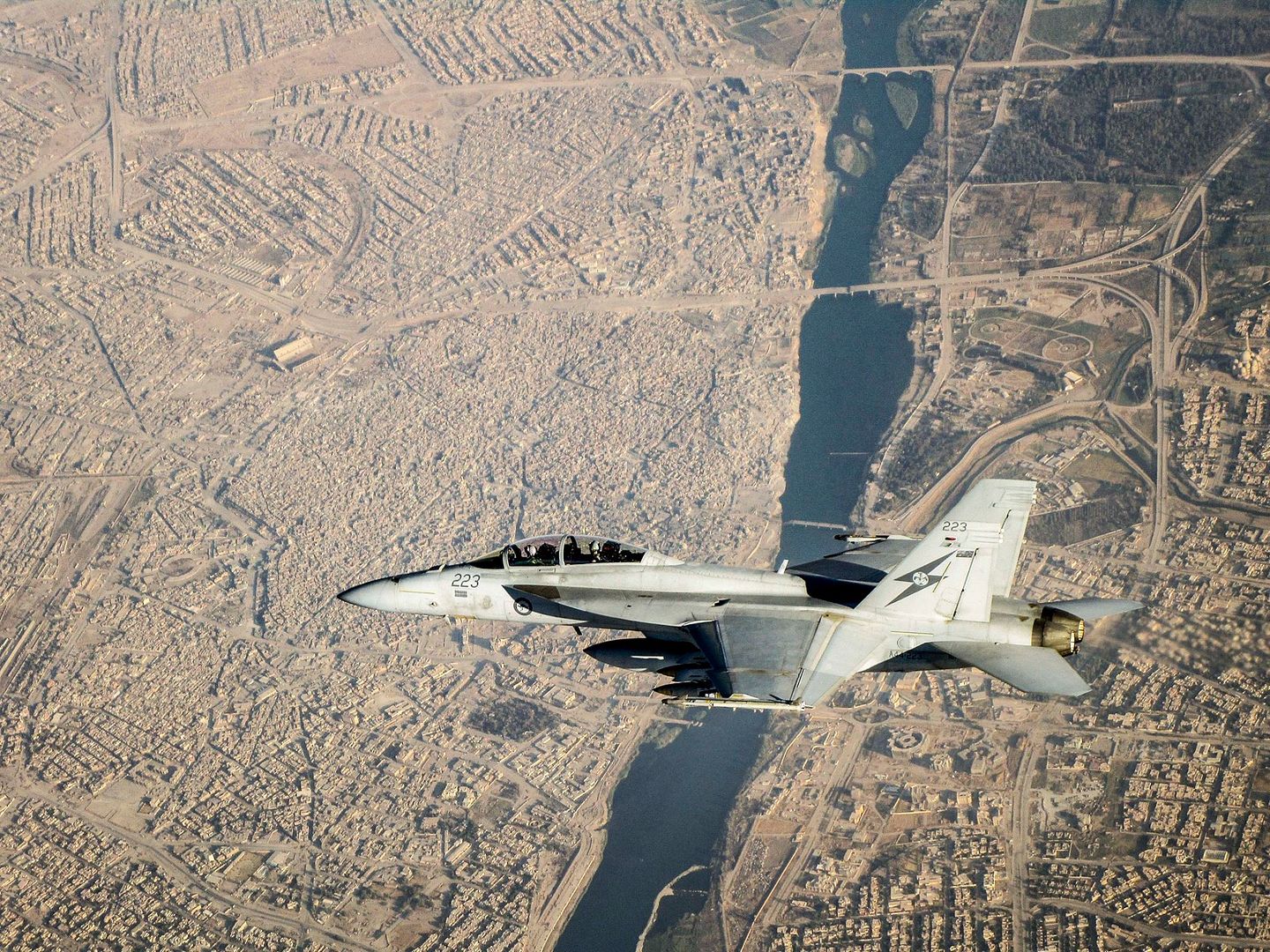
-
 Main AdminU.S. Air Force Capts. Wes Sloat (left) and Jared Barkemeger, 7th Airlift Squadron pilots, operate a C-17 Globemaster III taking off from the flight line of Fort Bragg, N.C., during Operation Panther Storm, July 27, 2017. Panther Storm is a deployment readiness exercise used to test the 82nd Airborne Division?s ability to rapidly deploy its global response force anywhere in the world with only a few hours? notice. (U.S. Air Force photo by Staff Sgt. Keith James)
Main AdminU.S. Air Force Capts. Wes Sloat (left) and Jared Barkemeger, 7th Airlift Squadron pilots, operate a C-17 Globemaster III taking off from the flight line of Fort Bragg, N.C., during Operation Panther Storm, July 27, 2017. Panther Storm is a deployment readiness exercise used to test the 82nd Airborne Division?s ability to rapidly deploy its global response force anywhere in the world with only a few hours? notice. (U.S. Air Force photo by Staff Sgt. Keith James)
ATLANTIC OCEAN (July 26, 2017) An F/A-18E Super Hornet assigned to the Gladiators of Strike Fighter Squadron (VFA) 106 prepares to make an arrested landing on the flight deck aboard the aircraft carrier USS Dwight D. Eisenhower (CVN 69)(Ike). Ike is currently conducting carrier qualifications during the maintenance phase of the Optimized Fleet Response Plan (OFRP). (U.S. Navy photo by Mass Communication Specialist 3rd Class Nathan T. Beard)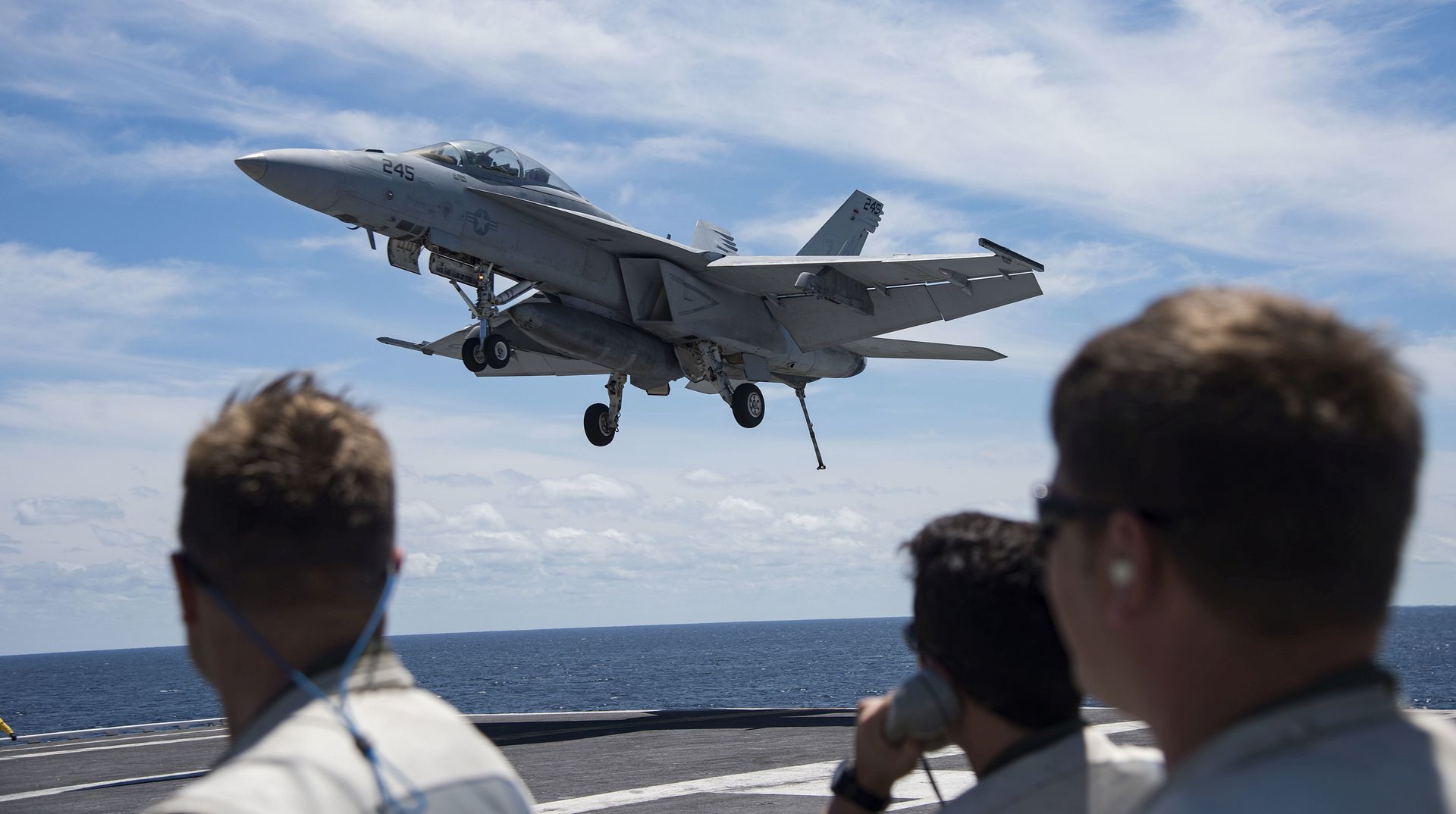
ATLANTIC OCEAN (July 28, 2017) -- A helicopter prepares to take flight off of the flight deck of USS Gerald R. Ford (CVN 78) in support of the ship's first fixed wing flight operations. Ford is underway conducting test and evaluation operations. (U.S. Navy photo by Mass Communication Specialist 3rd Class Liz Thompson)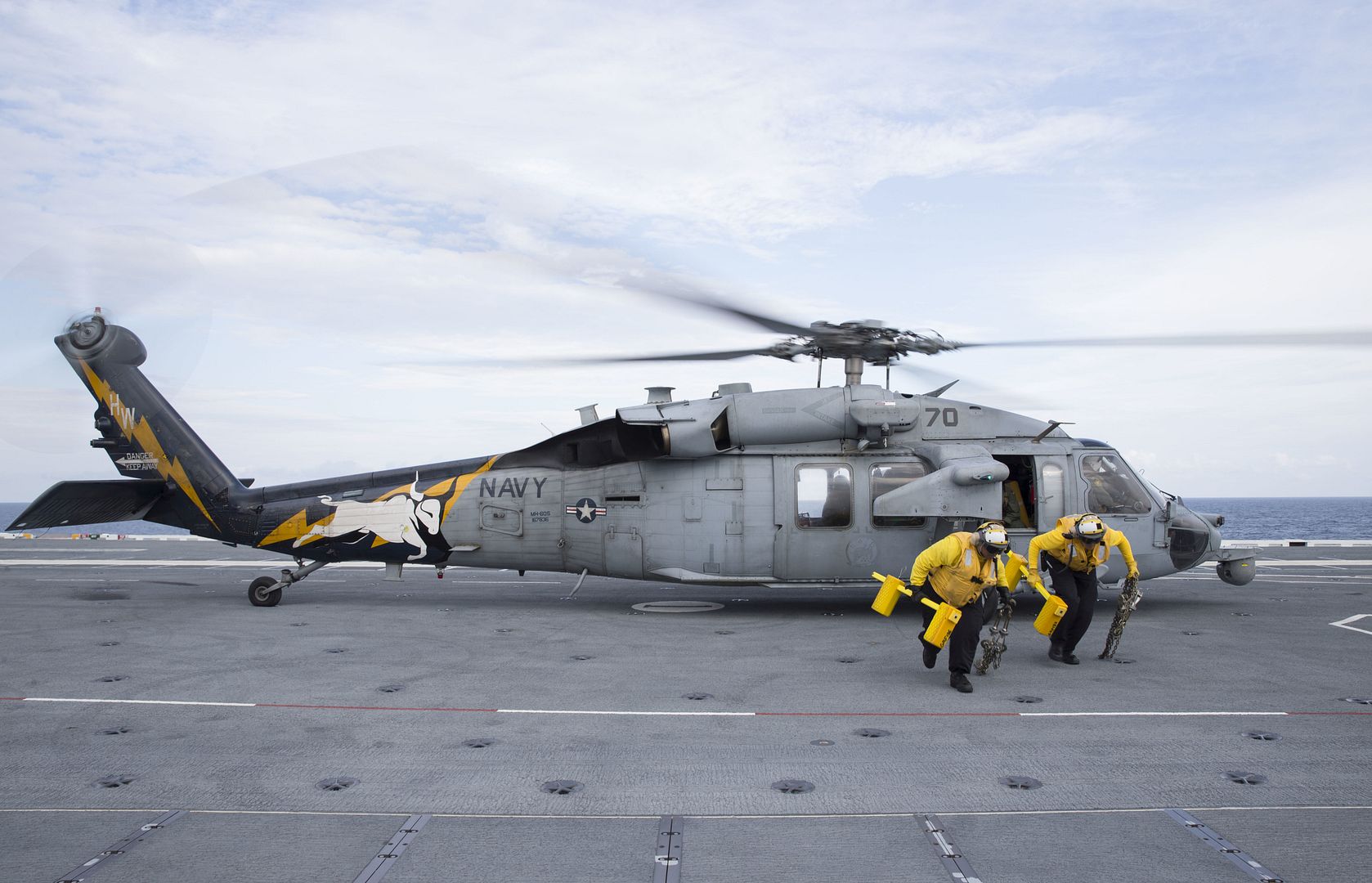
ATLANTIC OCEAN (July 28, 2017) ? A Sailor from USS Gerald R. Ford?s (CVN 78) air department loads an F/A-18F Super Hornet, assigned to Air Test and Evaluation Squadron (VX) 23, piloted by Lt. Cmdr. Jamie ?Coach? Struck, on to the electromagnetic aircraft launching system (EMALS) aboard Ford July 28, 2017. Ford is underway conducting test and evaluation operations. (U.S. Navy photo by Mass Communication Specialist 3rd Class Liz Thompson)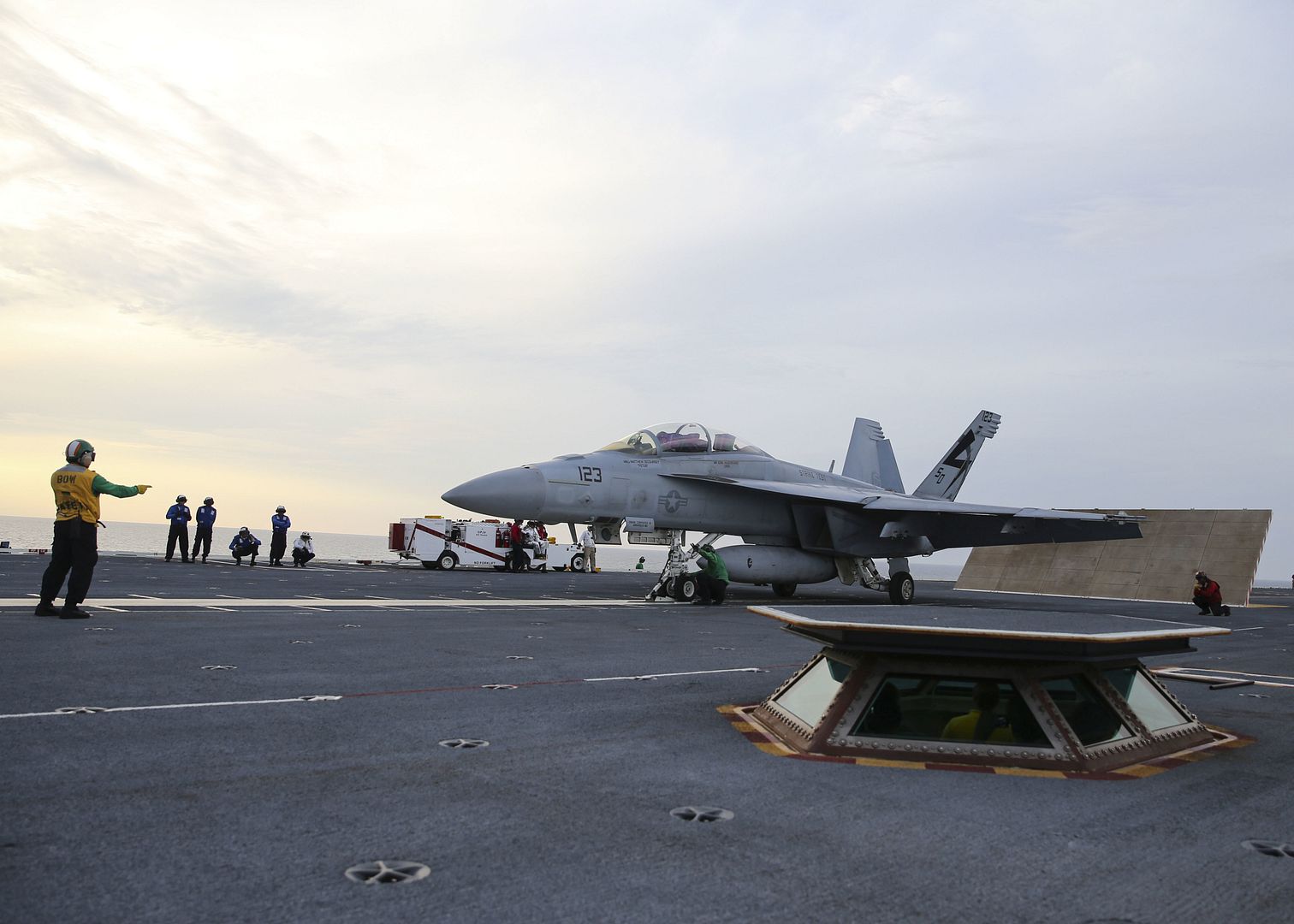
ATLANTIC OCEAN (July 28, 2017) ? An F/A-18F Super Hornet assigned to Air Test and Evaluation Squadron (VX) 23 piloted by Lt. Cmdr. Jamie ?Coach? Struck, launches from the flight deck of USS Gerald R. Ford (CVN 78) July 28, 2017. Ford is underway conducting test and evaluation operations. (U.S. Navy photo by Mass Communication Specialist 3rd Class Liz Thompson)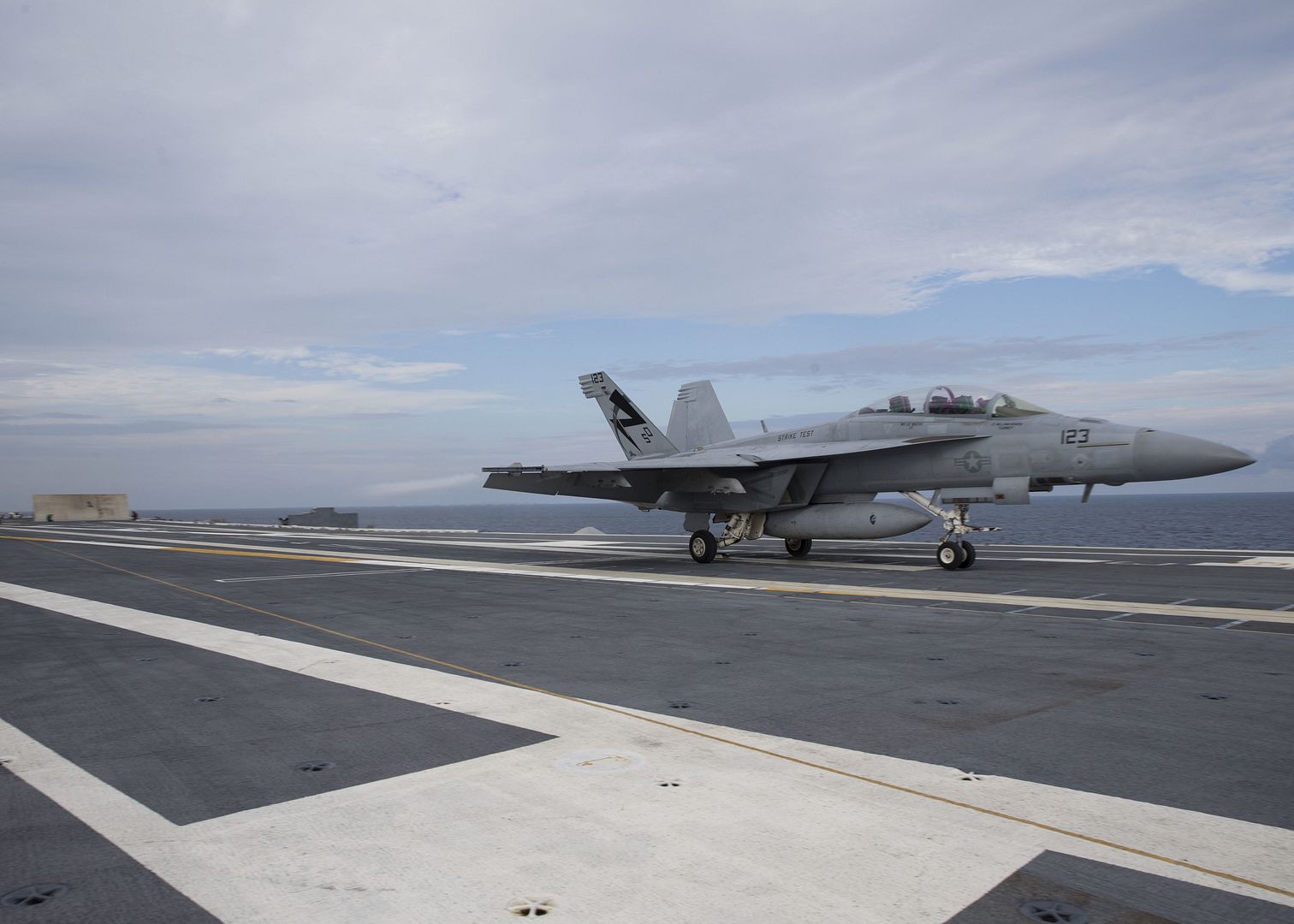
Two U.S. Air Force B-1B Lancers assigned to the 9th Expeditionary Bomb Squadron, deployed from Dyess Air Force Base, Texas, fly a 10-hour mission from Andersen Air Force Base, Guam, into Japanese airspace and over the Korean Peninsula, July 30, 2017. The B-1s first made contact with Japan Air Self-Defense Force F-2 fighter jets in Japanese airspace, then proceeded over the Korean Peninsula and were joined by South Korean F-15 fighter jets. The aircrews practiced intercept and formation training during the mission, enabling them to improve their combined capabilities and tactical skills, while also strengthening the long standing military-to-military relationships in the Indo-Asia-Pacific.(Courtesy photo)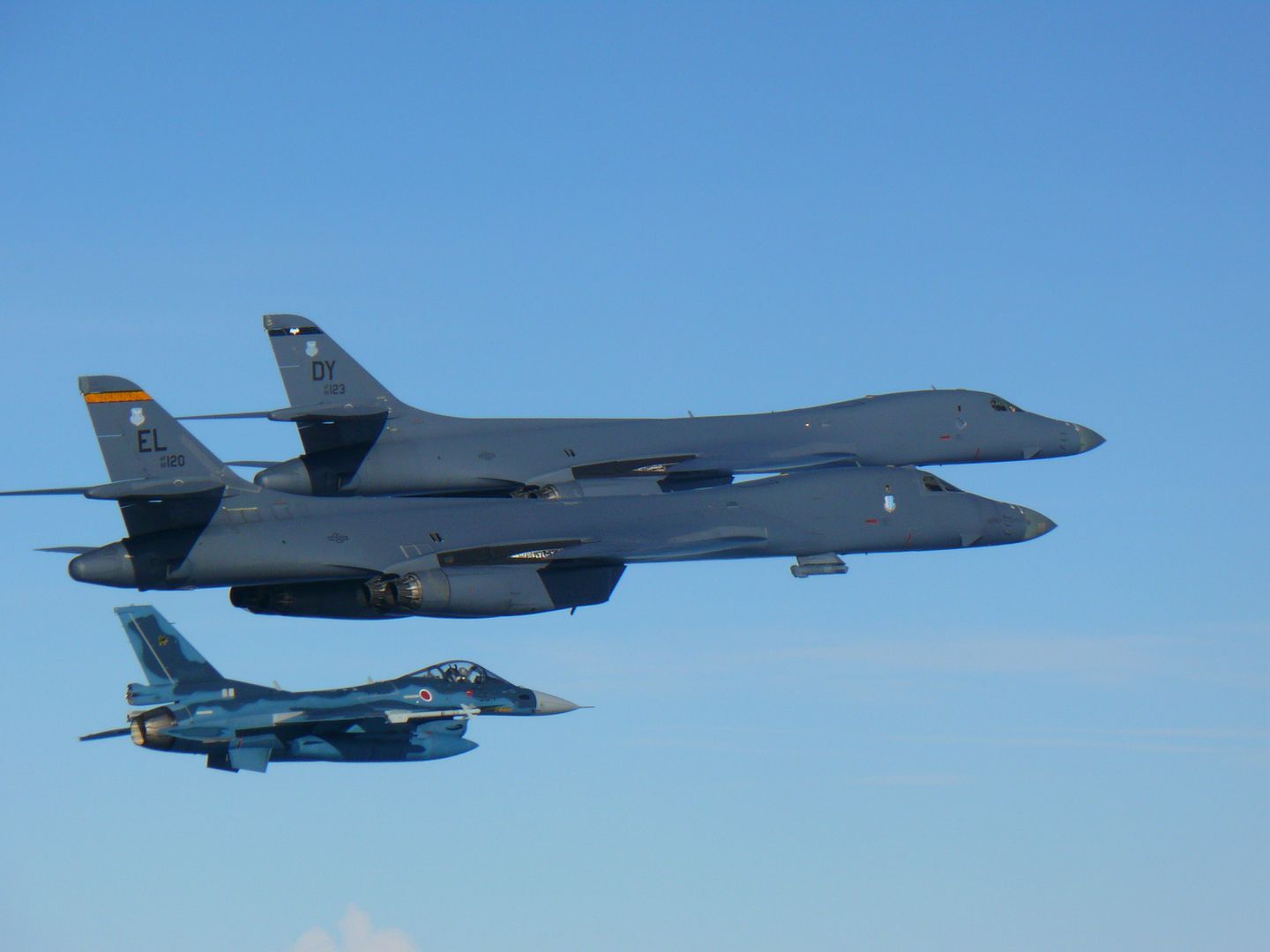
A U.S. Air Force B-1B Lancer participates in a 10-hour mission from Andersen Air Force Base, Guam, into Japanese airspace and over the Korean Peninsula, July 30, 2017. Two B-1s made contact with Japan Air Self-Defense Force F-2 fighter jets in Japanese airspace, then proceeded over the Korean Peninsula and were joined by South Korean F-15 fighter jets. This mission is part of the continuing demonstration of ironclad U.S. commitment to our allies. (U.S. Air Force photo/Airman 1st Class Jacob Skovo)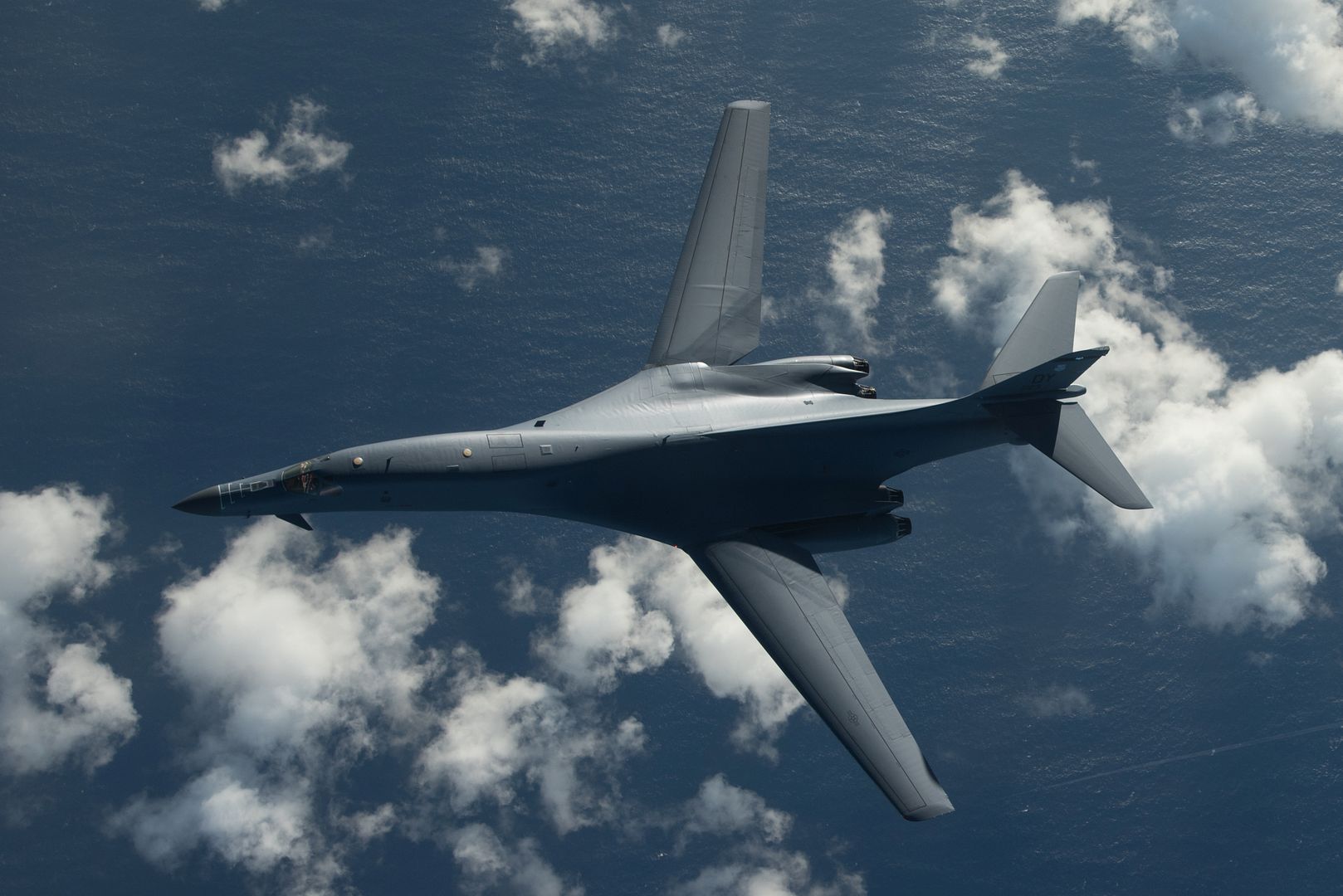
A U.S. Air Force B-1B Lancer assigned to the 9th Expeditionary Bomb Squadron, deployed from Dyess Air Force Base, Texas, during a 10-hour mission from Andersen Air Force Base, Guam, into Japanese airspace and over the Korean Peninsula, July 30, 2017. U.S. Pacific Command maintains flexible bomber and fighter capabilities in the Indo-Asia-Pacific theater, retaining the ability to quickly respond to any regional threat in order to defend the U.S. homeland and in support of our allies. (U.S. Air Force photo/Airman 1st Class Christopher Quail)
Two U.S. Air Force B-1B Lancers (not pictured) joined up with Republic of Korea air force F-15s during a 10-hour mission from Andersen Air Force Base, Guam, into Japanese airspace and over the Korean Peninsula, July 30, 2017. The B-1s first made contact with Japan Air Self-Defense Force F-2 fighter jets in Japanese airspace, then proceeded over the Korean Peninsula and were joined by South Korean F-15 fighter jets. This mission is part of the continuing demonstration of ironclad U.S. commitment to our allies. (Courtesy photo)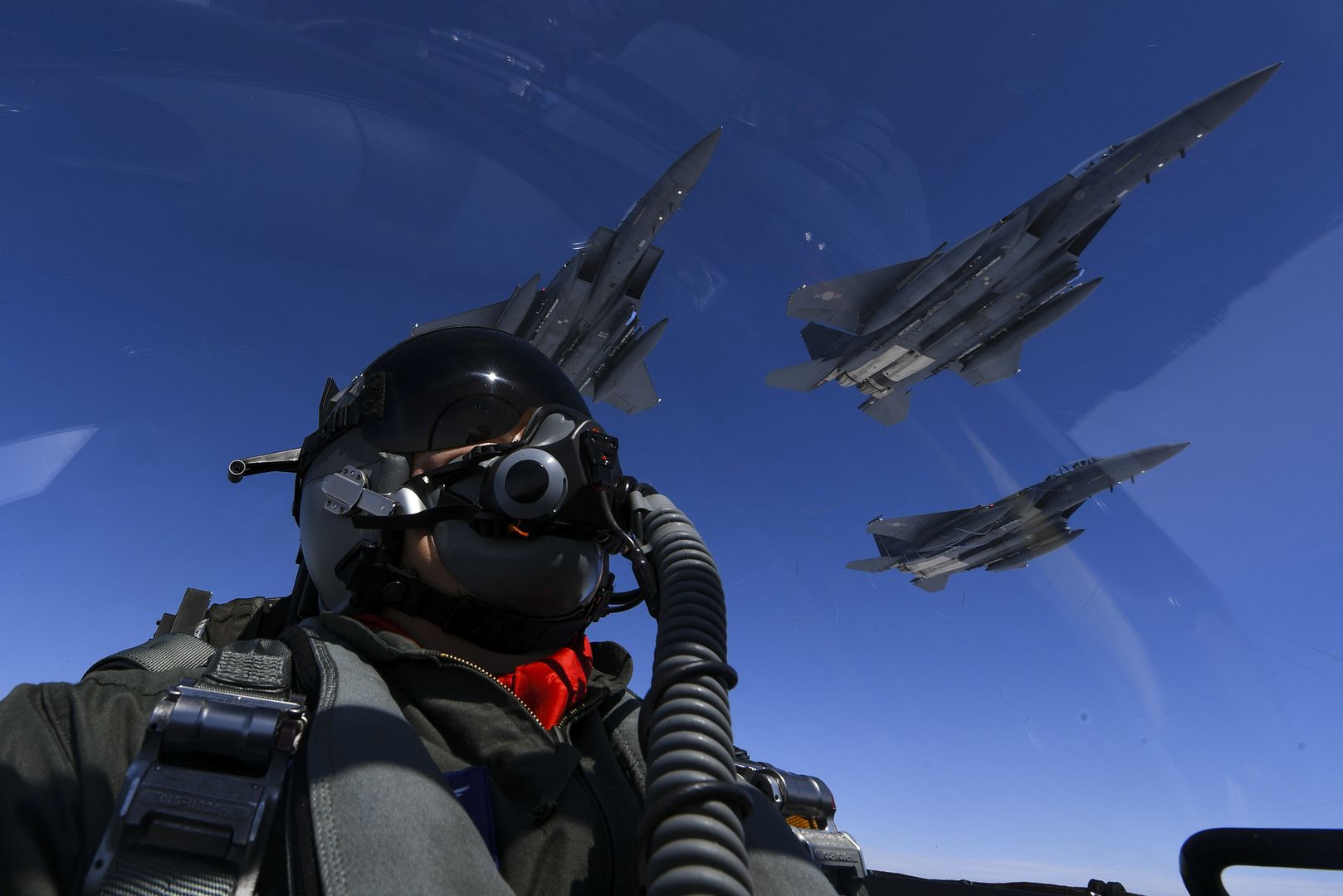
A U.S. Air Force B-1B Lancer assigned to the 9th Expeditionary Bomb Squadron, deployed from Dyess Air Force Base, Texas, fly a 10-hour mission from Andersen Air Force Base, Guam, into Japanese airspace and over the Korean Peninsula, July 30, 2017. The B-1s first made contact with Japan Air Self-Defense Force F-2 fighter jets in Japanese airspace, then proceeded over the Korean Peninsula and were joined by South Korean F-15 fighter jets. This mission is in direct response to North Korea?s escalatory launch of intercontinental ballistic missiles on July 3 and 28. (Courtesy photo's)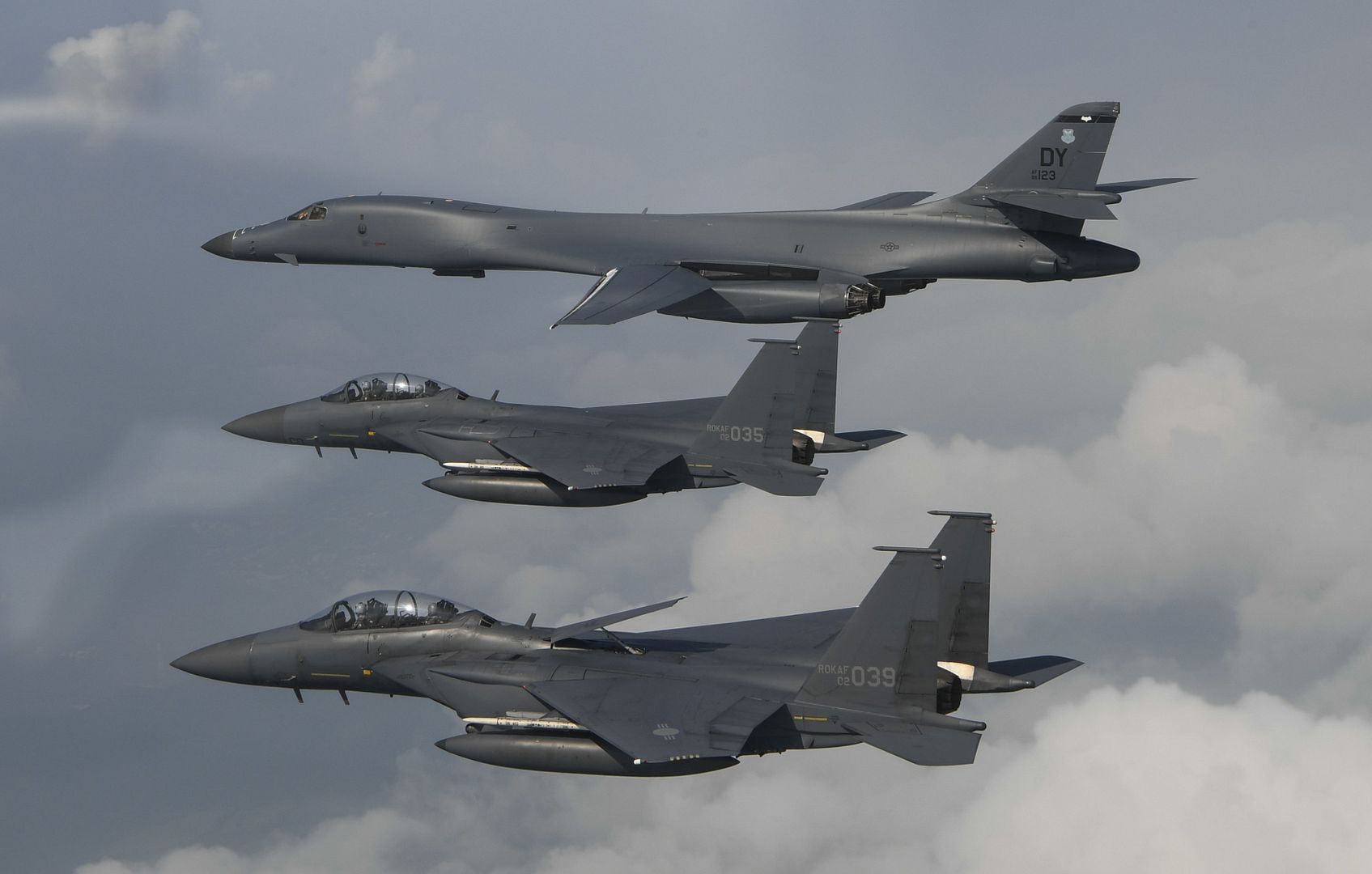
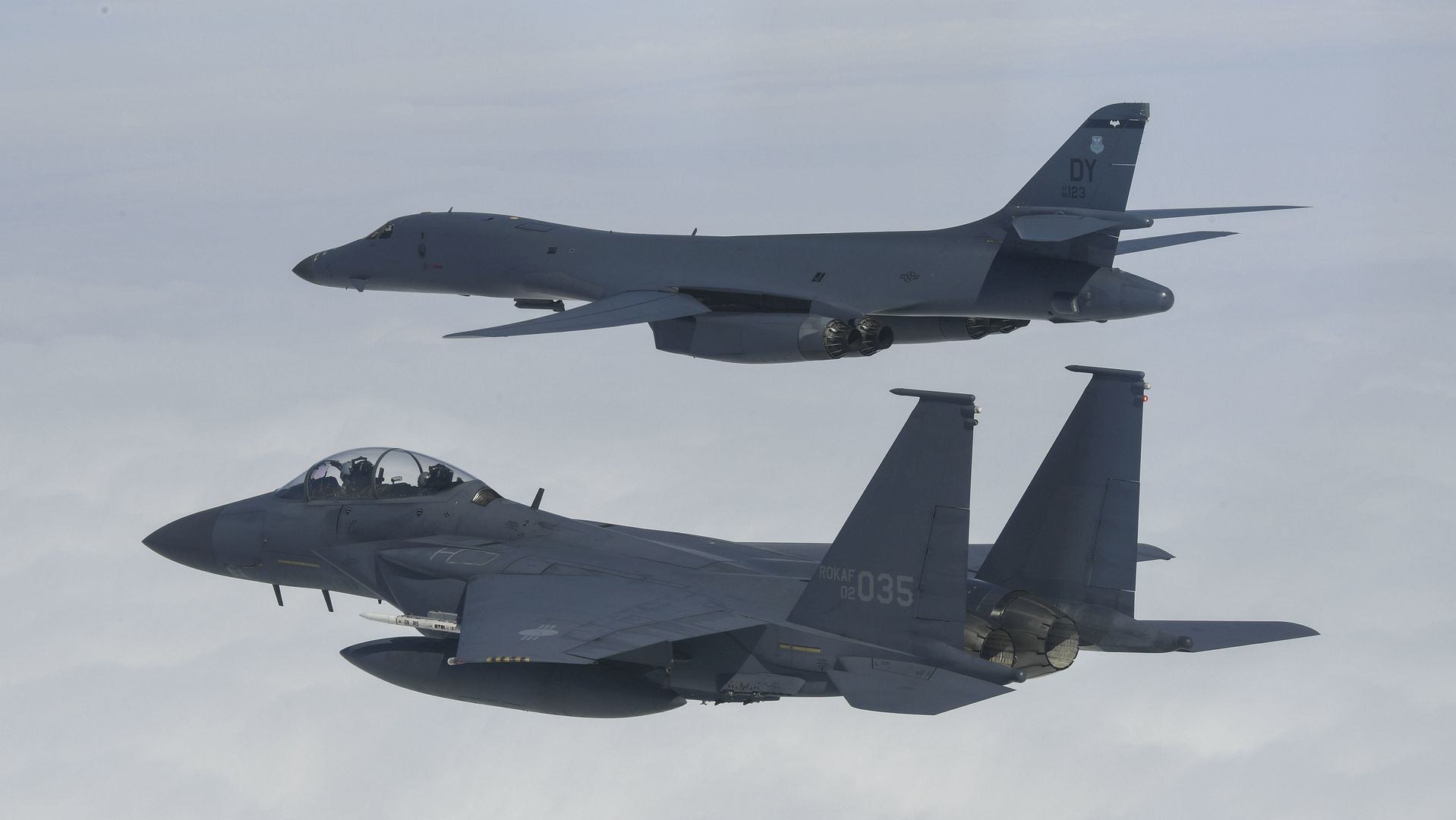
-
 Main AdminA U.S. Air Force F-16 Fighting Falcon assigned to the 36th Fighter Squadron, Osan Air Base, South Korea, lands on the flightline July 26, 2017, at Andersen Air Force Base, Guam. The F-16 Fighting Falcon is a compact, multi-role fighter aircraft. It is highly maneuverable and has proven itself in air-to-air combat and air-to-surface attack. It provides a relatively low-cost, high-performance weapon system for the United States and allied nations. (U.S. Air Force photo by Airman 1st Class Christopher Quail)
Main AdminA U.S. Air Force F-16 Fighting Falcon assigned to the 36th Fighter Squadron, Osan Air Base, South Korea, lands on the flightline July 26, 2017, at Andersen Air Force Base, Guam. The F-16 Fighting Falcon is a compact, multi-role fighter aircraft. It is highly maneuverable and has proven itself in air-to-air combat and air-to-surface attack. It provides a relatively low-cost, high-performance weapon system for the United States and allied nations. (U.S. Air Force photo by Airman 1st Class Christopher Quail)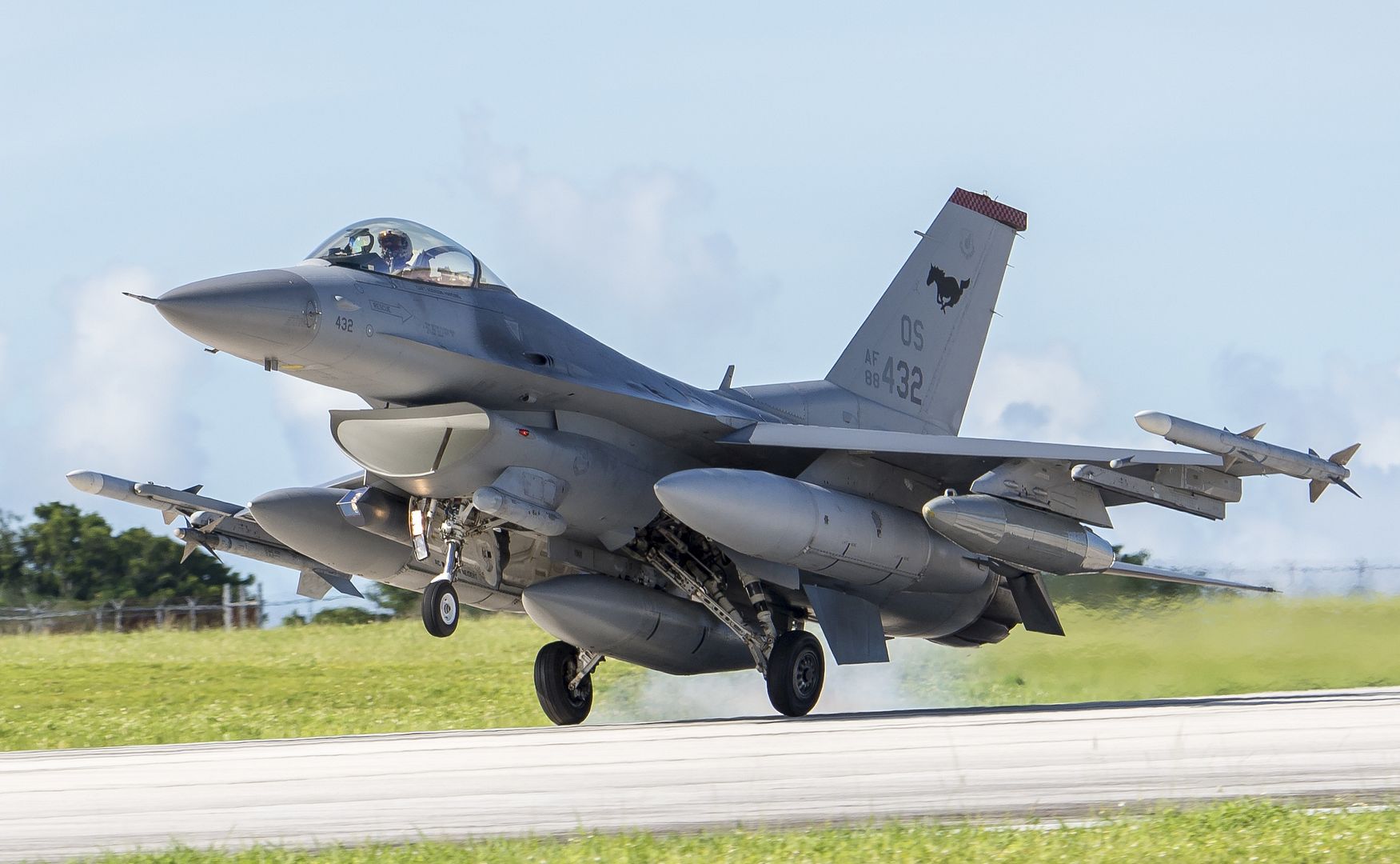
A U.S. Air Force F-16 Fighting Falcon assigned to the 36th Fighter Squadron, Osan Air Base, South Korea, fly over Andersen Air Force Base, Guam, July 26, 2017. The F-16 Fighting Falcon is a compact, multi-role fighter aircraft. It is highly maneuverable and has proven itself in air-to-air combat and air-to-surface attack. It provides a relatively low-cost, high-performance weapon system for the United States and allied nations. (U.S. Air Force photo by Airman 1st Class Christopher Quail)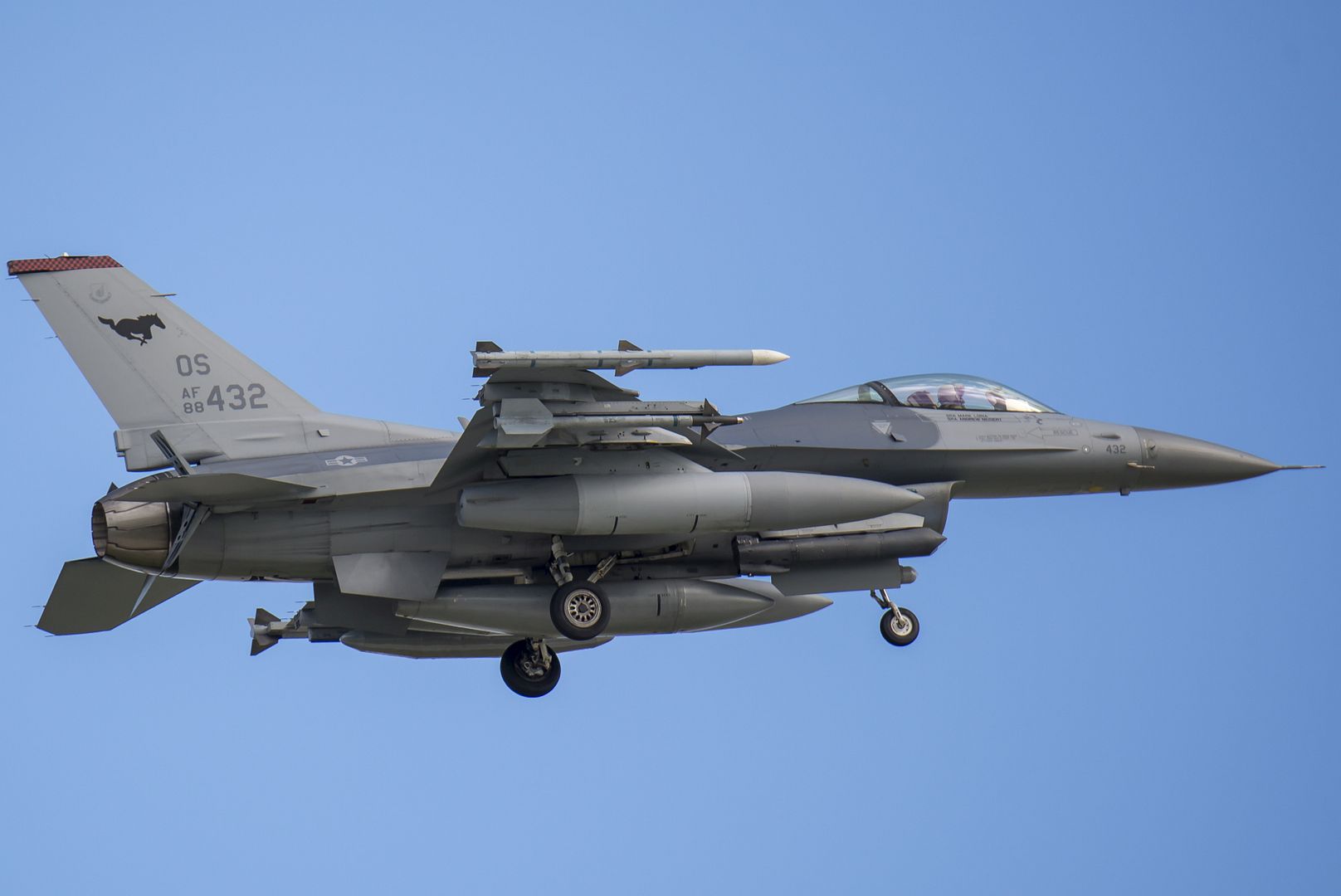
JOINT BASE PEARL HARBOR-HICKAM, Hawaii --
Approximately, 200 Airmen and 12 F-16 Fighting Falcons from the 176th Fighter Squadron, Wisconsin Air National Guard are set to deploy to Kunsan Air Base, Korea for a 4-month rotation. The aircraft and personnel are scheduled to arrive at Kunsan in August.
Pacific Air Forces Theater Security Package deployments to the Indo-Asia-Pacific region signify a continued commitment to regional stability and security, while allowing units to train in the Pacific theater. F-16s routinely deploy throughout the U.S. Pacific Command area of responsibility.
The F-16 deployment to Kunsan is in support of U.S. PACOM?s security obligations in the Western Pacific, and the deployed unit will perform training under the direction of the 8th Fighter Wing out of Kunsan AB.
The United States routinely evaluates readiness and repositions forces as needed to ensure capabilities necessary to meet obligations in the Indo-Asia-Pacific region. These deployments demonstrate the continued U.S. commitment to fulfill security responsibilities throughout the Western Pacific and to maintain peace in the region.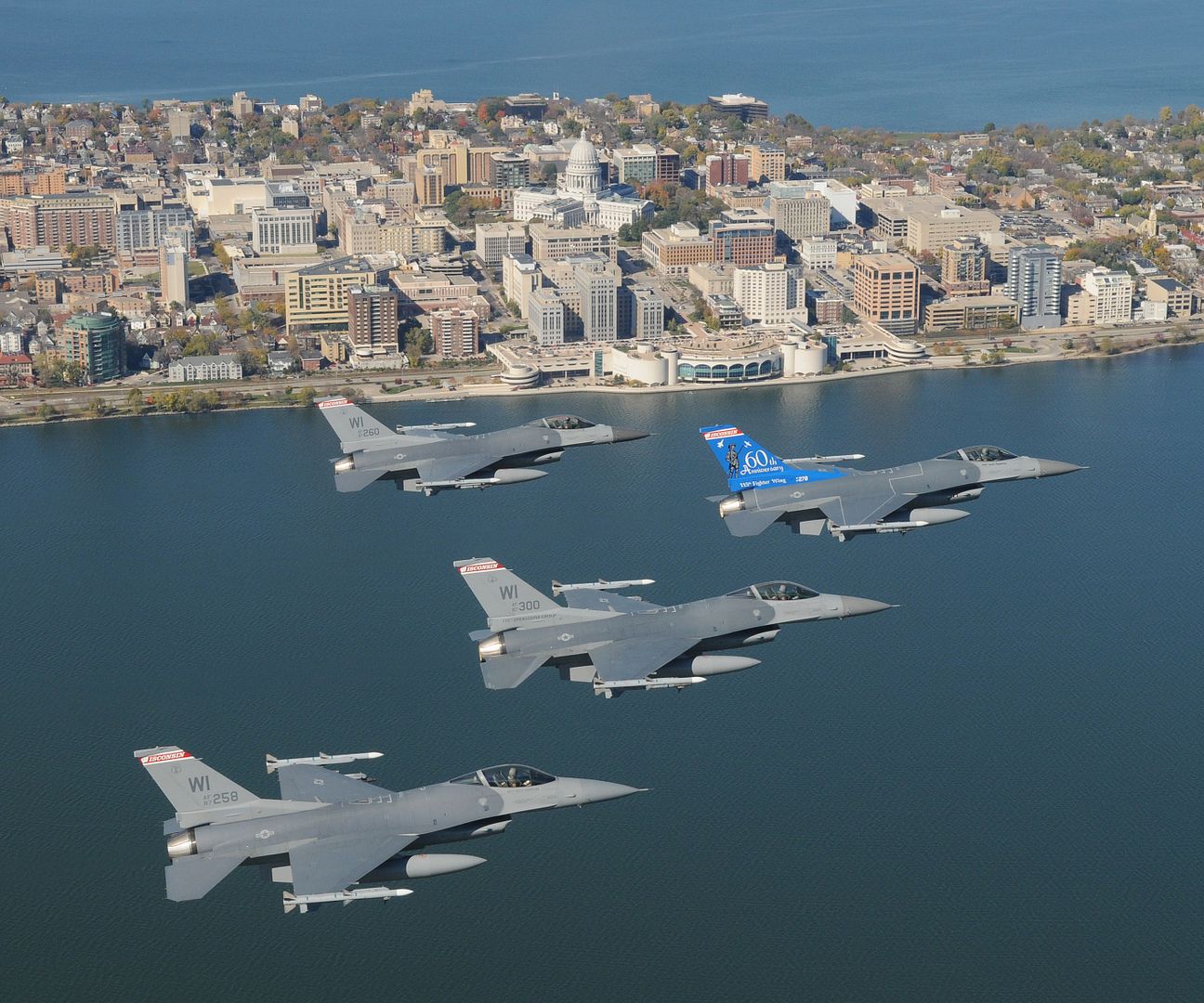
SEATTLE, July 31, 2017 /PRNewswire/ -- Boeing [NYSE:BA] and flydubai today celebrated the delivery of the airline's first 737 MAX 8, making the Middle East carrier the first in the region to operate Boeing's newest single-aisle airplane.
Today's delivery is the first of 76 737 MAX airplanes the airline will be adding to their all-Boeing fleet of Next-Generation 737s.
"We are delighted to receive our first Boeing 737 MAX 8 aircraft from our order made at the Dubai Airshow in 2013," said Ghaith Al Ghaith, Chief Executive Officer, flydubai. "This marked the largest single-aisle Boeing aircraft order placed in the Middle East. With this new chapter, we are looking forward to continuing our work with Boeing as we benefit from increased efficiency and are able to offer an enhanced customer experience."
flydubai currently operates a fleet of 58 Next-Generation 737-800s and has built a network of more than 95 destinations in 44 countries, from Russia in the north, Czech Republic in the west, Thailand in the east and Tanzania in the south.
"flydubai's growth in just nine years has been remarkable and Boeing is honored to have been part of this journey," said Boeing Commercial Airplanes President and CEO Kevin McAllister. "This delivery marks another significant milestone in our partnership. We are confident that the market-leading efficiency and reliability of the 737 MAX will play a key role in flydubai's continued success and complement its current Boeing fleet."
The 737 MAX family has been designed to offer customers exceptional performance, flexibility and efficiency, with lower per-seat costs and an extended range that will open up new destinations in the single-aisle market.
"As the first MAX customer in the region, we look forward to the further fuel and operating efficiencies that this aircraft will bring to our young modern fleet," said Ken Gile, Chief Operating Officer, flydubai. "Our flight crew share our excitement in operating one of the most highly anticipated commercial aircraft to enter service on our network."
The 737 MAX incorporates the latest technology CFM International LEAP-1B engines, Advanced Technology winglets, Boeing Sky Interior, large flight deck displays, and other improvements to deliver the highest efficiency, reliability and passenger comfort in the single-aisle market.
The 737 MAX is the fastest-selling airplane in Boeing history, accumulating more than 3,800 orders to date from 89 customers worldwide.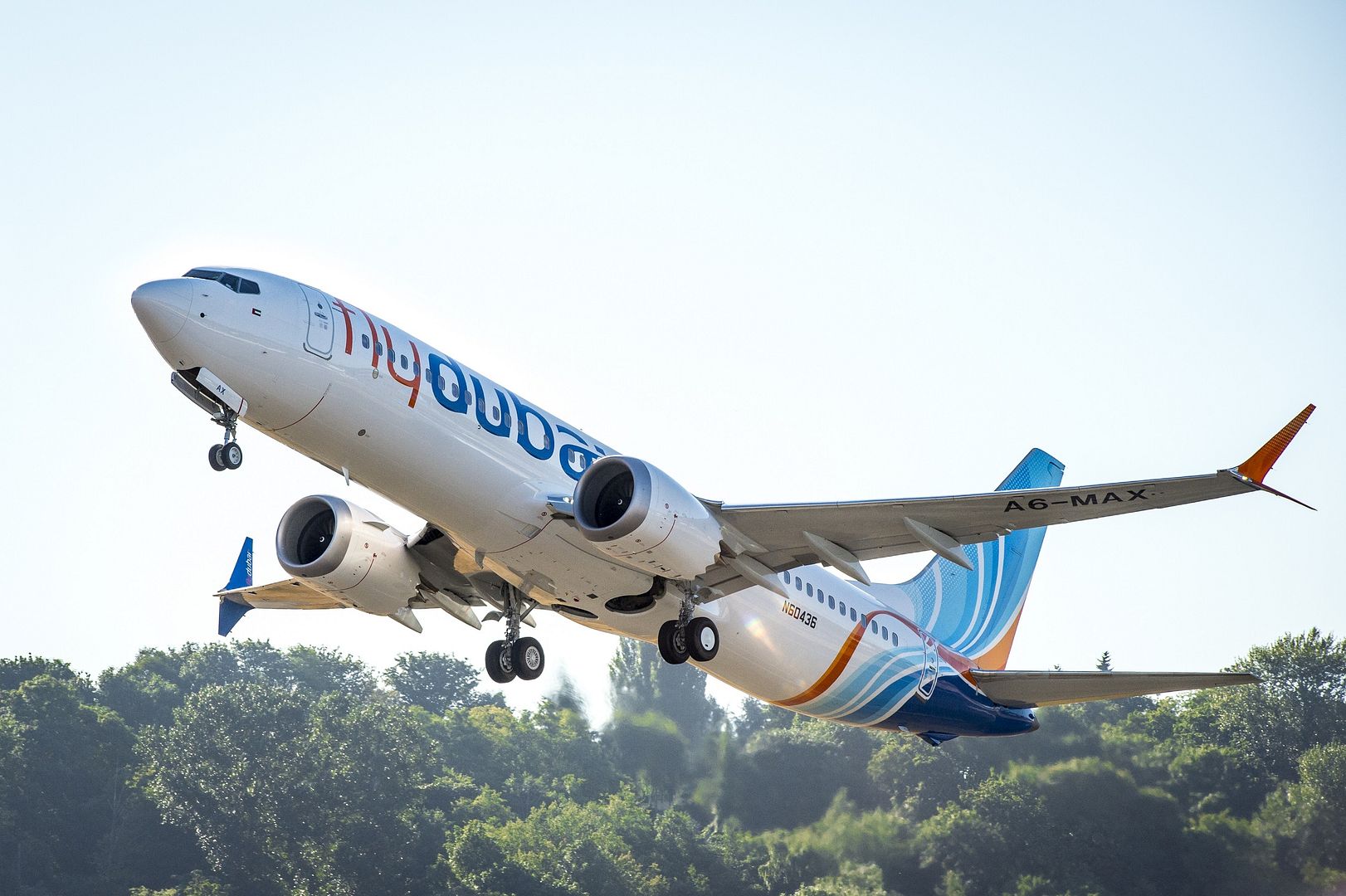
-
 Main AdminA U.S. Air Force B-52 Stratofortress departs after receiving fuel from a 340th Expeditionary Air Refueling Squadron KC-135 Stratotanker during a flight in support of Operation Inherent Resolve July 27, 2017. Despite being in the Air Force inventory for more than 50 years, B-52s can drop precision-guided weapons. The aircraft's payload capacity of 70,000 pounds can include gravity bombs, cluster bombs, precision-guided missiles and Joint Direct Attack Munitions. (U.S. Air Force photo by Staff Sgt. Michael Battles)
Main AdminA U.S. Air Force B-52 Stratofortress departs after receiving fuel from a 340th Expeditionary Air Refueling Squadron KC-135 Stratotanker during a flight in support of Operation Inherent Resolve July 27, 2017. Despite being in the Air Force inventory for more than 50 years, B-52s can drop precision-guided weapons. The aircraft's payload capacity of 70,000 pounds can include gravity bombs, cluster bombs, precision-guided missiles and Joint Direct Attack Munitions. (U.S. Air Force photo by Staff Sgt. Michael Battles)
A U.S. Air Force F-22 Raptor departs after receiving fuel from a KC-135 Stratotanker assigned to the 340th Expeditionary Air Refueling Squadron during a mission in support of Operation Inherent Resolve, July 27, 2017. The F-22 is a component of the Global Strike Task Force, supporting U.S. and Coalition forces working to liberate territory and people under the control of ISIS. (U.S. Air Force photo by Staff Sgt. Michael Battles)
A French air force Airbus A400M Atlas taxies after arriving at Joint Base Lewis-McChord, Wash., July 30, 2017, in support of Mobility Guardian. More than 3,000 Airmen, Soldiers, Sailors, Marines and international partners converged on the state of Washington in support of Mobility Guardian. The exercise is intended to test the abilities of the Mobility Air Forces to execute rapid global mobility missions in dynamic, contested environments. Mobility Guardian is Air Mobility Command's premier exercise, providing an opportunity for the Mobility Air Forces to train with joint and international partners in airlift, air refueling, aeromedical evacuation and mobility support. The exercise is designed to sharpen Airmen?s skills in support of combatant commander requirements. (U.S. Air Force photo by Staff Sgt. Kyle Brasier)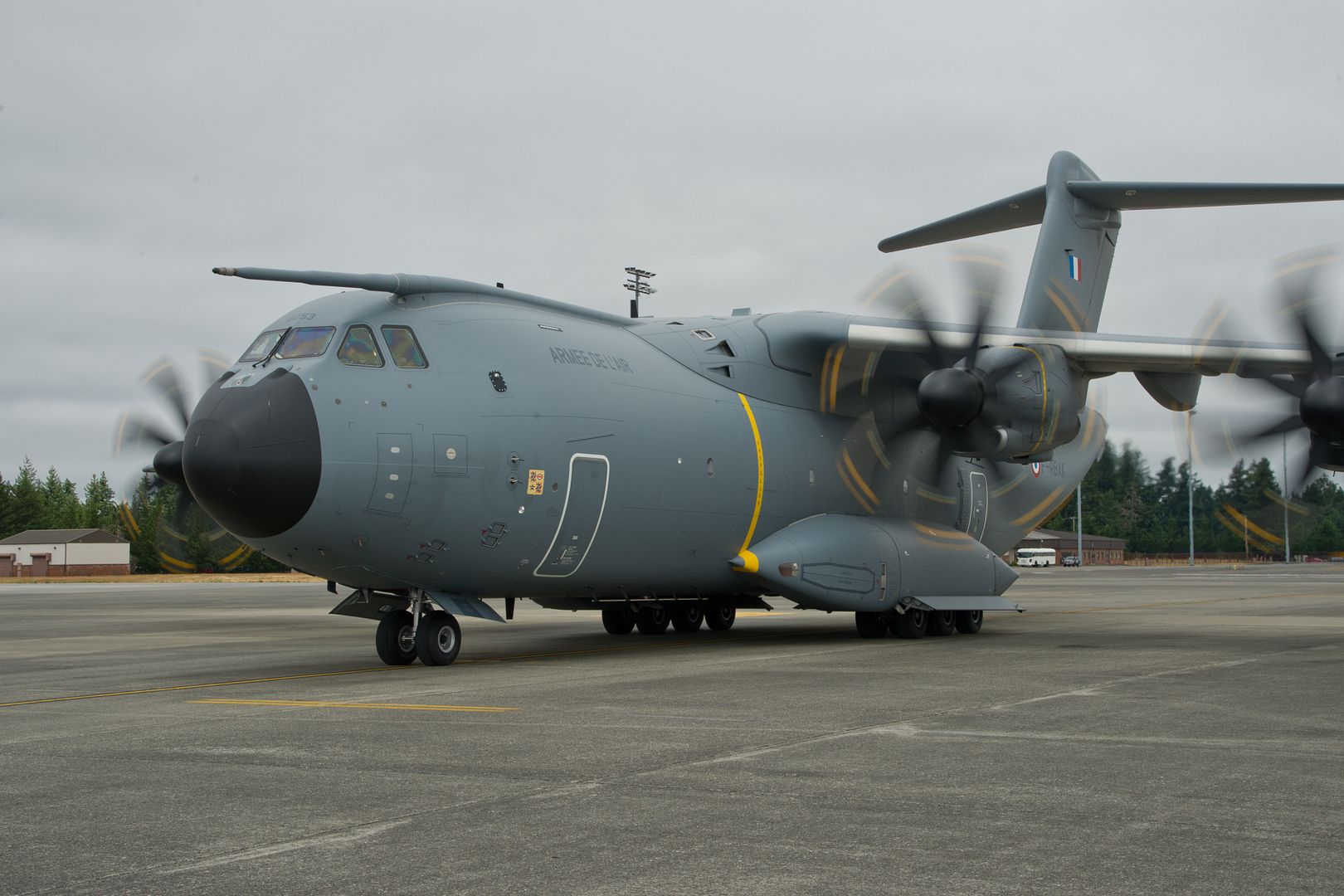
A U.S. Air Force KC-10 Extender with the 305th Air Mobility Wing, Joint Base Dix-McGuire-Lakehurst N.J., taxies past Mount Rainer after landing at Joint Base Lewis-McChord Wash., July 31, 2017. More than 3,000 Airmen, Soldiers, Sailors, Marines and international partners converged on the state of Washington in support of Mobility Guardian. The exercise is intended to test the abilities of the Mobility Air Forces to execute rapid global mobility missions in dynamic, contested environments. Mobility Guardian is Air Mobility Command's premier exercise, providing an opportunity for the Mobility Air Forces to train with joint and international partners in airlift, air refueling, aeromedical evacuation and mobility support. The exercise is designed to sharpen Airmen?s skills in support of combatant commander requirements. (U.S. Air Force photo by Tech. Sgt. Jared Becker)(U.S. Air Force photo by Tech. Sgt. Jared Becker)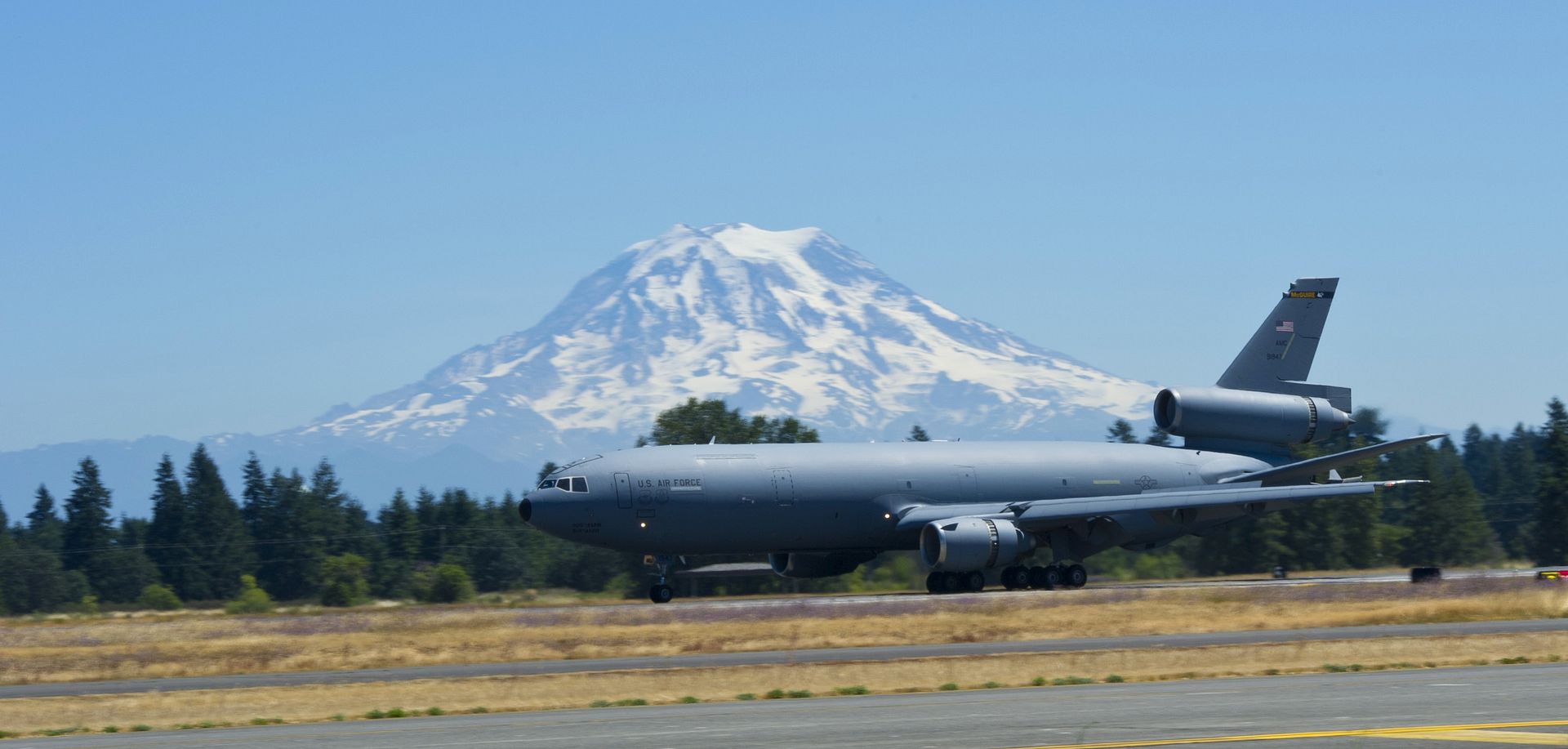
A CH-53 Super Stallion with Marine Heavy Helicopter Squadron (HMH) 462, 3rd Marine Aircraft Wing, forward deployed as part of the unit deployment program, with 1st Marine Aircraft Wing, conducts an aerial refueling with a C-130 off the coast of Okinawa, Japan, July 31, 2017. HMH-462 conducted an aerial refueling exercise to further their knowledge and operational readiness in multiple environments. (U.S. Marine Corps photo by MCIPAC Combat Camera Lance Cpl. Christian J. Robertson)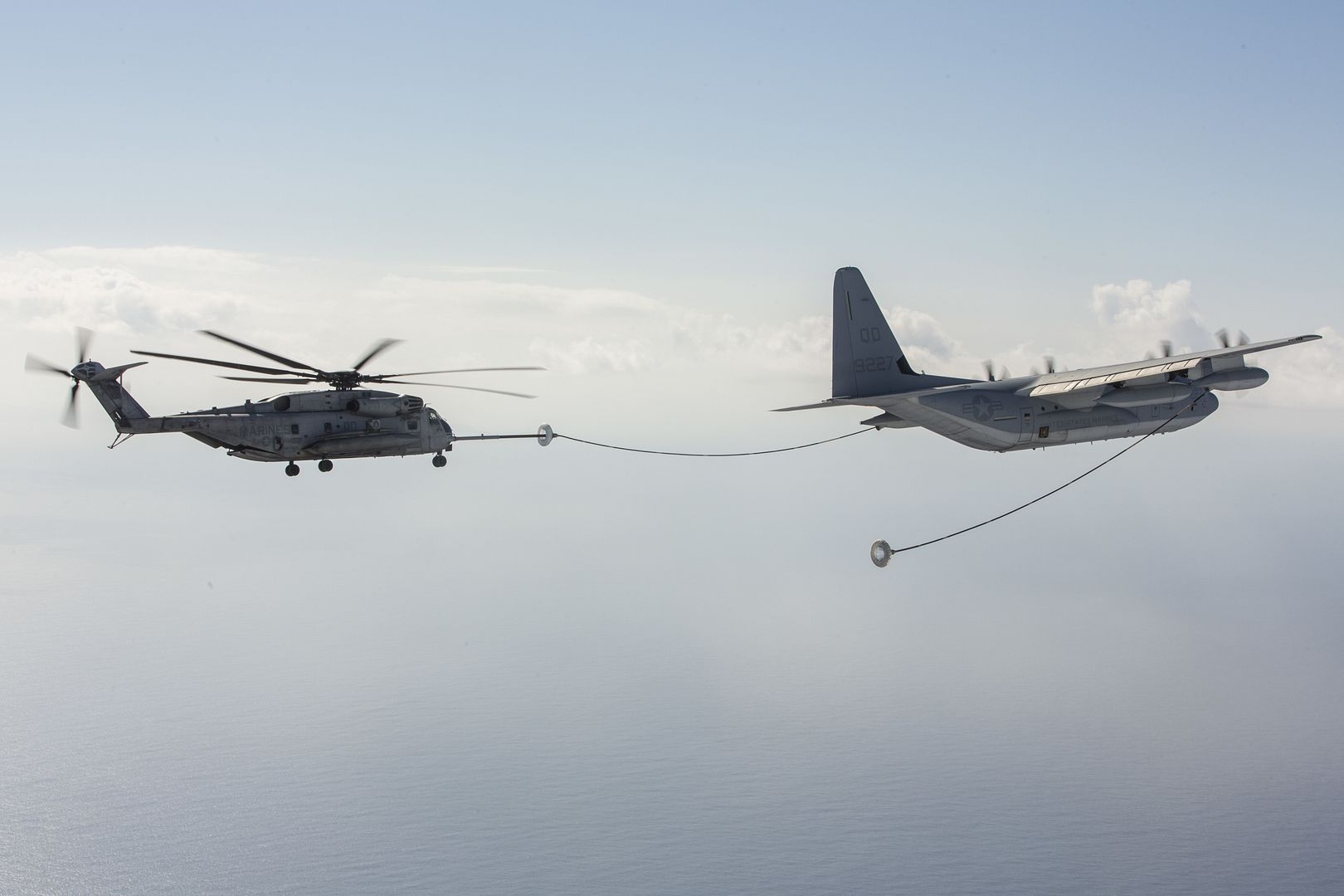
PACIFIC OCEAN (July 31, 2017) An E/A-18G Growler assigned to the "Vikings" of Electronic Attack Squadron (VAQ) 129 makes an arrested landing aboard the Nimitz-class aircraft carrier USS Carl Vinson (CVN 70). Carl Vinson is underway conducting carrier qualifications off the coast of Southern California. (U.S. Navy photo by Midshipman 3rd Class Noah P. Rodman/Released)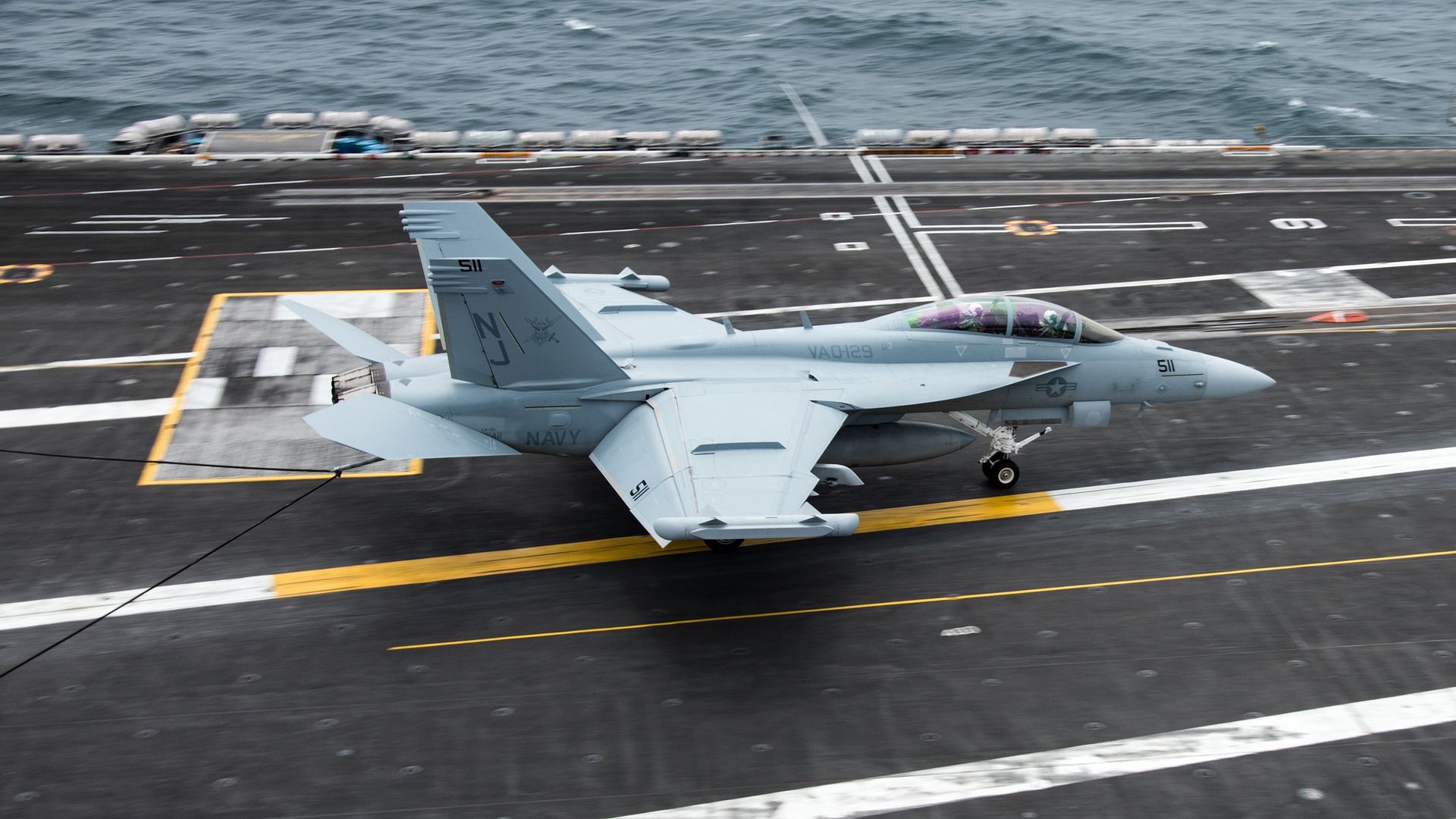
PACIFIC OCEAN (July 31, 2017) An F/A-18F Super Hornet assigned to the ?Flying Eagles? of Strike Fighter Squadron (VFA) 122 launches from the Nimitz-class aircraft carrier USS Carl Vinson (CVN 70). Carl Vinson is underway conducting carrier qualifications off the coast of Southern California. (U.S. Navy photo by Mass Communication Specialist 3rd Class Matt Brown/Released)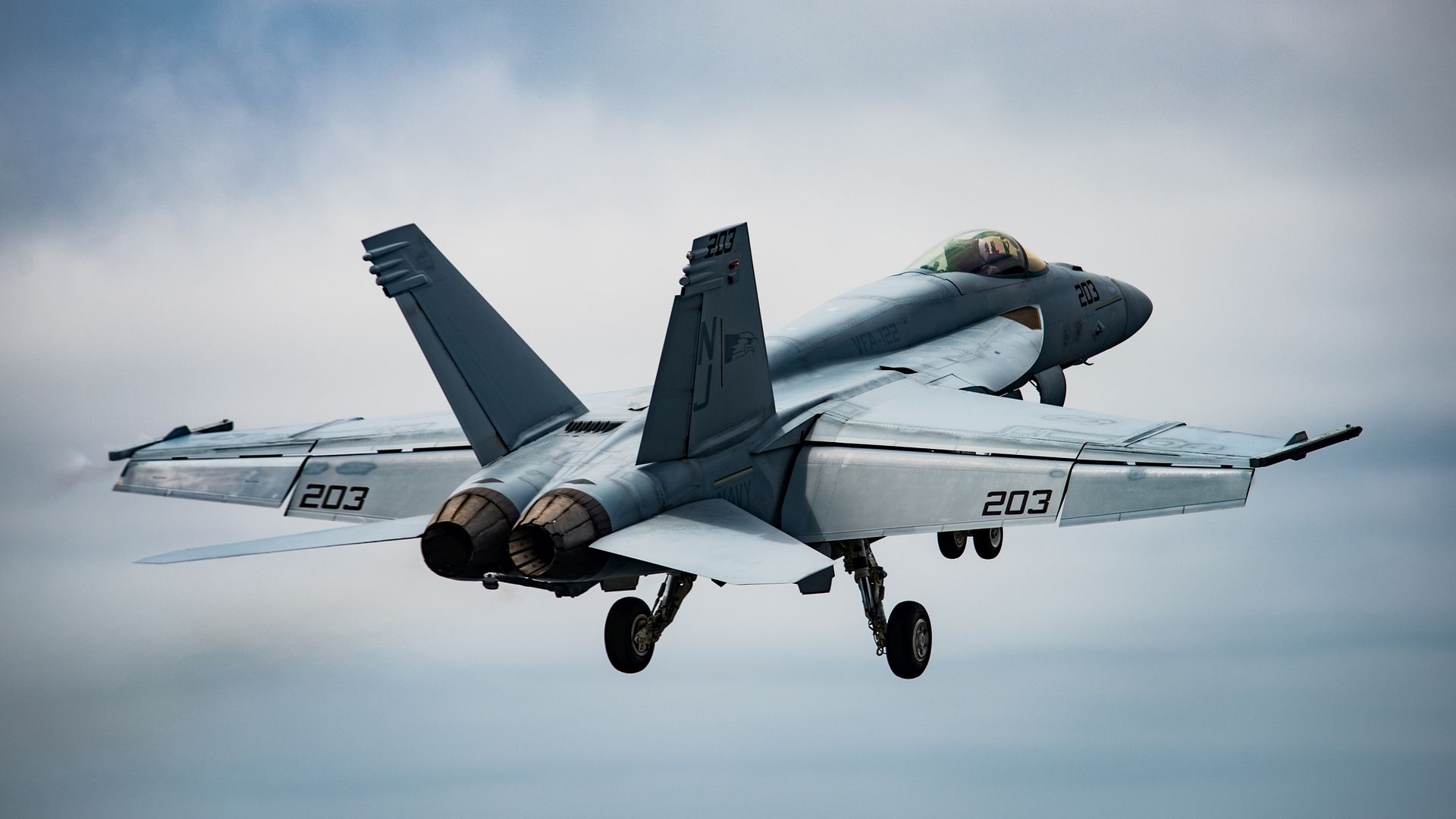
Singapore fighter jets to train in New Zealand
A Republic of Singapore Air Force flying training exercise hosted by the Royal New Zealand Air Force will take place at the Ohakea Air Force base from 30 August to 25 September, says Defence Minister Mark Mitchell.
Mr Mitchell says the deployment will include six F-16D+ fighter jets, about 110 personnel and associated support equipment. The contingent will be based at Ohakea but will carry out training missions throughout New Zealand, including day and night flying, using New Zealand air weapons ranges, and conducting other training at both high and low altitude.
?Singapore is one of our closest Defence partners. All three Services of the New Zealand Defence Force regularly train and exercise with their Singaporean counterparts, and it will be a pleasure to welcome this group to New Zealand,? Mr Mitchell says.
?Our two countries have an active agreement to explore opportunities for further military co-operation and training and this exercise aligns perfectly with that.?
Mr Mitchell says Singapore has also asked the New Zealand Government to consider accommodating F-15SG fighter jet training at Ohakea long-term.
?At the moment both countries are carrying out a range of studies to enable everyone to make an informed decision on a possible proposal. But we have similar values and it could be a good fit.
?This exercise is timely, in that it will provide valuable data for the process and how basing F15s at Ohakea might work for our Air Force.
?The Government is committed to following a good process and is firmly committed to work closely on this with local communities through their mayors and councils. That engagement has already begun.
?There is a lot of work to be done before the possibility could come to fruition and I look forward to a productive partnership with local government in that work,? Mr Mitchell says.
-
 Main AdminU.S. Air Force F-22 Raptors depart after receiving fuel from a KC-135 Stratotanker during a mission in support of Operation Inherent Resolve July 31, 2017. The F-22 is a component of the Global Strike Task Force, supporting U.S. and Coalition forces working to liberate territory and people under the control of ISIS. (U.S. Air Force photo's by Staff Sgt. Michael Battles)
Main AdminU.S. Air Force F-22 Raptors depart after receiving fuel from a KC-135 Stratotanker during a mission in support of Operation Inherent Resolve July 31, 2017. The F-22 is a component of the Global Strike Task Force, supporting U.S. and Coalition forces working to liberate territory and people under the control of ISIS. (U.S. Air Force photo's by Staff Sgt. Michael Battles)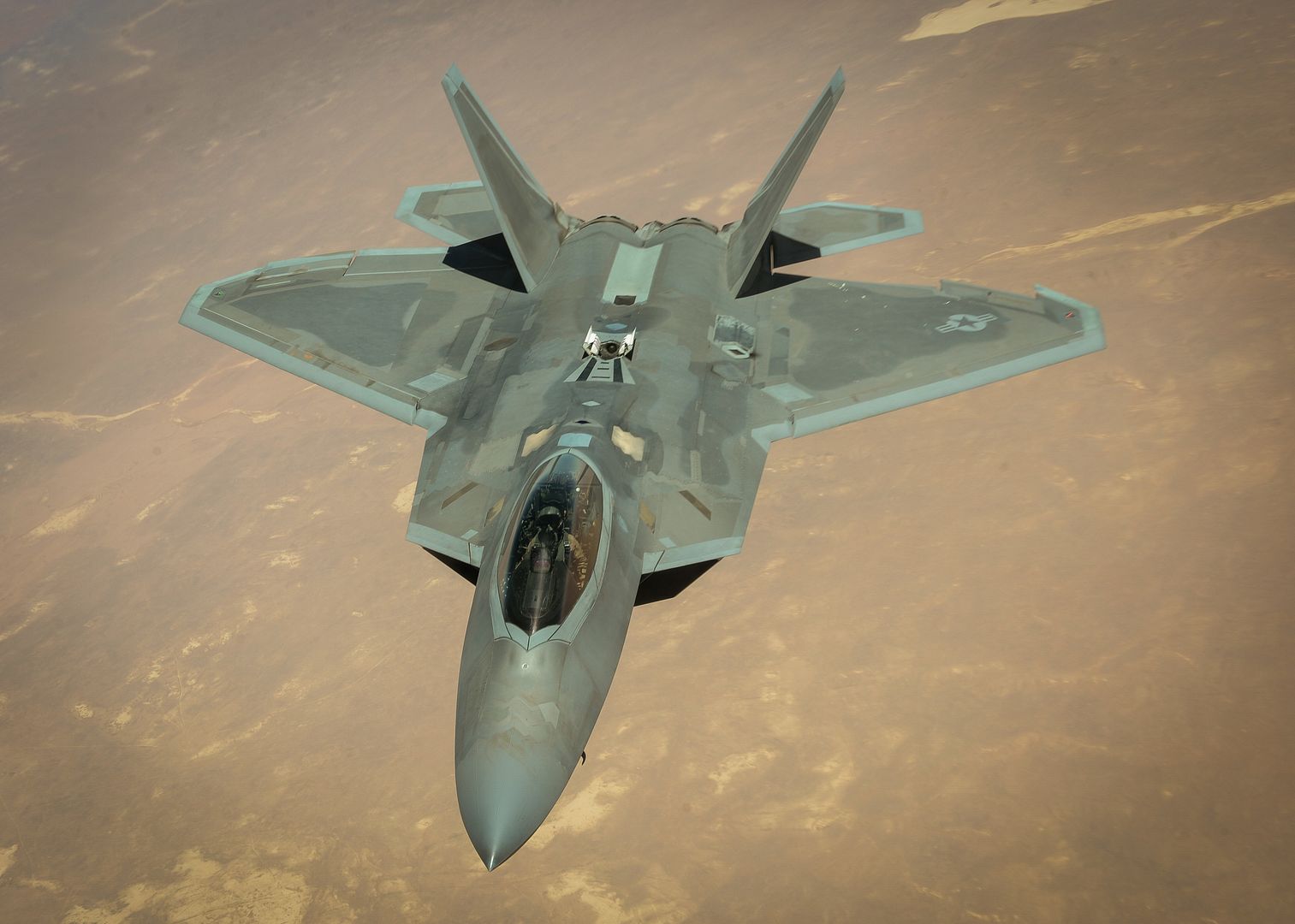

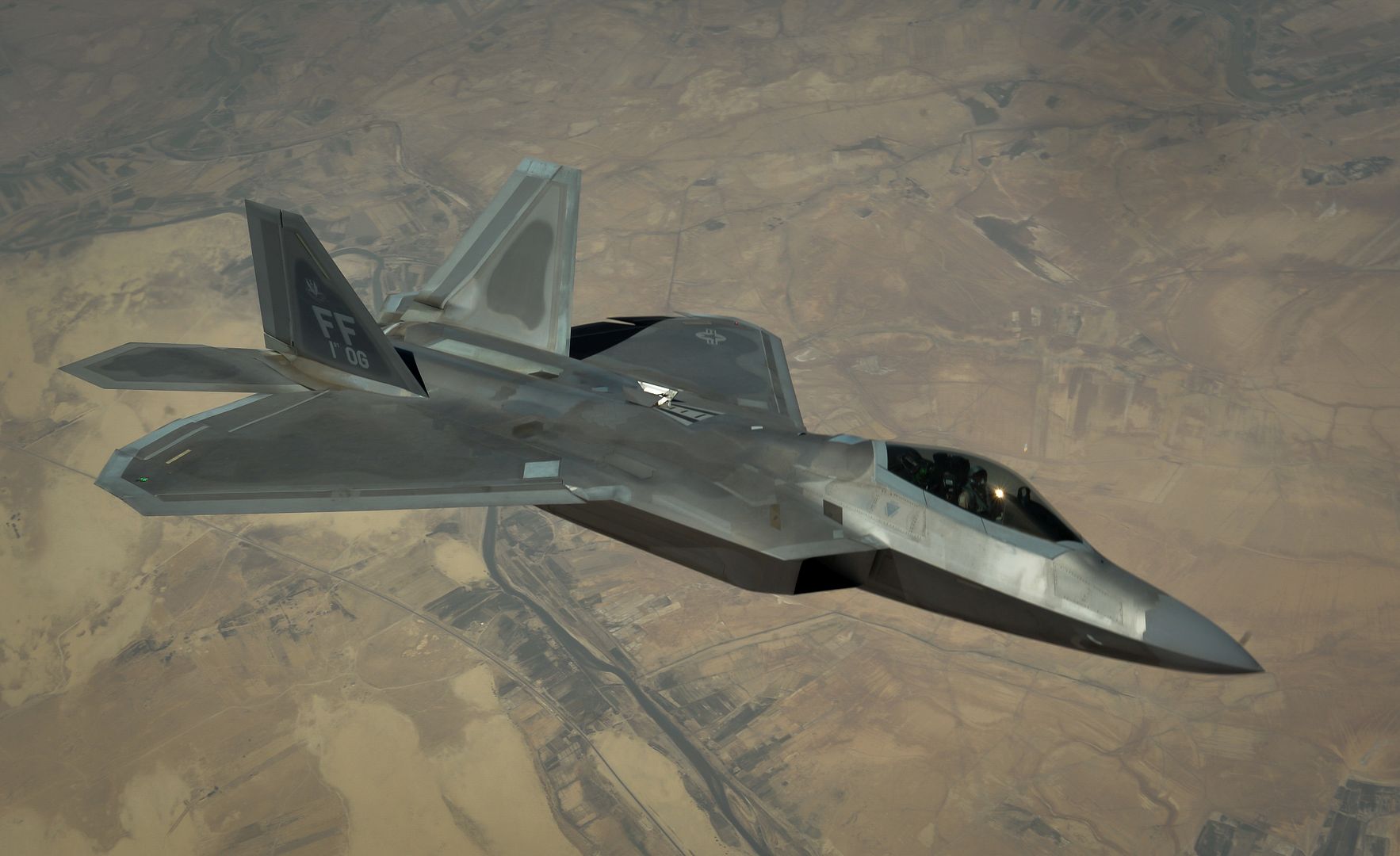
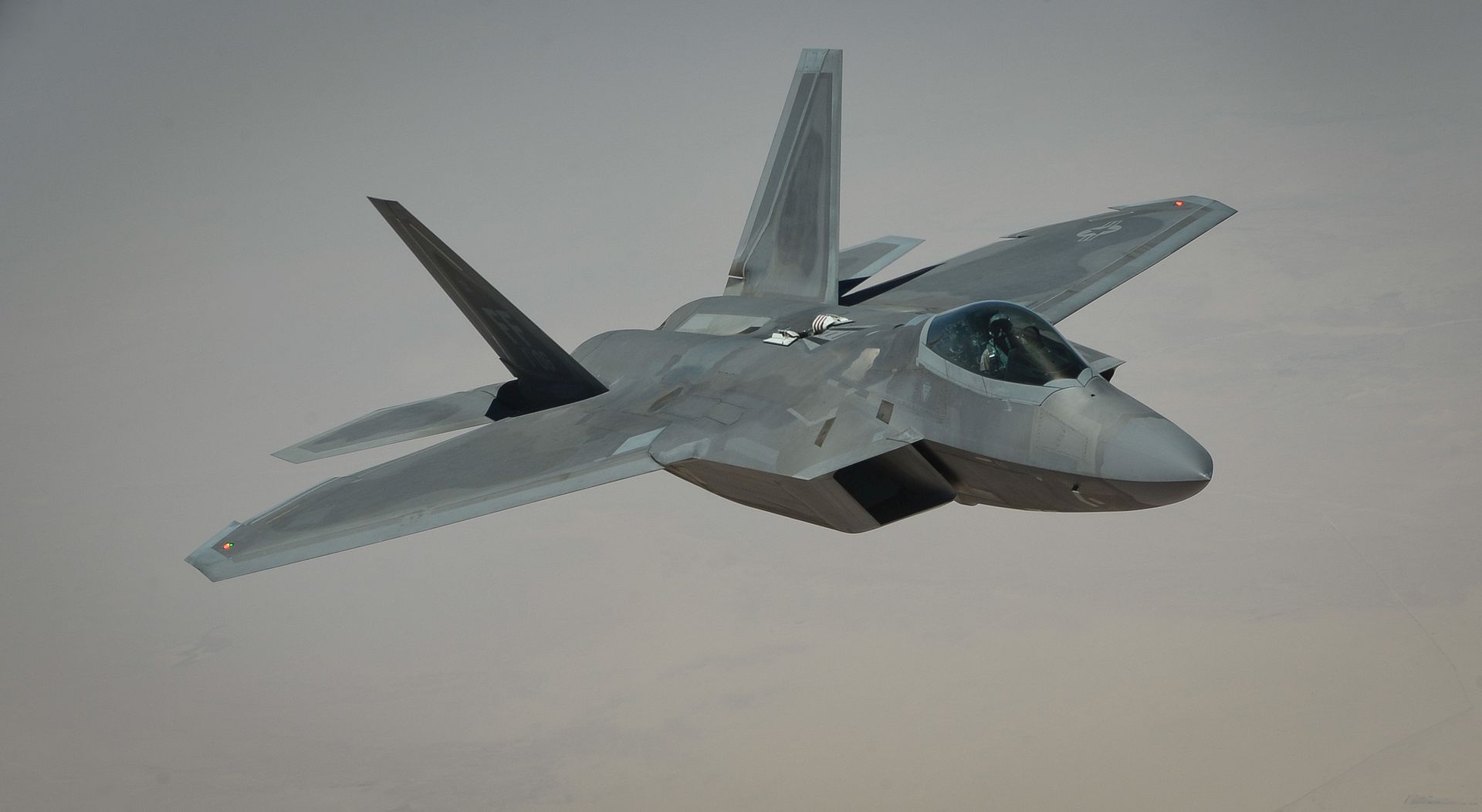
ATLANTIC OCEAN (July 28, 2017) An F/A-18F Super Hornet assigned to Air Test and Evaluation Squadron (VX) 23 approaches the aircraft carrier USS Gerald R. Ford (CVN 78). The aircraft carrier is underway conducting test and evaluation operations.(U.S. Navy photo by Erik Hildebrandt/Released)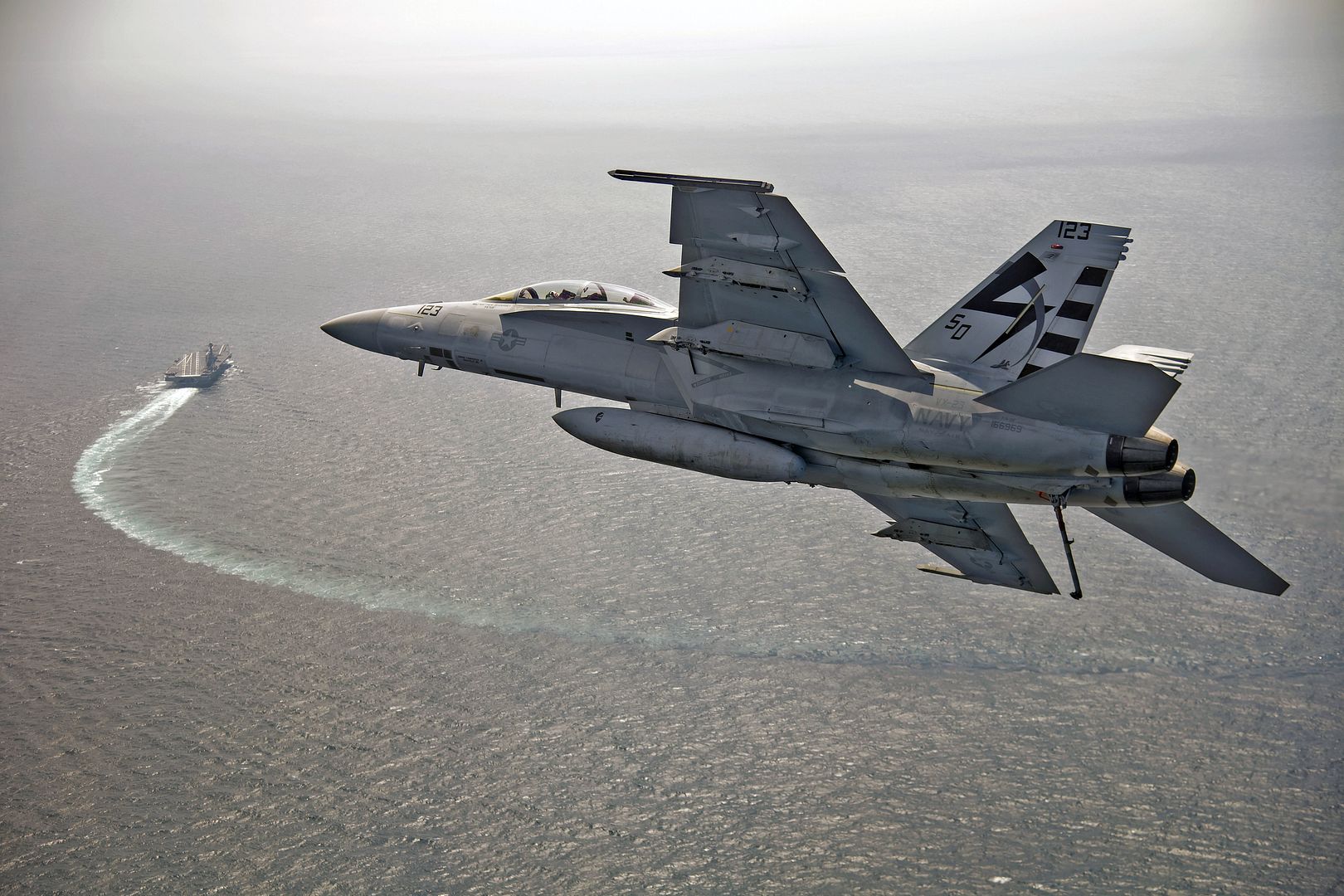
ATLANTIC OCEAN (July 28, 2017) An F/A-18F Super Hornet assigned to Air Test and Evaluation Squadron (VX) 23 flies over the aircraft carrier USS Gerald R. Ford (CVN 78). The aircraft carrier is underway conducting test and evaluation operations.(U.S. Navy photo by Erik Hildebrandt/Released)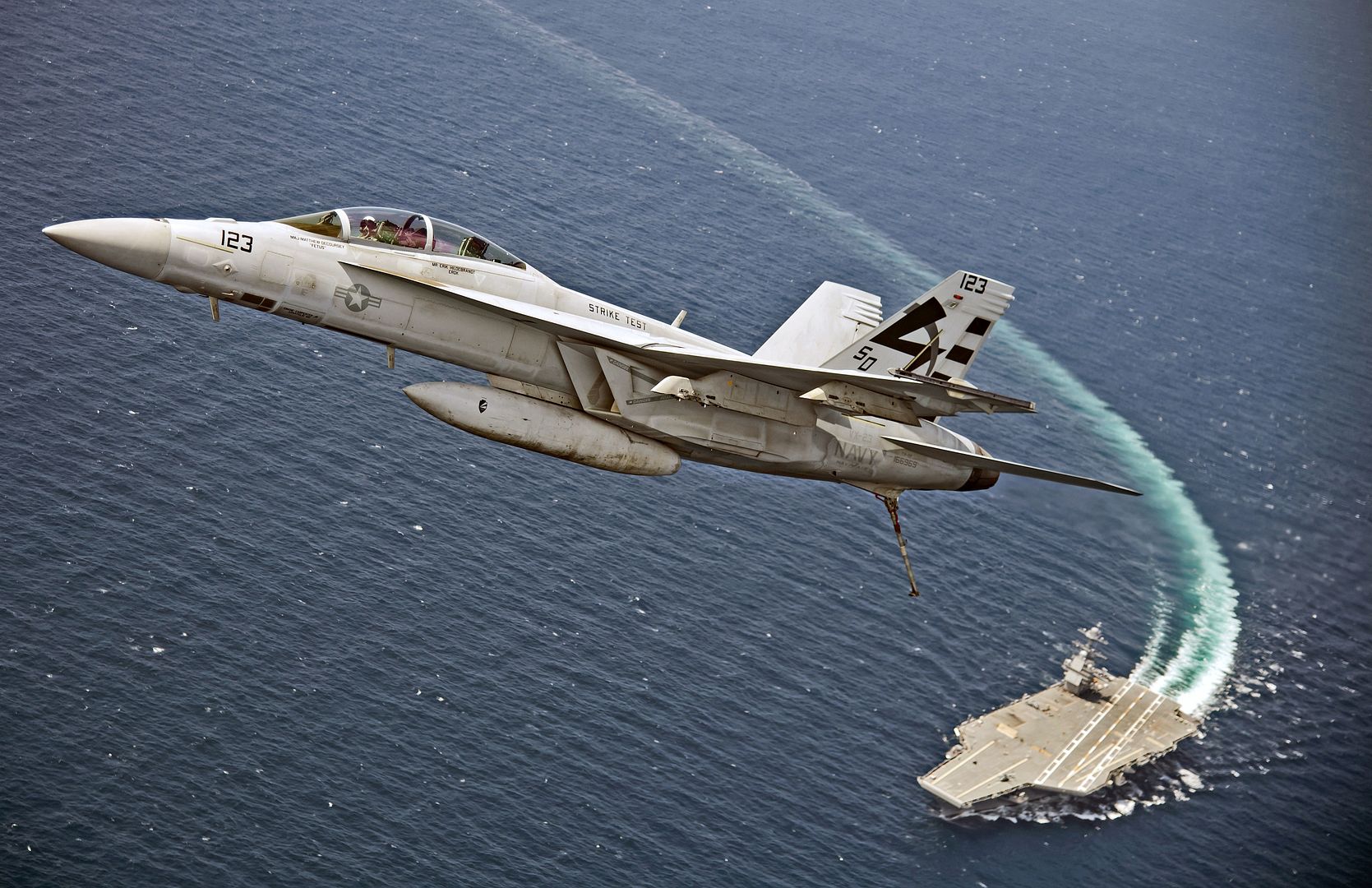
MONTANA (July 31, 2017)
The U.S. Navy flight demonstration squadron, the Blue Angels, conduct aerial refueling operations with a KC-135 Stratotanker assigned to the 128th Air Refueling Wing, Wisconsin Air National Guard, as the Blue Angels transit to Seattle, Wash., for the 2017 Boeing Seafair Air Show. The Blue Angels are scheduled to perform more than 60 demonstrations at more than 30 locations across the U.S. in 2017. U.S. Navy photo by Mass Communication Specialist 1st Class Daniel M. Young (Released)
SEATTLE, Aug. 3, 2017 /PRNewswire/ -- Boeing [NYSE:BA] and BOC Aviation Limited [HKEx: 2588] have finalized a deal for 10 737 MAX 10 airplanes. The announcement, first made at the 2017 Paris Air Show, is valued at approximately $1.25 billion at list prices.
"We are pleased to be adding the Boeing 737 MAX10 aircraft to our future delivery pipeline, which offers airlines greater capacity combined with excellent operating costs and fuel efficiency," said Robert Martin, Managing Director and Chief Executive Officer of BOC Aviation. "As a launch customer for the programme, this demonstrates the strength of our relationship with Boeing and will help us continue to deliver superior solutions for our airline customers."
BOC Aviation joined 15 other companies for the launch of newest version of the 737 MAX family during the Paris Air Show. The Singapore-based lessor has committed to more than 300 Boeing aircraft since its establishment.
"Boeing is thrilled to finalize this deal for 10 737 MAX 10s with BOC Aviation," said Dinesh Keskar, senior vice president, Asia Pacific & India Sales, Boeing Commercial Airplanes. "The 737 MAX 10, with its lowest seat costs of any airplane, will provide superior value to BOC Aviation's customers around the world."
The 737 MAX 10 will be the most profitable single-aisle airplane, offering the lowest seat costs ever. Like Boeing's other 737 MAX models, the MAX 10 incorporates the latest technology CFM International LEAP-1B engines, Advanced Technology winglets and other improvements to deliver the highest efficiency, reliability and passenger comfort in the single-aisle market.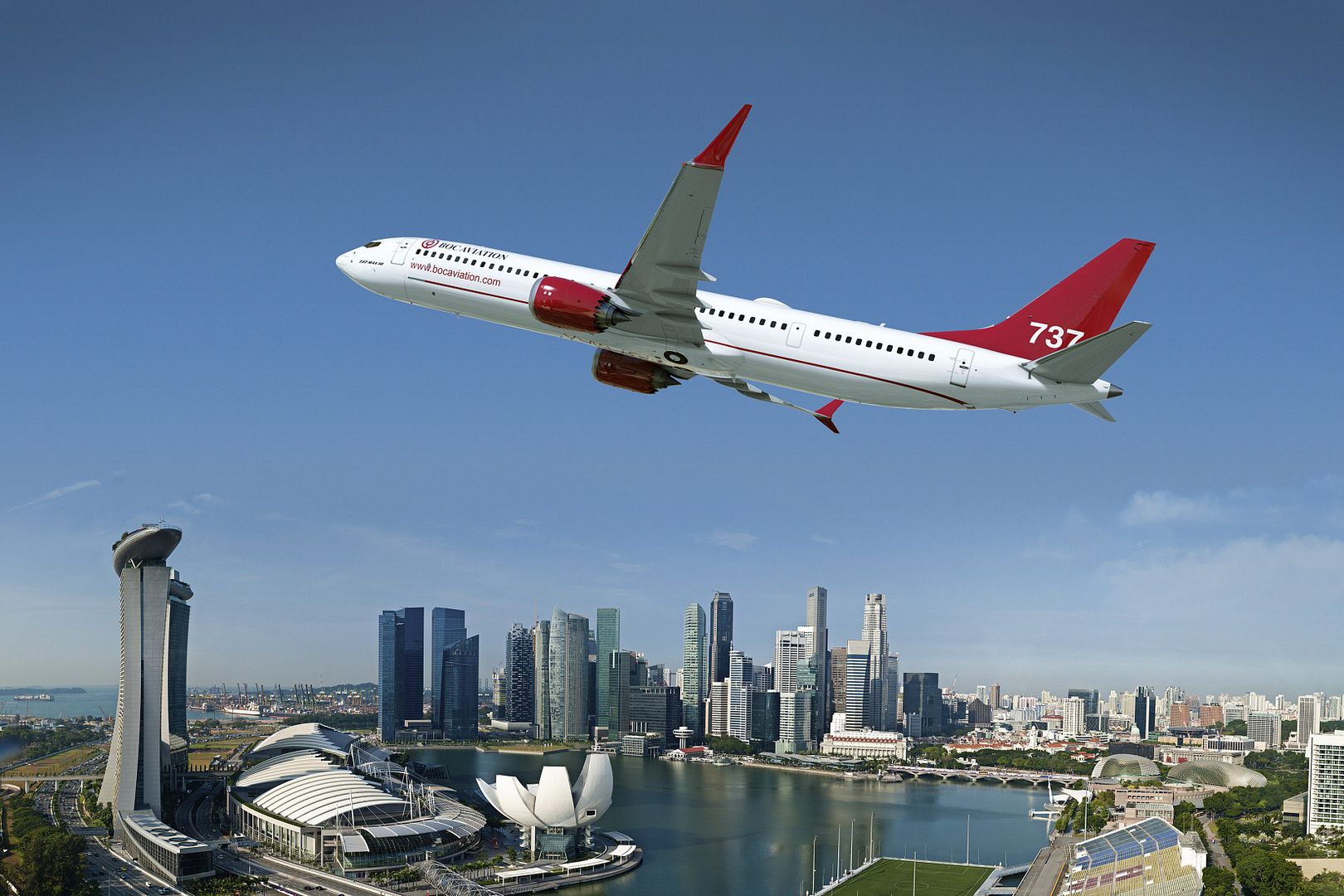
El Calafate, Argentina, August 2, 2017 ? Airbus Perlan Mission II, an initiative to fly a glider without an engine to the edge of space to collect ground-breaking insights on climate change, weather and high-altitude flight, this week reached a new high altitude in its second season of flight testing in El Calafate, Argentina. Pilots Jim Payne, Morgan Sandercock, Tim Gardner and Miguel Iturmendi have soared the pressurized Perlan 2 glider in a series of flights reaching a maximum altitude to date of 32,500 feet.
El Calafate, in the Patagonian region of Argentina, is in one of a few places on earth where a combination of mountain winds and the polar vortex create the world?s highest ?stratospheric mountain waves? ? rising air currents that Perlan pilots believe can eventually carry their experimental aircraft to the edge of space.
Over the next two months, the all-volunteer exploration team sponsored by Airbus will seek for the rare waves in an attempt to break the world gliding altitude record of 50,727 feet, set by Einar Enevoldsen and Steve Fossett in Perlan 1 in 2006. Along the way, the aircraft will continue to collect scientific data on the atmosphere made possible by the Perlan 2 aircraft?s unique attributes.
?Just last month the world witnessed another reminder of the importance of understanding climate change, with the fracture from the Antarctic ice shelf of an iceberg the size of the state of Delaware,? said Perlan Project CEO Ed Warnock. ?Airbus Perlan Mission II will allow us to study a range of atmospheric phenomenon that ultimately will give us more accurate models of our upper atmosphere and the climatic changes that matter to every world citizen.?
The engineless design of the Perlan 2 sail plane enables it to collect uncontaminated air samples from a range of altitudes. Unlike a weather balloon, it can be steered, can stay in one area, and can take off and land in the same location.
Besides studying factors influencing climate change, Airbus Perlan Mission II will also provide insights into high altitude turbulence and radiation effects on pilots and aircraft.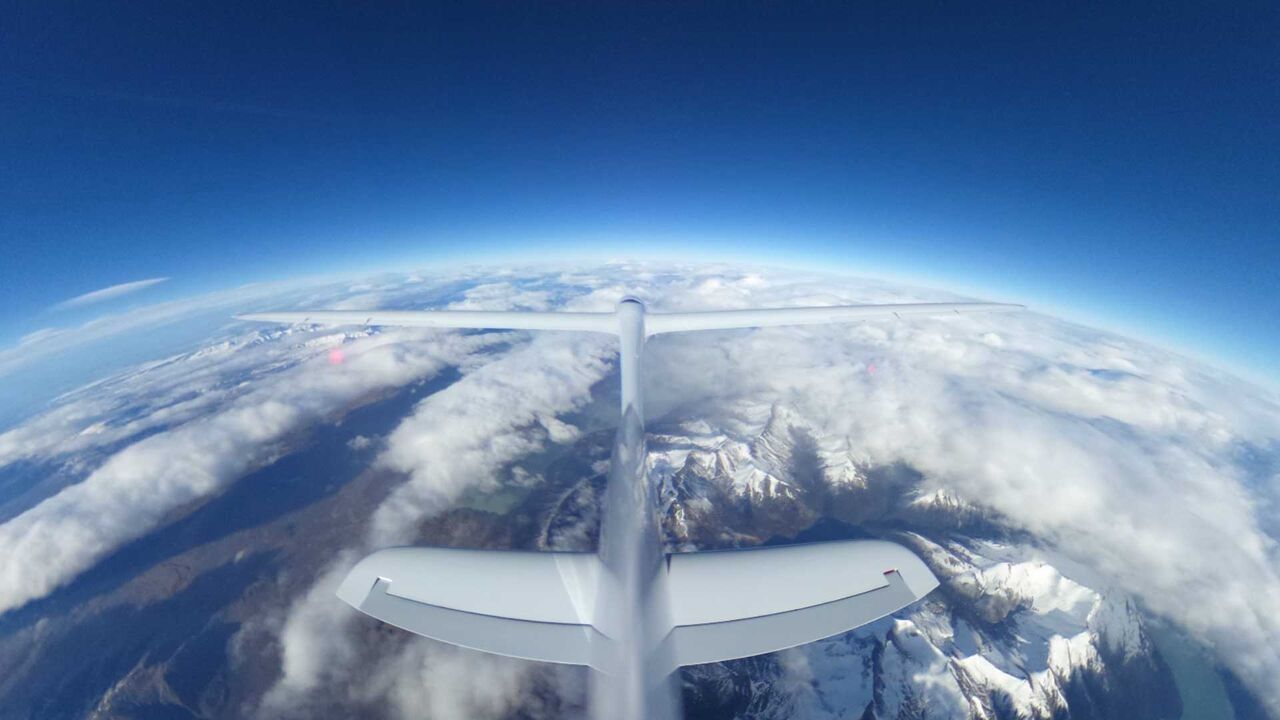
?As demand for air travel rises, and we are faced with questions about how to safely and more efficiently transport a growing population, the insights that Airbus Perlan Mission II will be collecting are invaluable,? said Allan McArtor, Chairman of Airbus Americas. ?Perlan?s discoveries will help us shape the future of aerospace with innovations related to design and engineering, more efficient air travel and even aviation science related to travel on Mars.?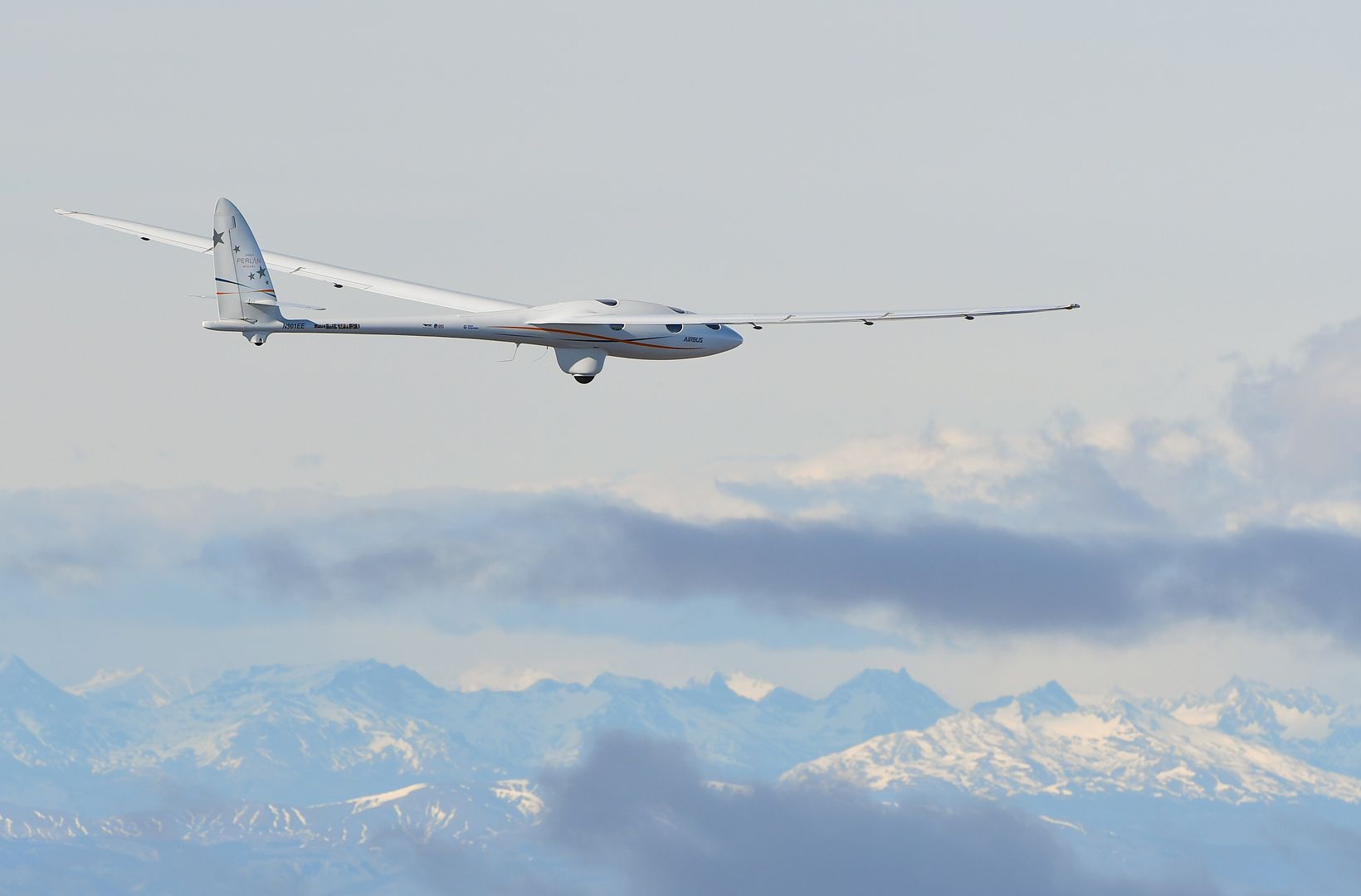
02/08/2017 ? CHC Helicopter will today take delivery of its first H175 for use in offshore oil and gas operations. The aircraft has been delivered in full offshore passenger transport configuration, allowing CHC to begin training and adjustment from the operator?s base at Aberdeen, ahead of operational launch in August 2017.
Based at CHC Helicopter?s site in Aberdeen, Scotland, the H175 has been configured to carry 16 passengers in offshore oil and gas configuration and will benefit from a nose-to-tail HCare services contract. The HCare contract will help maximise cost efficiencies through coverage for all spare parts and repairable items supplied from Airbus Helicopters? North Sea Fleet Centre, also in Aberdeen.
Dave Balevic, Senior Vice President, Engineering and Operations at CHC Helicopter, said, ?The H175 allows us to continue to refine our global fleet to meet the unique needs of our customers while offering the latest aircraft technology and capabilities.?
Today, a global fleet of 15 H175 have flown more than 12,000 hours, with 13 flying oil and gas missions ? the majority of these in the North Sea with one operating in the Gulf of Mexico. The H175 has a maximum take-off weight (MTOW) of nearly 8 tonnes and is designed to provide unmatched efficiency across a range of missions, including utility, VIP transport, oil and gas and search and rescue. Equipped with Helionix, Airbus Helicopters? integrated suite of advanced avionics and 4-axis autopilot, the H175 offers enhanced situational awareness and improved operational safety by helping to reduce pilot workload and increasing mission flexibility.
Ben Bridge, EVP Global Business at Airbus Helicopters said, ?CHC will benefit from the enhanced flexibility the H175 offers, helping to smoothly and efficiently transport up to 16 passengers to North Sea offshore installations.? He added, ?With full glass cockpit, automated systems, spacious cabin and large windows, the H175 represents a major achievement for AH, helping to raise the bar in terms of operational efficiency, safety and comfort in offshore operations?.
With virtually little or no vibration at cruise speeds of 150 knots and maximum speeds of 165 knots, the H175, already in operation with NHV, Pegaso, Babcock and Monacair and is playing a key role supporting the offshore oil and gas industry through the efficiencies that this flexible aircraft brings into service.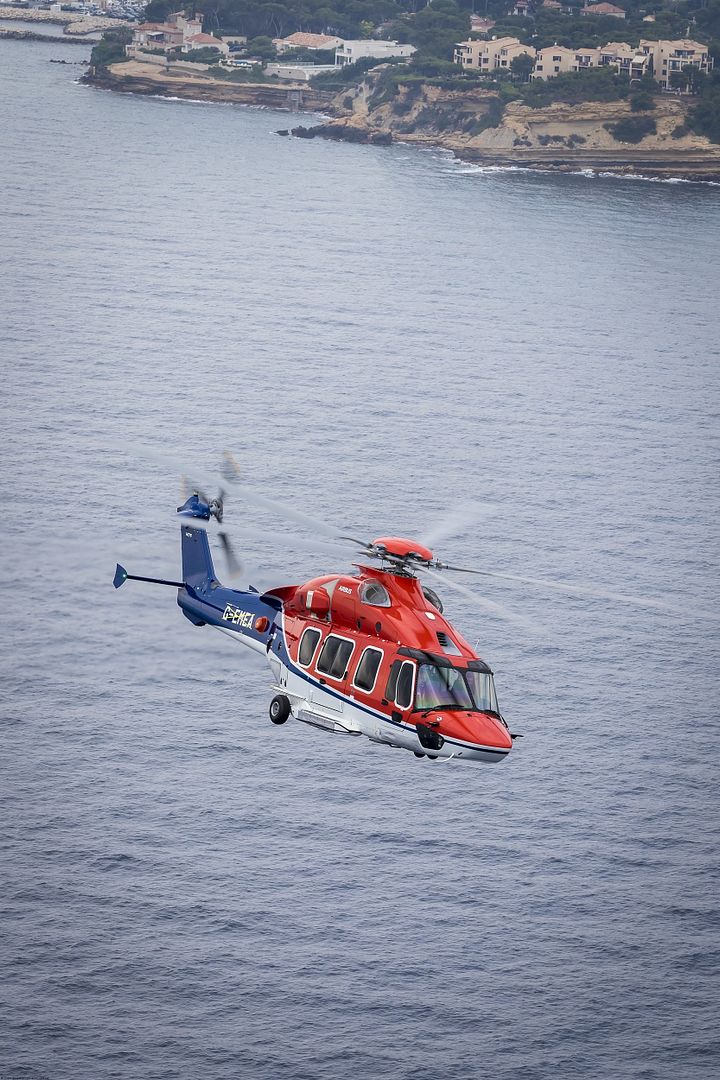
02 August 2017
A Royal Air Force Sentinel R1 aircraft based at RAF Waddington, was today welcomed back following the latest successful mission supporting the coalition in the fight against Daesh in the Middle East.
The 5 (Army Cooperation) Squadron aircraft landed today after eight weeks away where the crew have been supporting coalition operations by supplying information that ensures the strikes carried out by the RAF and other coalition aircraft are accurate.
Wing Commander Chris Melville the officer commanding 5 Squadron said: ?This has been a highly successful deployment by the Squadron and we continue to contribute to the success of the mission. ?. He added: ?It is always difficult to recognise the work of my Squadron due to the sensitive nature of it, but today is an opportunity to publically congratulate them on a job well done.?
During this tour the Iraqi Security forces, together with their coalition allies in the air and on the ground, have successfully recaptured the Iraqi city of Mosul with the 5 Squadron Sentinel playing an important part in the gathering of information to support the ground campaign.
The Sentinel crew used the aircraft?s powerful radar to identify and track numerous targets over great distances, passing the information in near real time to friendly forces. The information gathered was also used by intelligence specialists to conduct in-depth forensic analysis of the data to generate intelligence products that are passed to commanders and decision makers enabling them to plan future operations.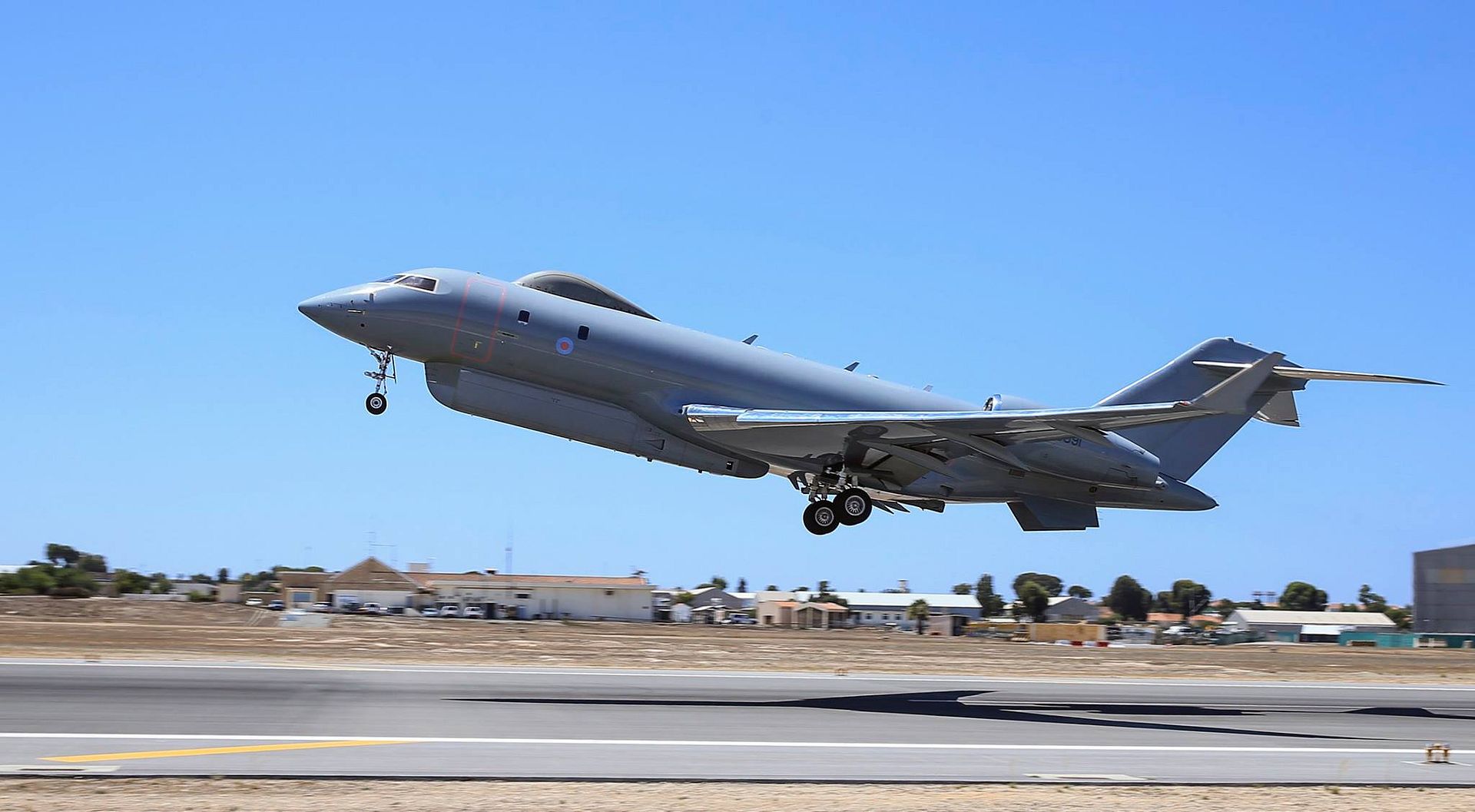
Today?s returning Sentinel aircraft has been deployed in support of operations for two months and during that time was airborne for 235 hours, or the equivalent of nearly 10 days, with the typical sortie lasting for ten hours. During this time the aircraft flew approximately 4200 miles.
Squadron Leader Tom a member of the crew said, ?We are very proud of the work that we collectively do as a Squadron here. It gives the crews immense satisfaction to see the end product of their efforts and the effect of this on current operations.?
-
 Main AdminTech. Sgt. Javier, 380th Aircraft Maintenance Squadron Extender Aircraft Maintenance Unit crew chief, marshals a KC-10 Extender August 3, 2017, at Al Dhafra Air Base, United Arab Emirates. Since April, maintenance Airmen have overcome austere weather and working conditions to enable approximately 5,300 strikes throughout 1,200 sorties. (U.S. Air Force photo by Senior Airman Preston Webb)
Main AdminTech. Sgt. Javier, 380th Aircraft Maintenance Squadron Extender Aircraft Maintenance Unit crew chief, marshals a KC-10 Extender August 3, 2017, at Al Dhafra Air Base, United Arab Emirates. Since April, maintenance Airmen have overcome austere weather and working conditions to enable approximately 5,300 strikes throughout 1,200 sorties. (U.S. Air Force photo by Senior Airman Preston Webb)
Romanian air force IAR 330 helicopters fly in formation during the C?mpia Turzii Air Show in Cluj County, Romania, July. 29, 2017. The air show featured Florida and Louisiana Air National Guard F-15 Eagles, Romanian Mig-21 jet aircraft, IAR 330 helicopters, F-16 Fighting Falcons and other Romanian aircraft. (U.S. Air Force photo by Senior Airman Preston Cherry)
A Romanian air force Mikoyan-Gurevich MiG-21 takes off during the C?mpia Turzii Air Show in Cluj County, Romania, July. 29, 2017. Approximately eight Romanian Mig-21s flew in the air show while performing aerial acrobatics and formations. (U.S. Air Force photo by Senior Airman Preston Cherry)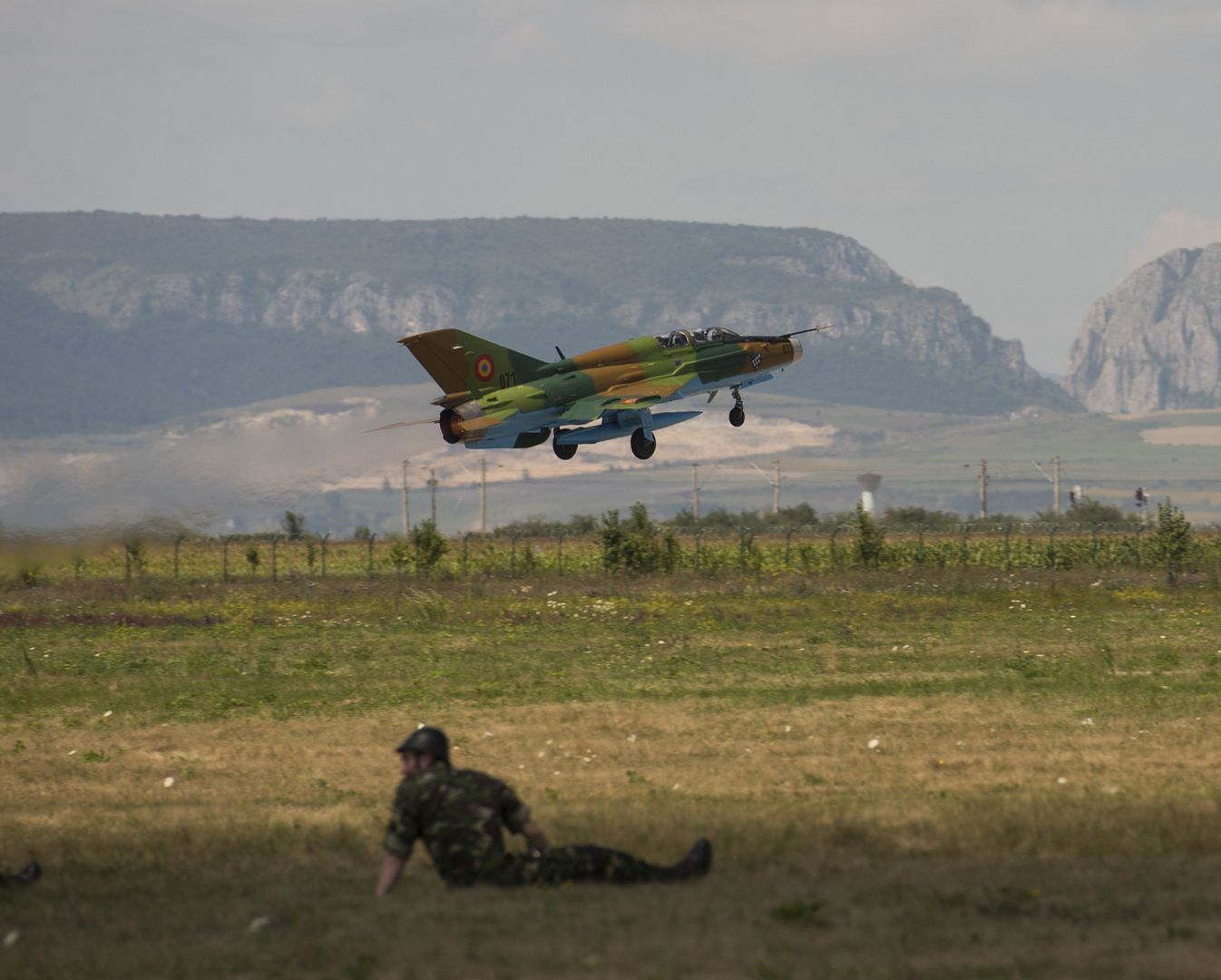
A U.S. Air Force C-17 Globemaster III has equipment ready for offload at Grant County International Airport, Wash., Aug. 2, 2017, in support of Exercise Mobility Guardian. More than 3,000 Airmen, Soldiers, Sailors, Marines and international partners converged on the state of Washington in support of Mobility Guardian. The exercise is intended to test the abilities of the Mobility Air Forces to execute rapid global mobility missions in dynamic, contested environments. Mobility Guardian is Air Mobility Command's premier exercise, providing an opportunity for the Mobility Air Forces to train with joint and international partners in airlift, air refueling, aeromedical evacuation and mobility support. The exercise is designed to sharpen Airmen?s skills in support of combatant commander requirements. (U.S. Air Force photo by Staff Sgt. Kyle Brasier)
A C-5M Super Galaxy?s landing gear retracts moments after takeoff Aug. 2, 2017, at Dover Air Force Base, Del. An Air Mobility Command commander directive halted all C-5M flying operations at Dover AFB following two C-5M nose landing gear malfunctions within a 60-day period during landings at Naval Air Station Rota, Spain. (U.S. Air Force photo by Senior Airman Zachary Cacicia)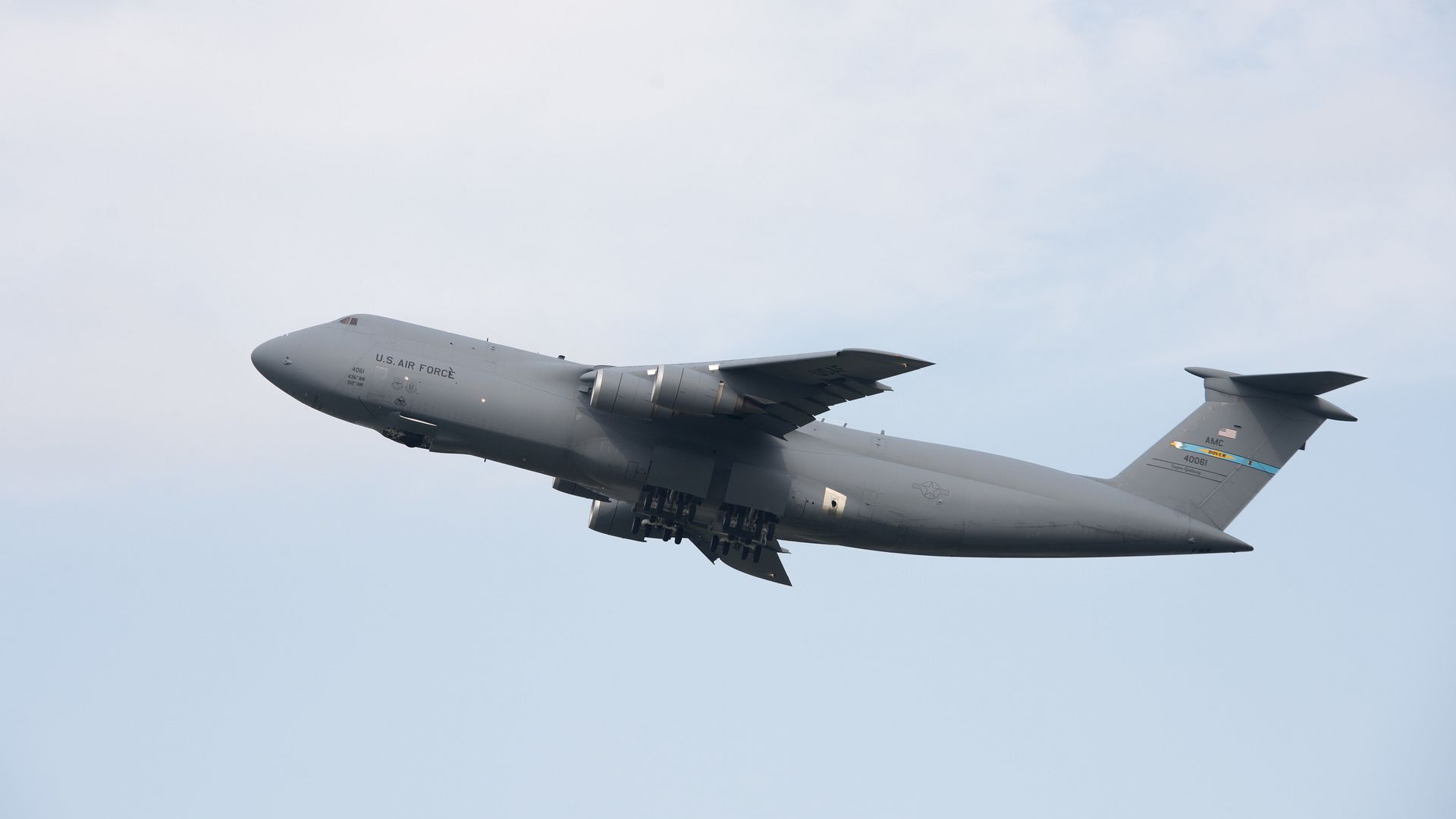
A C-17 Globemaster III flies into hazy skies, where smoke from the British Columbia, Canada wildfires blanket northwest Washington, Joint Base Lewis-McChord, Wash., Aug. 2,2017. The smoke has resulted in a burn ban for the Tacoma area and has created visibility concerns for those participating in Mobility Guardian. More than 3,000 Airmen, Soldiers, Sailors, Marines and international partners converged on the state of Washington in support of Mobility Guardian. The exercise is intended to test the abilities of the Mobility Air Forces to execute rapid global mobility missions in dynamic, contested environments. Mobility Guardian is Air Mobility Command's premier exercise, providing an opportunity for the Mobility Air Forces to train with joint and international partners in airlift, air refueling, aeromedical evacuation and mobility support. The exercise is designed to sharpen Airmen?s skills in support of combatant commander requirements. (U.S. Air Force photo by Tech. Sgt. Jodi Martinez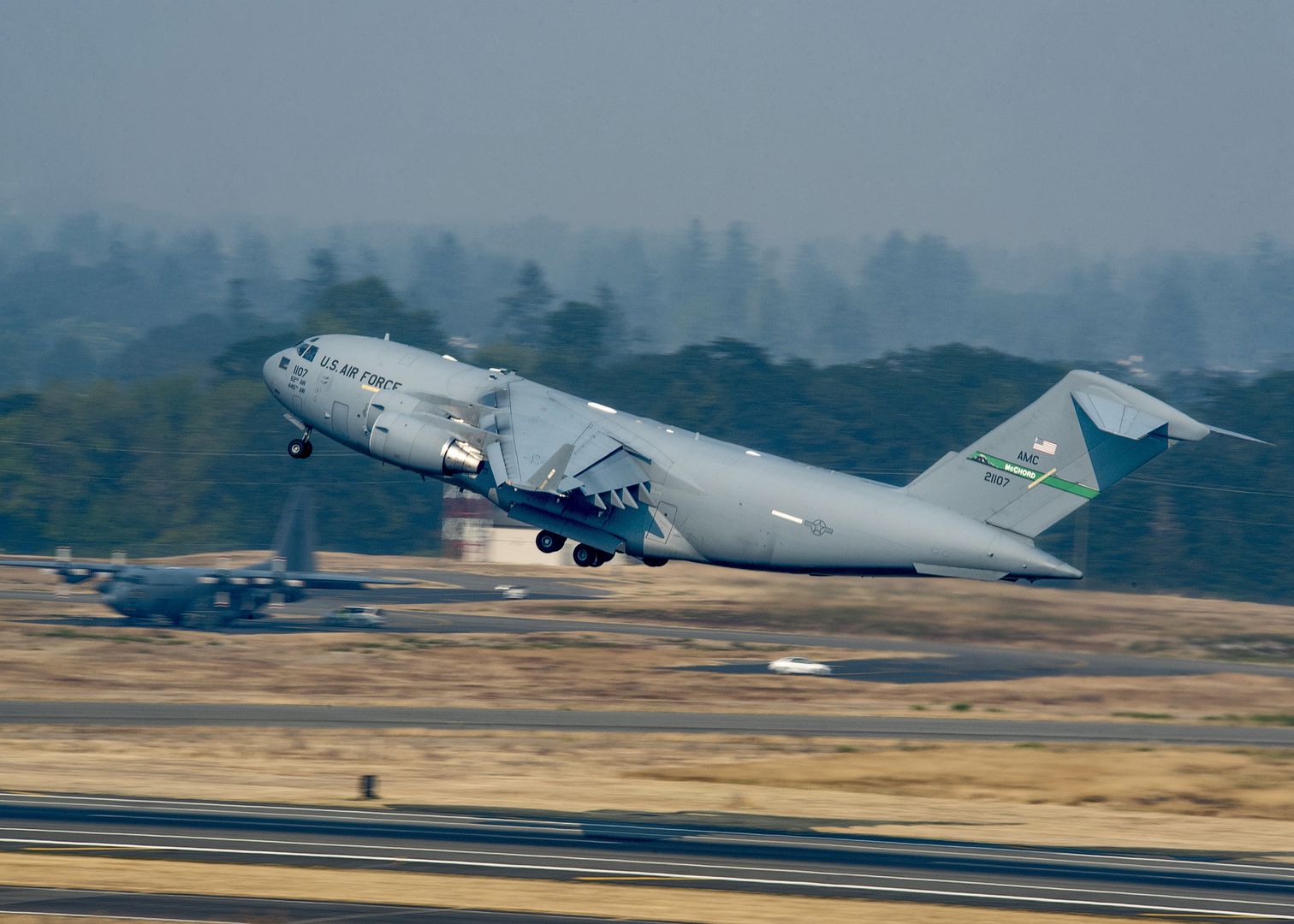
A U.S. Air Force E-8C Joint Surveillance Target Attack Radar System departs after receiving fuel from a 340th Expeditionary Air Refueling Squadron KC-135 Stratotanker during a flight in support of Operation Inherent Resolve Aug. 2, 2017. The JSTARS is an airborne battle management, command and control, intelligence, surveillance and reconnaissance platform. Its primary mission is to provide theater ground and air commanders with ground surveillance to support attack operations and targeting that contributes to the delay, disruption and destruction of enemy forces. (U.S. Air Force photo by Staff Sgt. Michael Battles)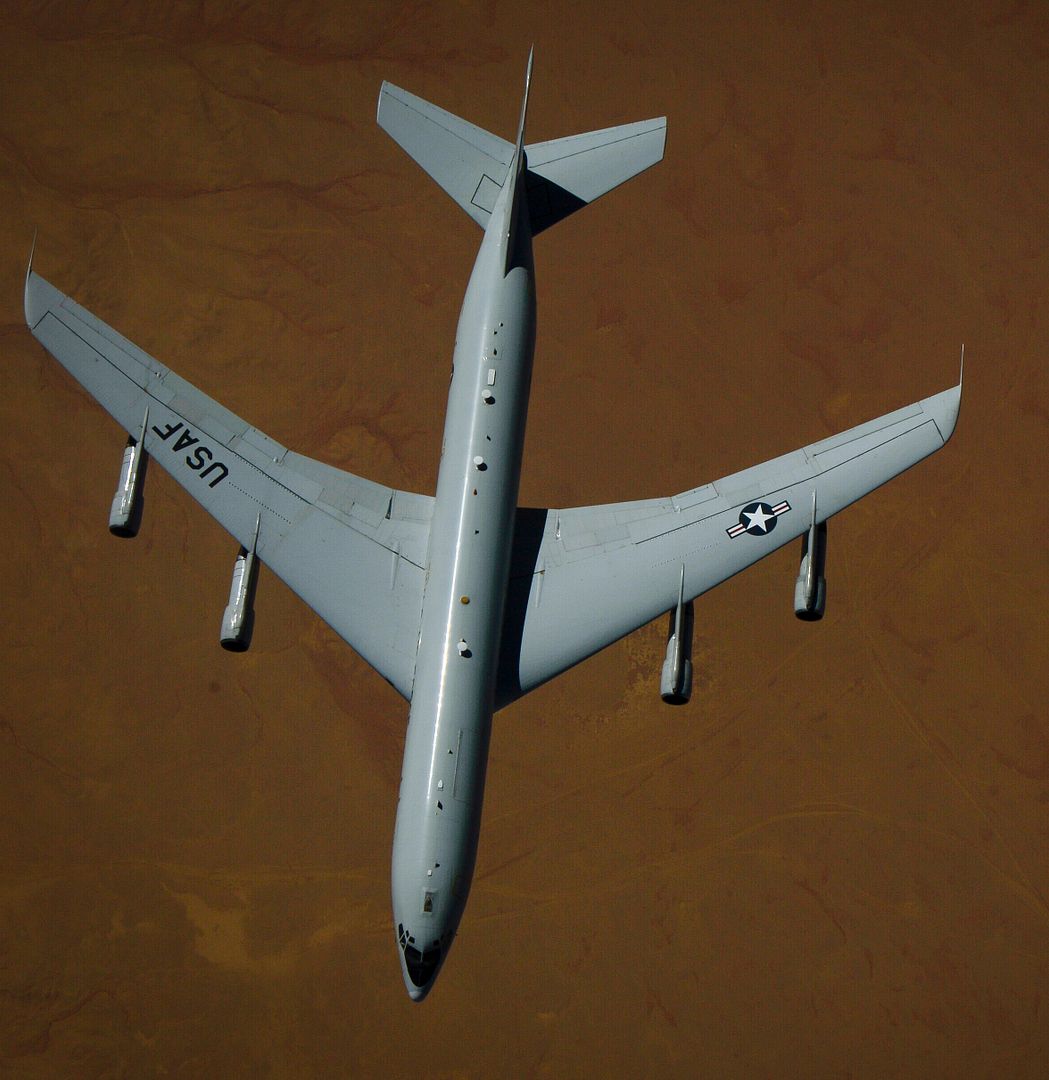
Royal Australian K-C 30A multi-purpose role tanker transport, 33rd squadron, Royal Australian Air Force Base, Amberley, Queensland, Australia taxis on the runway during Exercise Mobility Guardian, Joint Base Lewis-McChord, Wash., Aug. 2, 2017. More than 3,000 Airmen, Soldiers, Sailors, Marines and international partners converged on the state of Washington in support of Mobility Guardian. The exercise is intended to test the abilities of the Mobility Air Forces to execute rapid global mobility missions in dynamic contested environments. Mobility Guardian is Air Mobility Command's premier exercise, providing an opportunity for the Mobility Air Forces to train with joint and international partners in airlift, air refueling, aeromedical evacuation and mobility support. The exercise is designed to sharpen Airmen's skills in support of combatant commander requirements. (U.S. Air Force photo by Airman 1st Class Gracie I. Lee)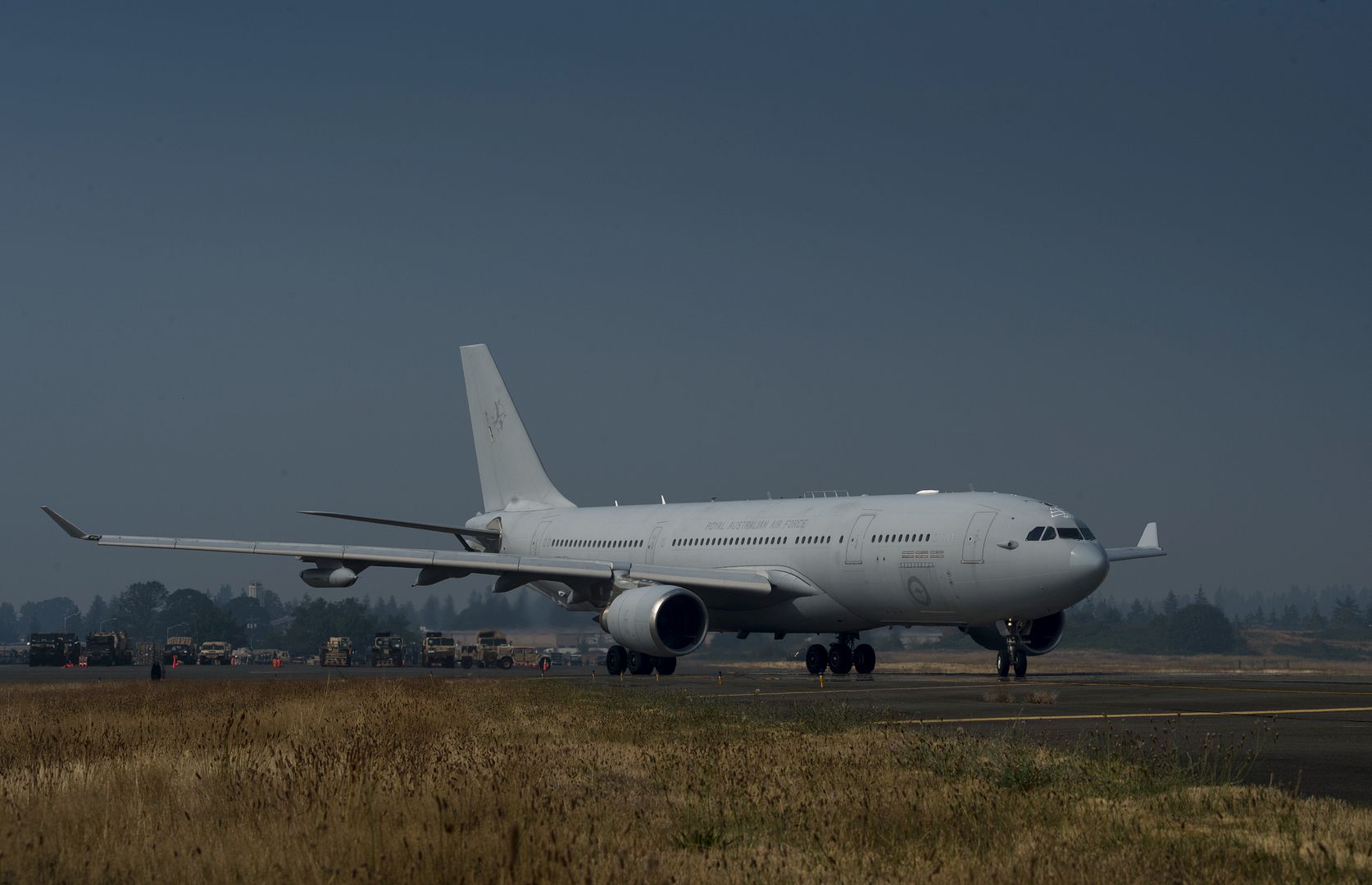
A U.S. Air Force F-15E Strike Eagle breaks off after receiving fuel from a KC-135 Stratotanker from the 349th Air Refueling Squadron, McConnell Air Force Base, Kan., during Exercise Mobility Guardian while flying over Yakima, Wash., Aug. 3, 2017. More than 3,000 Airmen, Soldiers, Sailors, Marines and international partners converged on the state of Washington in support of Mobility Guardian. The exercise is intended to test the abilities of the Mobility Air Forces to execute rapid global mobility missions in dynamic, contested environments. Mobility Guardian is Air Mobility Command's premier exercise, providing an opportunity for the Mobility Air Forces to train with joint and international partners in airlift, air refueling, aeromedical evacuation and mobility support. The exercise is designed to sharpen Airmen?s skills in support of combatant commander requirements. (U.S. Air Force photo/Senior Airman Clayton Cupit)
A Royal Air Force airman prepares an A400M Atlas for takeoff Aug. 3, 2017 at Joint Base Lewis-McChord, Wash. The A400 has been in service with the RAF since 2014. More than 3,000 Airmen, Soldiers, Sailors, Marines and international partners converged on the state of Washington in support of Mobility Guardian. The exercise is intended to test the abilities of the Mobility Air Forces to execute rapid global mobility missions in dynamic, contested environments. Mobility Guardian is Air Mobility Command's premier exercise, providing an opportunity for the Mobility Air Forces to train with joint and international partners in airlift, air refueling, aeromedical evacuation and mobility support. (U.S. Air Force photo by Airman 1st Class Erin McClellan)
STRATFORD, Conn., Aug. 3, 2017 ? Lockheed Martin (NYSE: LMT) today announced the first flight of a VH-92A configured test aircraft in support of the U.S. Marine Corps? VH-92A Presidential Helicopter Replacement Program. The July 28 flight signals the start of the 250 hour flight test program, which will take place at Lockheed Martin facilities in Owego, New York.
The aircraft achieved its first flight, and later that same day completed a second flight at Sikorsky Aircraft in Stratford, Connecticut. Total flight time for the two sorties was one hour and included hover control checks, low speed flight, and a pass of the airfield.
?This first flight of the VH-92A configured test aircraft is an important milestone for the program,? said Spencer Elani, director VH-92A program at Sikorsky. ?Having independently tested the aircraft?s components and subsystems, we are now moving forward to begin full aircraft system qualification via the flight test program.?
As the flight test program proceeds, this test aircraft (Engineering Development Model 1, or EDM-1) will be joined by an additional test aircraft (EDM-2) over the course of the 12-month flight test program. EDM-2 is on track for its first flight later this year.
The VH-92A aircraft is based on Sikorsky?s successful and FAA-certified S-92A commercial aircraft, which recently surpassed one million flight hours. The S-92A aircraft, assembled in Coatesville, Pennsylvania, is being modified to include integration of government-defined missions systems and an executive interior.
?With this successful first flight on the books, we look forward to completion of Sikorsky?s flight test program, operational testing and production of this aircraft to support the Office of the President of the United States,? said U.S. Marine Corps Col. Robert Pridgen, program manager for the Naval Air System Command?s Presidential Helicopter?s Program Office.
The U.S. Navy awarded a $1.24 billion fixed-price incentive Engineering and Manufacturing Development (EMD) contract with production options to Sikorsky on May 7, 2014. The EMD contract will produce a total of six aircraft: two test aircraft and four production aircraft. The production options for the remaining 17 aircraft will be finalized in FY19.
The VH-92A will enter into service in 2020. The VH-92A will transport the president and vice president of the United States and other officials. Sikorsky brings unmatched experience and a proven track record to this mission having flown every U.S. commander-in-chief since President Dwight D. Eisenhower. The VH-92A will continue this legacy for decades to come.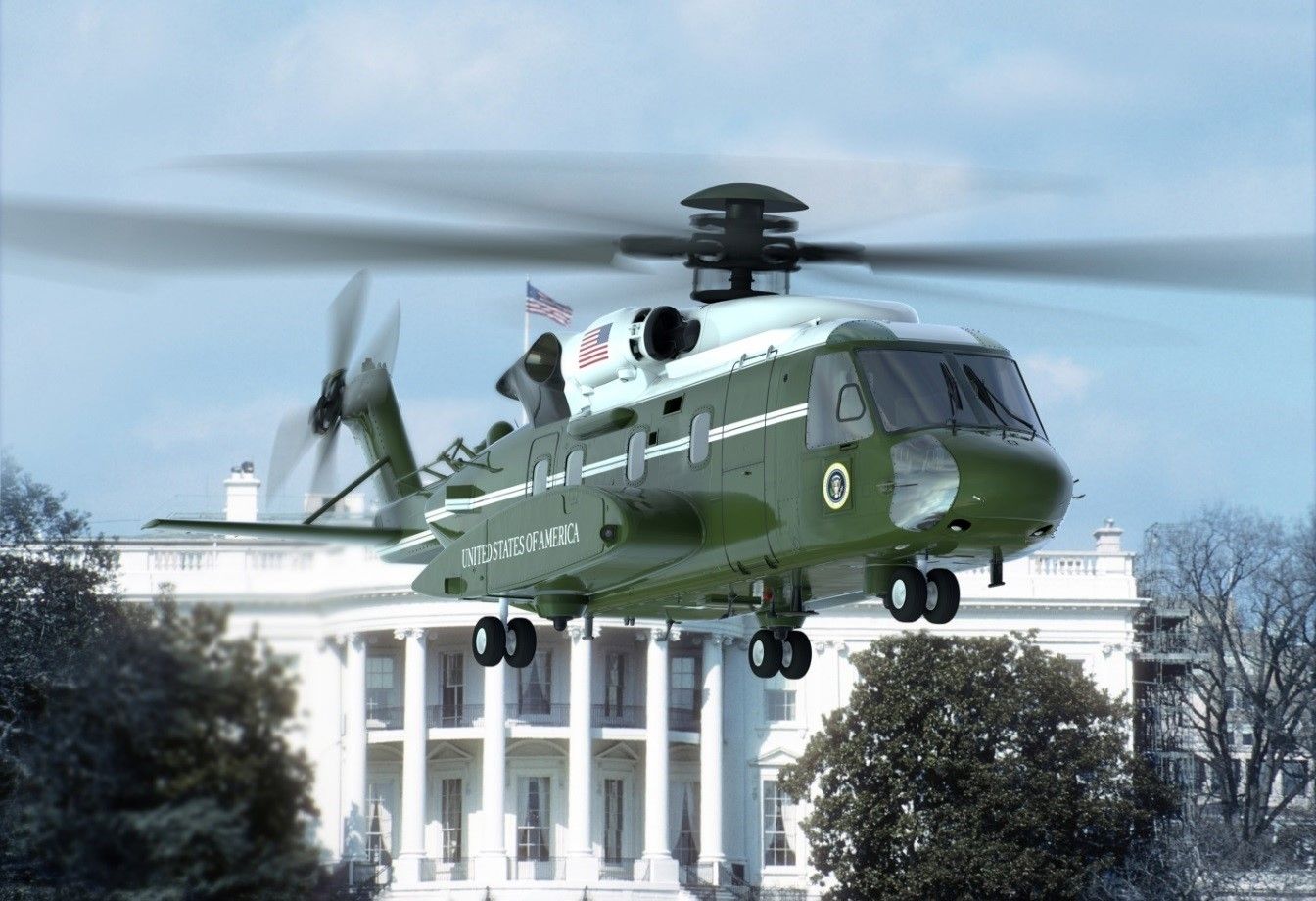
-
7 years agoMon Aug 07 2017, 04:30pm
 Main AdminA Royal Australian Air Force KC-30A Multi Role Tanker Transport sits on the flightline during Exercise Mobility Guardian at Joint Base Lewis-McChord, Wash., Aug. 5, 2017. More than 3,000 Airmen, Soldiers, Sailors, Marines and international partners converged on the state of Washington in support of Mobility Guardian. The exercise is intended to test the abilities of the Mobility Air Forces to execute rapid global mobility missions in dynamic, contested environments. Mobility Guardian is Air Mobility Command's premier exercise, providing an opportunity for the Mobility Air Forces to train with joint and international partners in airlift, air refueling, aeromedical evacuation and mobility support. The exercise is designed to sharpen Airmen?s skills in support of combatant commander requirements. (U.S. Air Force photo/Senior Airman Clayton Cupit)
Main AdminA Royal Australian Air Force KC-30A Multi Role Tanker Transport sits on the flightline during Exercise Mobility Guardian at Joint Base Lewis-McChord, Wash., Aug. 5, 2017. More than 3,000 Airmen, Soldiers, Sailors, Marines and international partners converged on the state of Washington in support of Mobility Guardian. The exercise is intended to test the abilities of the Mobility Air Forces to execute rapid global mobility missions in dynamic, contested environments. Mobility Guardian is Air Mobility Command's premier exercise, providing an opportunity for the Mobility Air Forces to train with joint and international partners in airlift, air refueling, aeromedical evacuation and mobility support. The exercise is designed to sharpen Airmen?s skills in support of combatant commander requirements. (U.S. Air Force photo/Senior Airman Clayton Cupit)
A U.S. Air Force C-17 Globemaster III takes off after off loading cargo at Yakima Air Terminal - McAllister Field, Wash., during Exercise Mobility Guardian, Aug. 4, 2017. More than 3,000 Airmen, Soldiers, Sailors, Marines and international partners converged on the state of Washington in support of Mobility Guardian. The exercise is intended to test the abilities of the Mobility Air Forces to execute rapid global mobility missions in dynamic, contested environments. Mobility Guardian is Air Mobility Command's premier exercise, providing an opportunity for the Mobility Air Forces to train with joint and international partners in airlift, air refueling, aeromedical evacuation and mobility support. The exercise is designed to sharpen Airmen?s skills in support of combatant commander requirements. (US Air Force photo by Tech. Sgt. Jared Becker)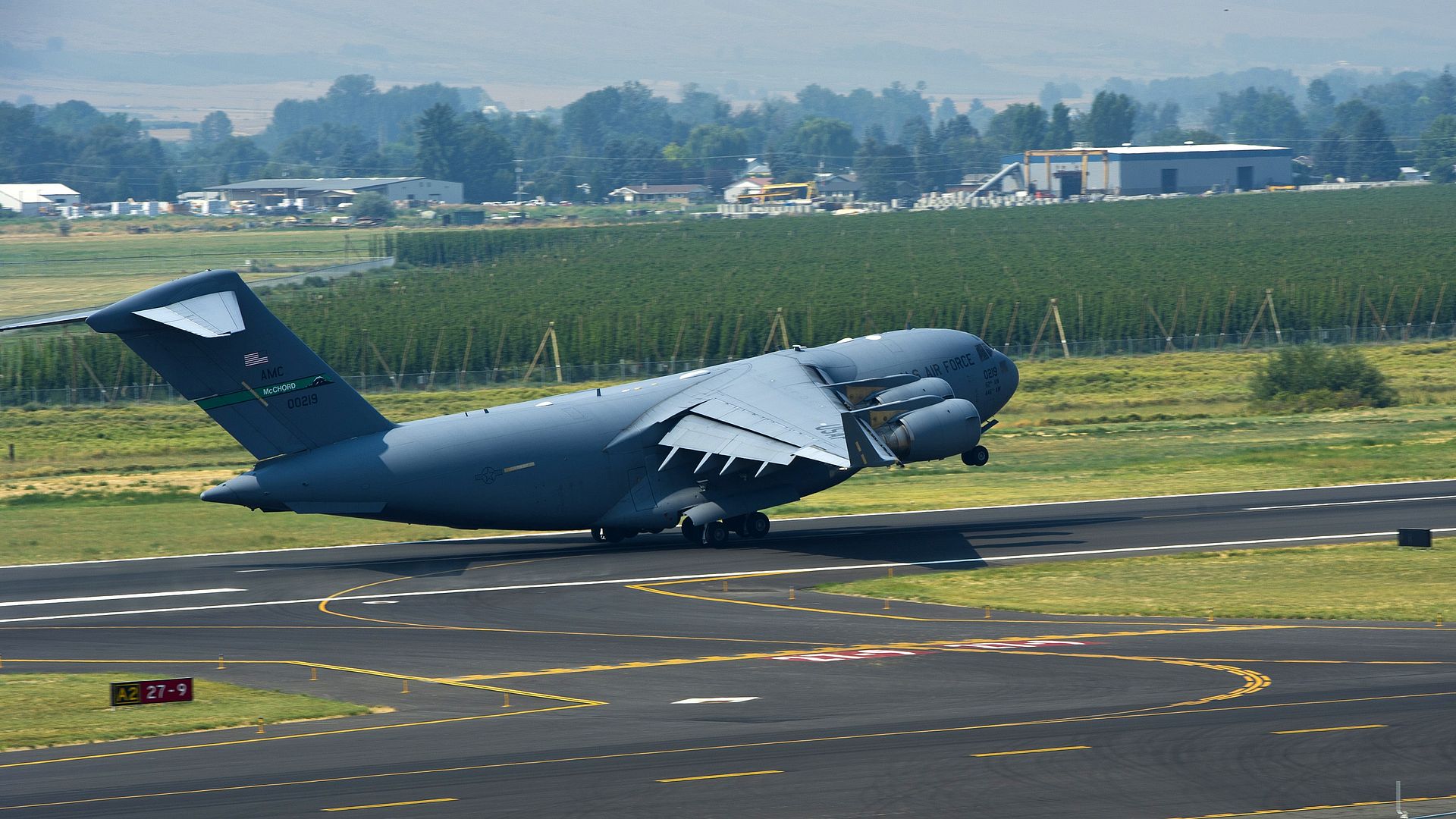
WASHINGTON (AFNS) -- The Air Force awarded a Boeing contract modification Aug. 4, 2017, to purchase two commercial 747-8 aircraft for future modification to replace the two aging VC-25A Boeing 747-200 presidential support aircraft.
This contract modification follows a set of awards in 2016 for risk reduction activities. The Air Force has already requested Boeing to provide proposals to design, modify, test and field two Presidential mission-ready aircraft. These efforts will be awarded via future contract modifications. The program expects to begin aircraft modifications in 2019 and reach initial operational capability in 2024.
"This award is a significant step toward ensuring an overall affordable program," said Ms. Darlene Costello, the principal deputy assistant secretary of the Air Force for acquisition. "As we move forward, we will continue to seek and implement cost savings opportunities."
These aircraft will start providing worldwide presidential airlift support in 2024, after a series of modifications and tests. Boeing will modify their Federal Aviation Administration-certified commercial 747-8 aircraft to meet presidential operational requirements to help ensure an affordable program.
In March 2017, following a series of requirements reviews, the White House reaffirmed the minimum set of requirements necessary to meet presidential mission needs. The modifications to the aircraft will include incorporating a mission communications system, electrical power upgrades, a medical facility, an executive interior, a self-defense system and autonomous ground operations capabilities.
"Purchasing these aircraft is a huge step toward replacing the aging VC-25As," said Maj. Gen. Duke Richardson, the Presidential Airlift Recapitalization program executive officer. "This award keeps us on track to modify and test the aircraft to become presidential mission-ready by 2024."
Since the aircraft were purchased through commercial contracting procedures, price and other related details are commercial-competition sensitive, meaning the negotiated price paid is not releasable. However, the price will be part of the overall program cost baseline once set and will be released in accordance with the contract publication requirements.
Two Romanian air force Mikoyan-Gurevich MiG-21 aircraft fly in formation during an air show at Campia Turzii, Romania, July 29, 2017. The air show featured Florida and Louisiana Air National Guard F-15 Eagles, Romanian Mig-21 jet aircraft, IAR 330 helicopters, F-16 Fighting Falcons, tanks, and Humvee's. (U.S. Air Force photo by Staff Sgt. Jonathan Snyder)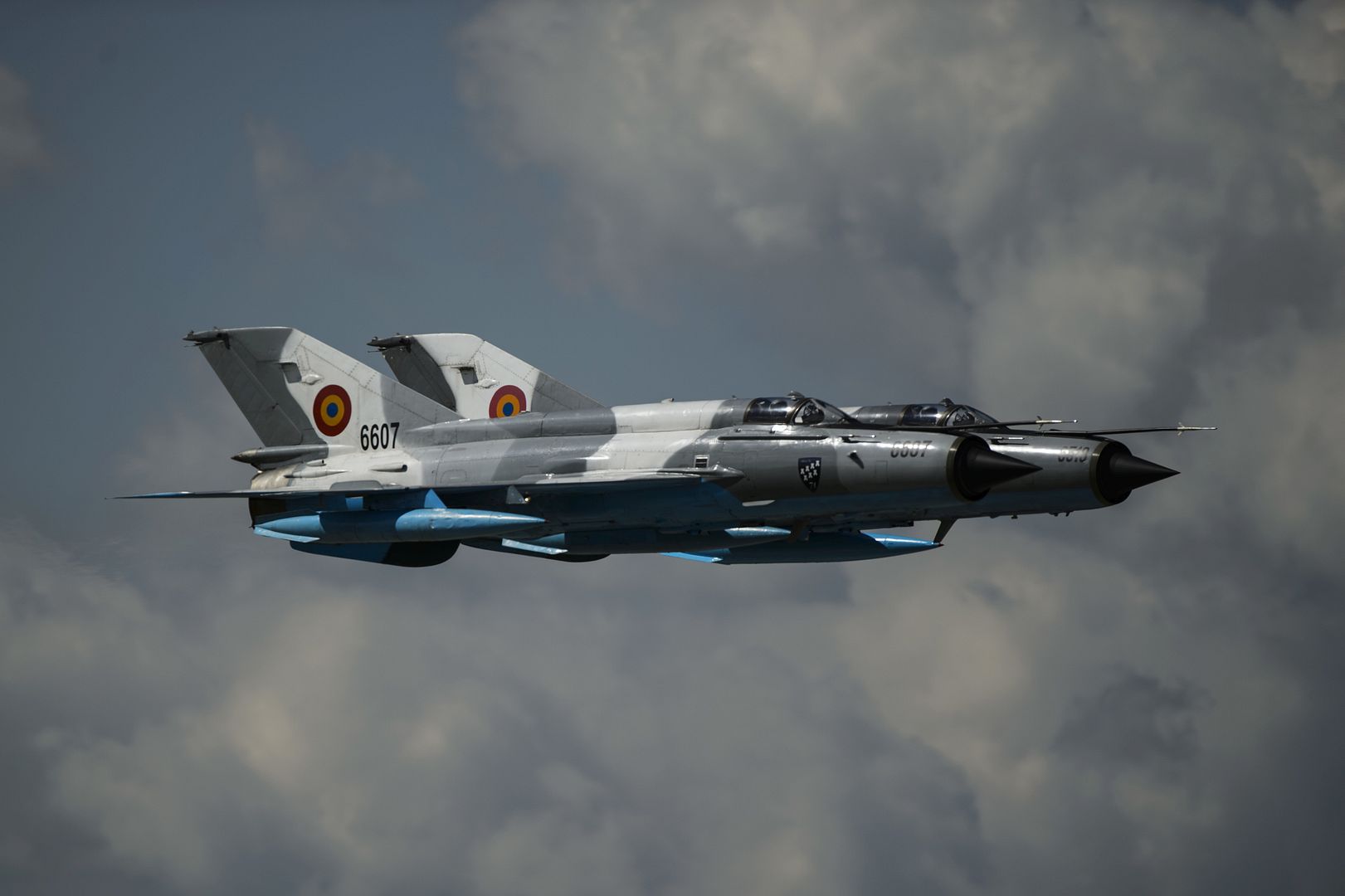
A Romanian air force Mikoyan-Gurevich MiG-21 aircraft, fly's over head during an air show at Campia Turzii, Romania, July 29, 2017. The air show featured Florida and Louisiana Air National Guard F-15 Eagles, Romanian Mig-21 jet aircraft, IAR 330 helicopters, F-16 Fighting Falcons, tanks, and Humvee's. (U.S. Air Force photo by Staff Sgt. Jonathan Snyder)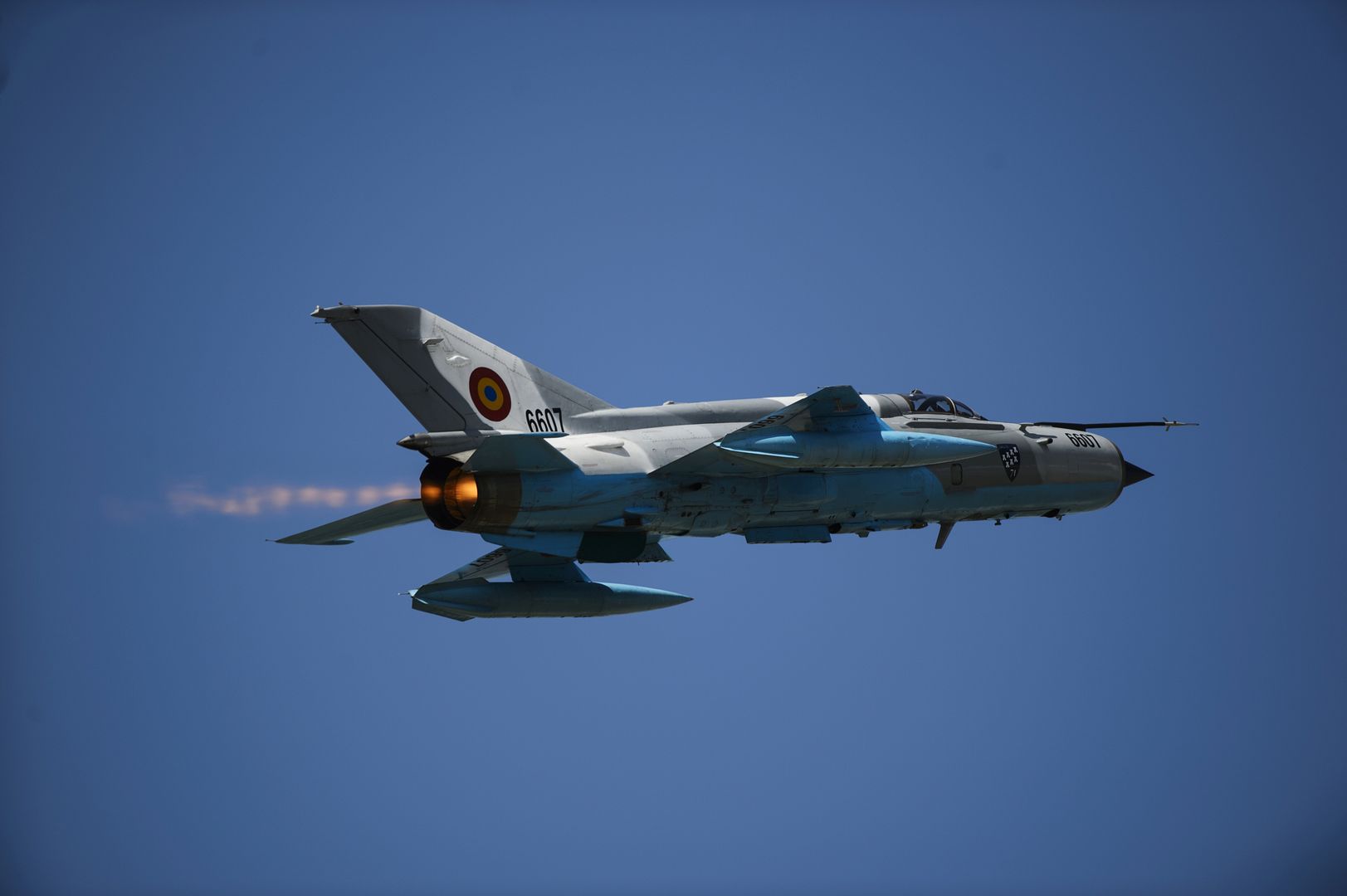
An F-15 Eagle, 159th Expeditionary Fighter Squadron, fly's over head while a Romanian air force Mikoyan-Gurevich MiG-21 aircraft taxi's during an air show at Campia Turzii, Romania, July 29, 2017. The air show featured Florida and Louisiana Air National Guard F-15 Eagles, Romanian Mig-21 jet aircraft, IAR 330 helicopters, F-16 Fighting Falcons, tanks, and Humvee's. (U.S. Air Force photo by Staff Sgt. Jonathan Snyder)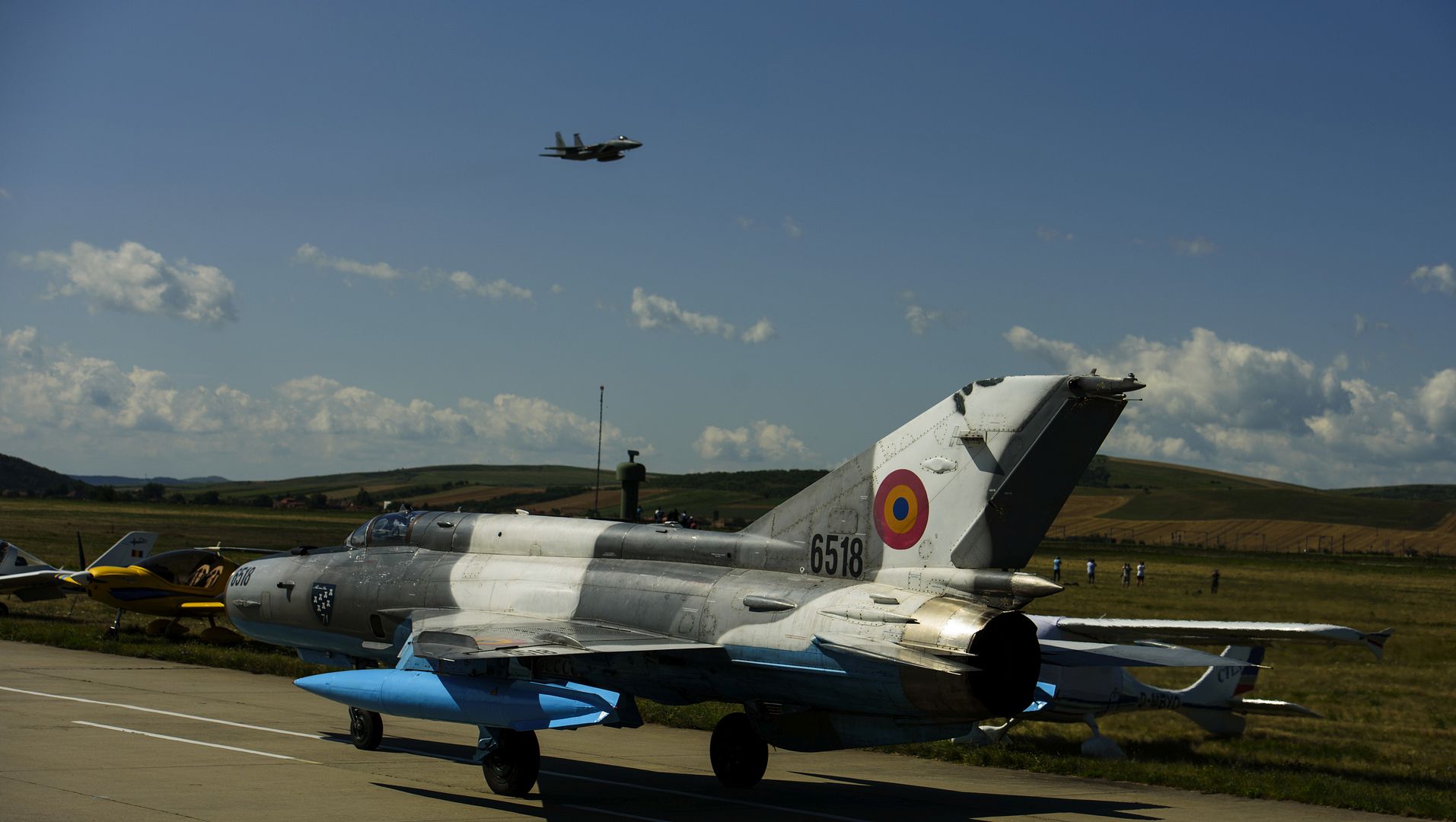
A Romanian air force F-16 Fighting Falcon, fly's over head during an air show at Campia Turzii, Romania, July 29, 2017. The air show featured Florida and Louisiana Air National Guard F-15 Eagles, Romanian Mig-21 jet aircraft, IAR 330 helicopters, F-16 Fighting Falcons, tanks, and Humvee's. (U.S. Air Force photo by Staff Sgt. Jonathan Snyder)
Post a reply
- Go to Previous topic
- Go to Next topic
- Go to Welcome
- Go to Introduce Yourself
- Go to General Discussion
- Go to Screenshots, Images and Videos
- Go to Off topic
- Go to Works in Progress
- Go to Skinning Tips / Tutorials
- Go to Skin Requests
- Go to IJAAF Library
- Go to Luftwaffe Library
- Go to RAF Library
- Go to USAAF / USN Library
- Go to Misc Library
- Go to The Ops Room
- Go to Made in Germany
- Go to Campaigns and Missions
- Go to Works in Progress
- Go to Juri's Air-Raid Shelter
- Go to Campaigns and Missions
- Go to Works in Progress
- Go to Skinpacks
- Go to External Projects Discussion
- Go to Books & Resources
